Dallas is the 9th largest city in the United States by population (1,258,000) and is the largest city of the Dallas-Fort Worth Combined Statistical Area in North Texas (the 7th largest in the United States).
Dallas' Fair Park is located two miles East of downtown and has been the site of the State Fair of Texas since 1886; it is also used for other festivals and events and features several year-round attractions. Architecturally, the 277 acre park is best known as the site of the 1936 Texas Centennial Exposition, which left a collection of Art Deco buildings and murals that remain the prominent feature of the park. Some were meant to be permanent and others temporary; restorations of both have been necessary after years of heavy use. This thread will focus on many of these Art Deco features.
Parry Avenue Gate:
This was the largest entrance for the Texas Centennial Exposition, located at the end of a streetcar line. Several years ago a modern platform for the DART light rail's Green Line was built to re-establish service to the park adjacent to the gate.
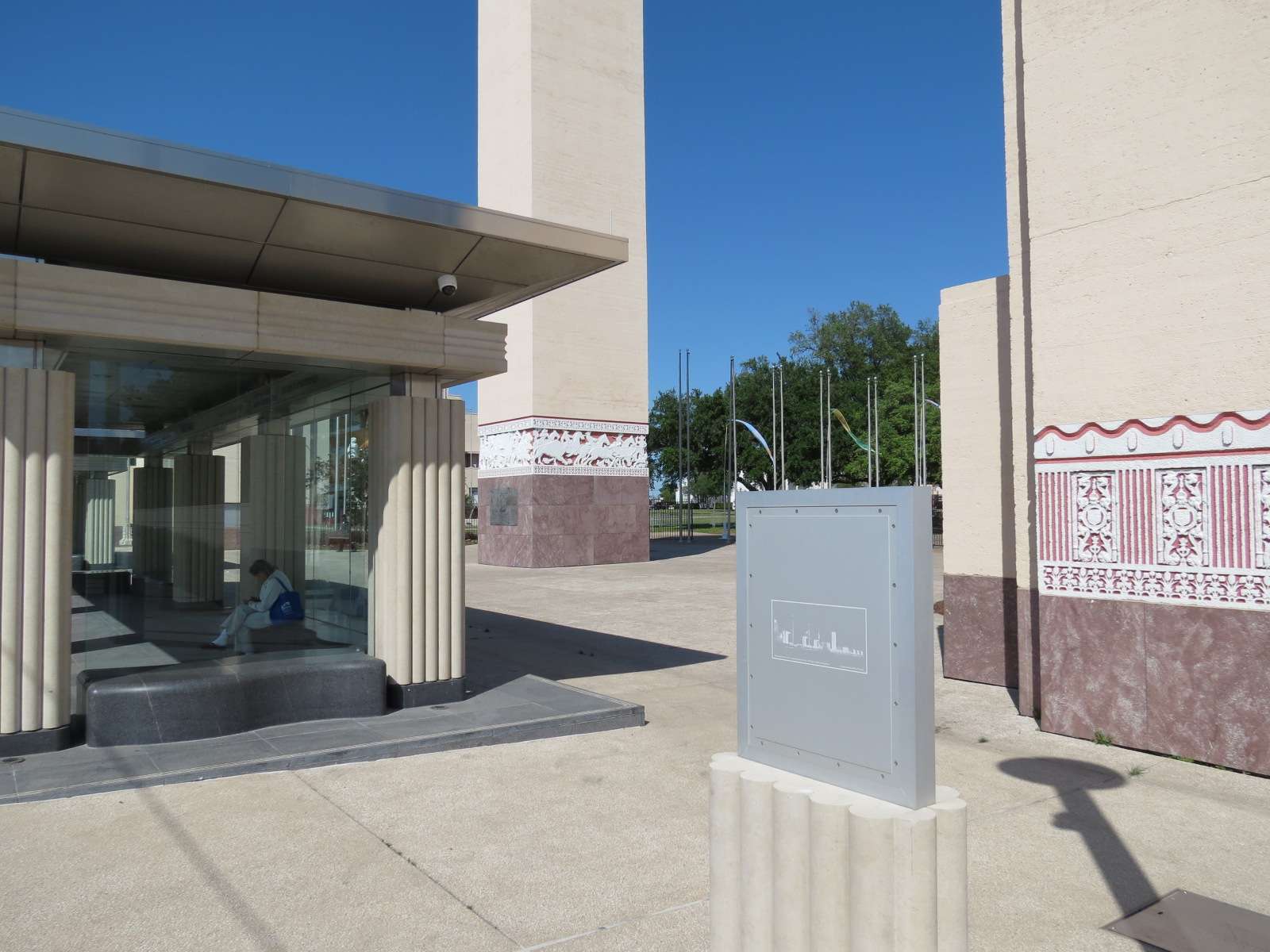
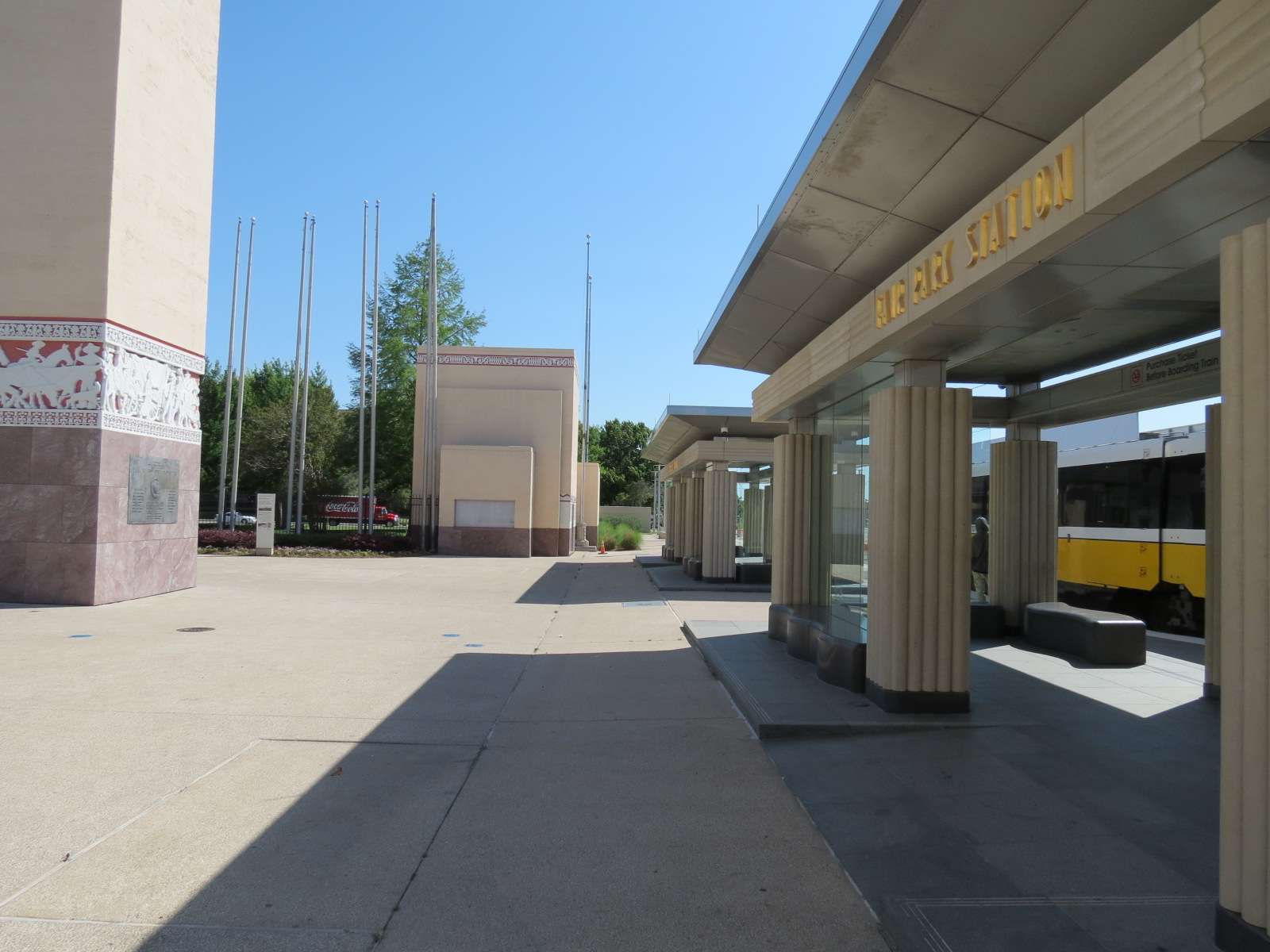

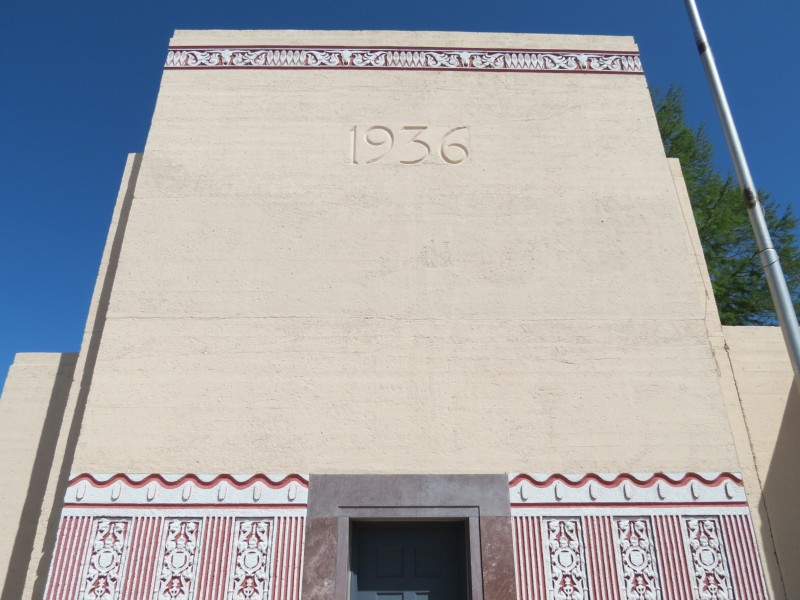
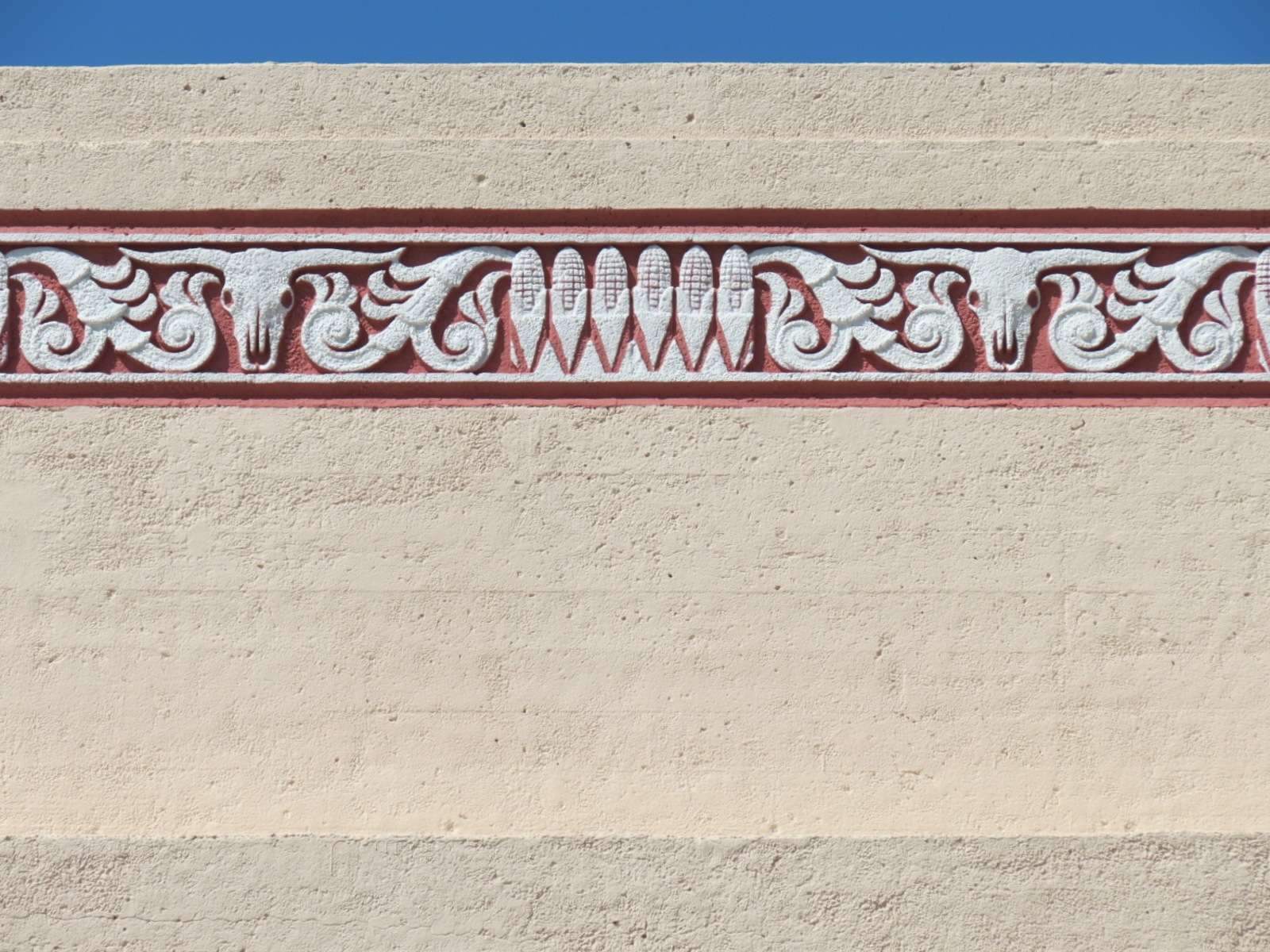
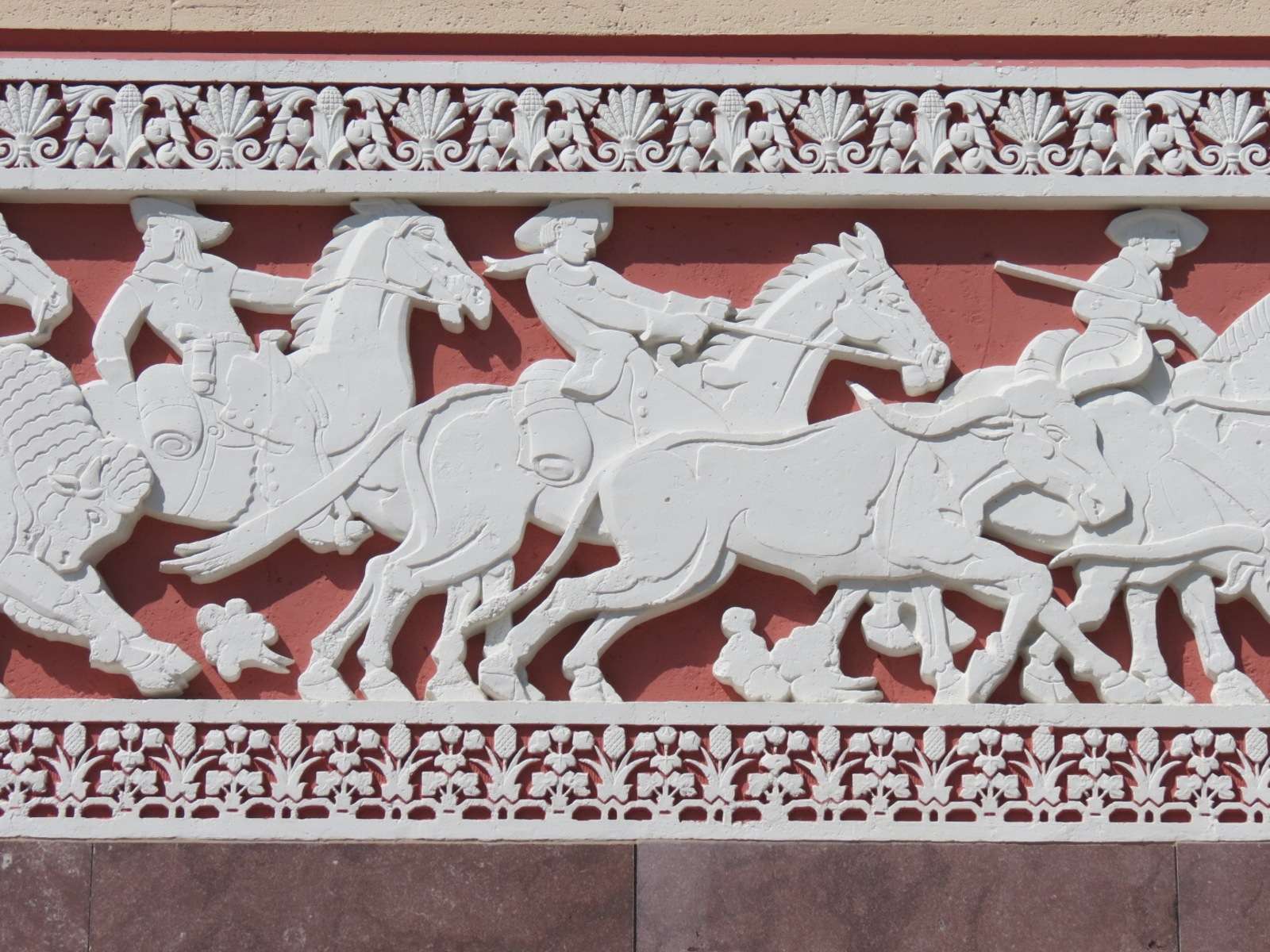

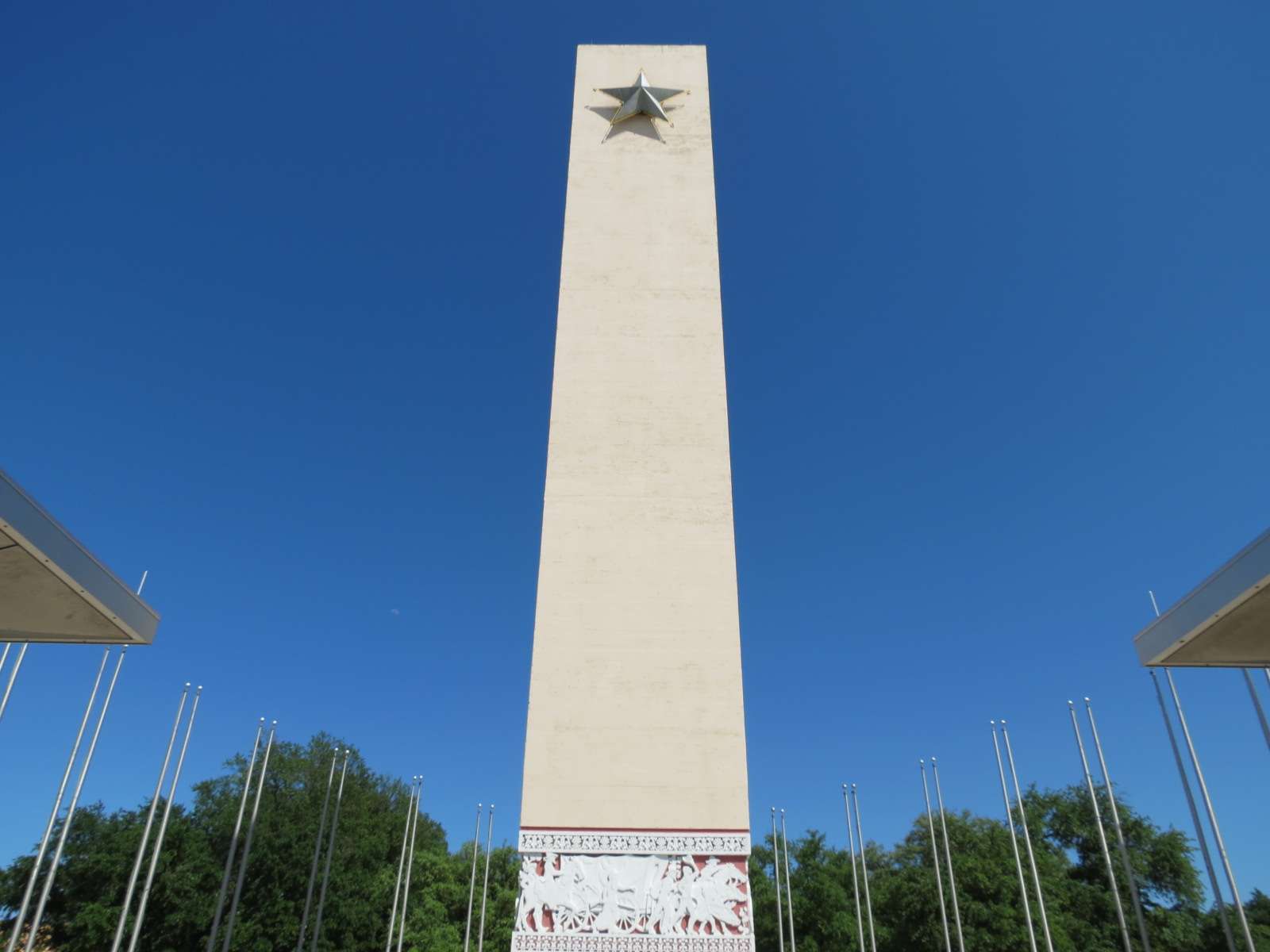
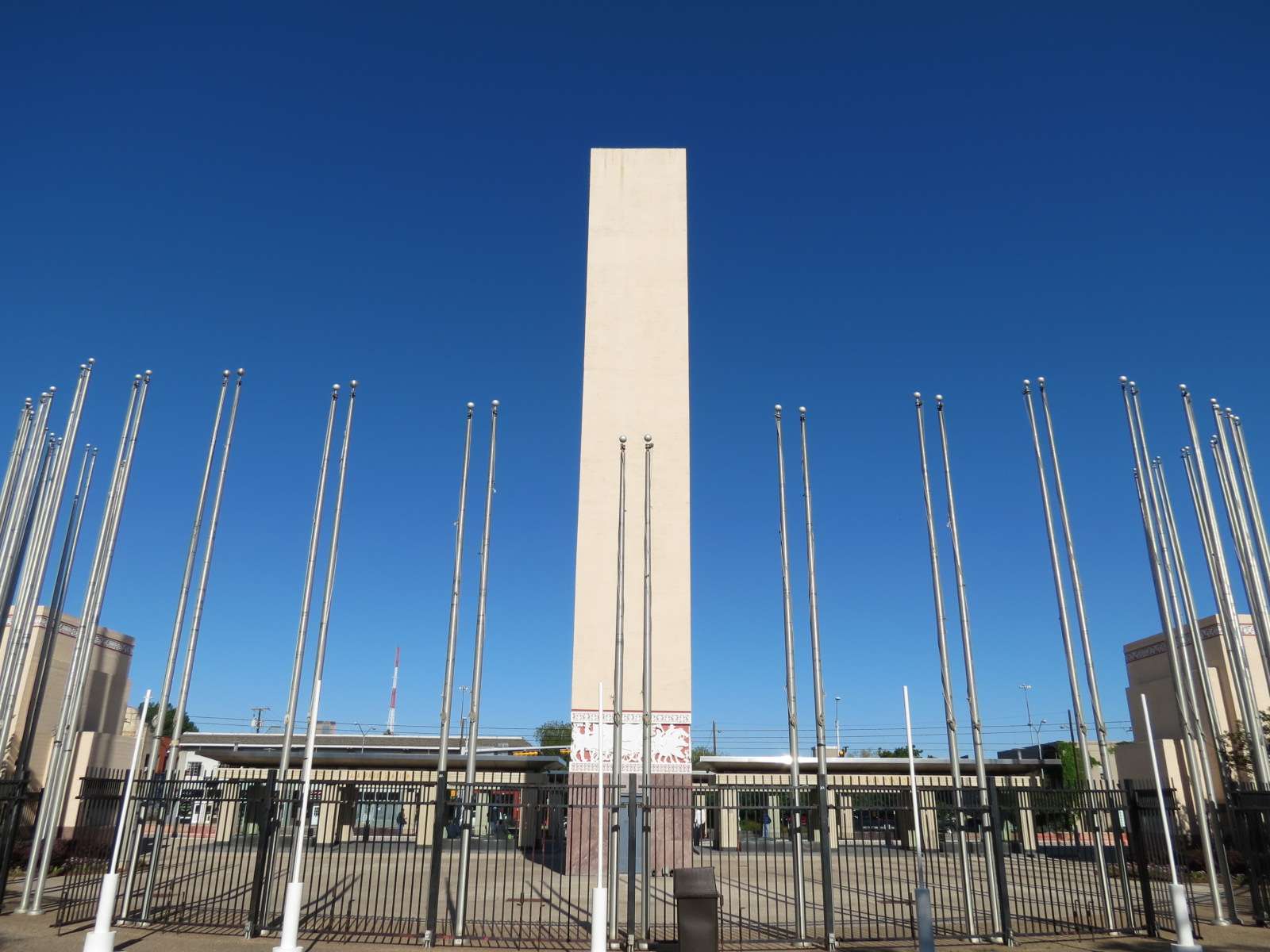
Administration Building:
This is not the current administration building for the park, but it was for the 1936 event when it received its Art Deco facade in front of the earlier 1910 coliseum building behind the facade. From 2000 to 2011 it housed The Women's Museum, now closed (which is typical of the park's struggle to maintain year-round tenants).
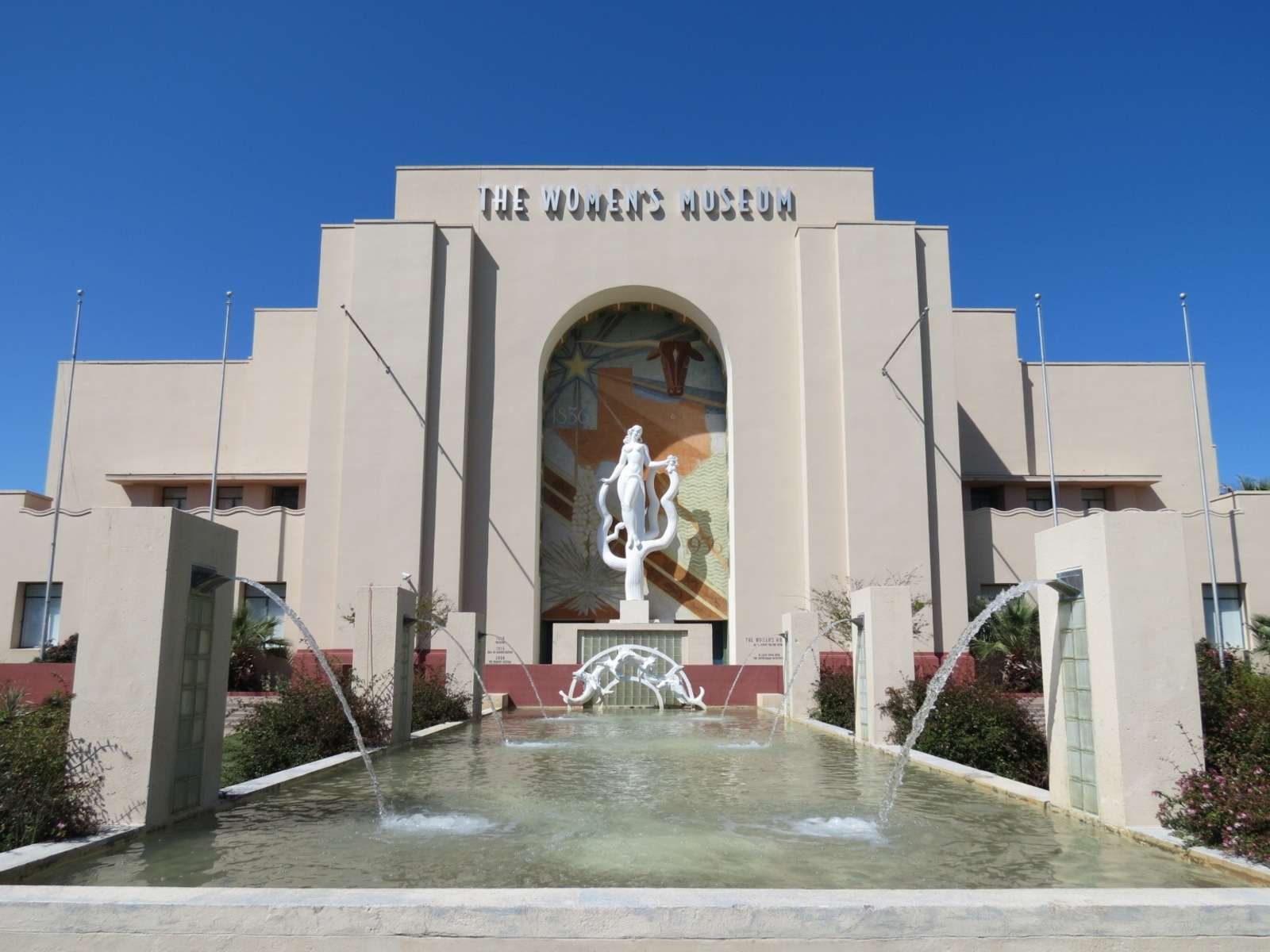

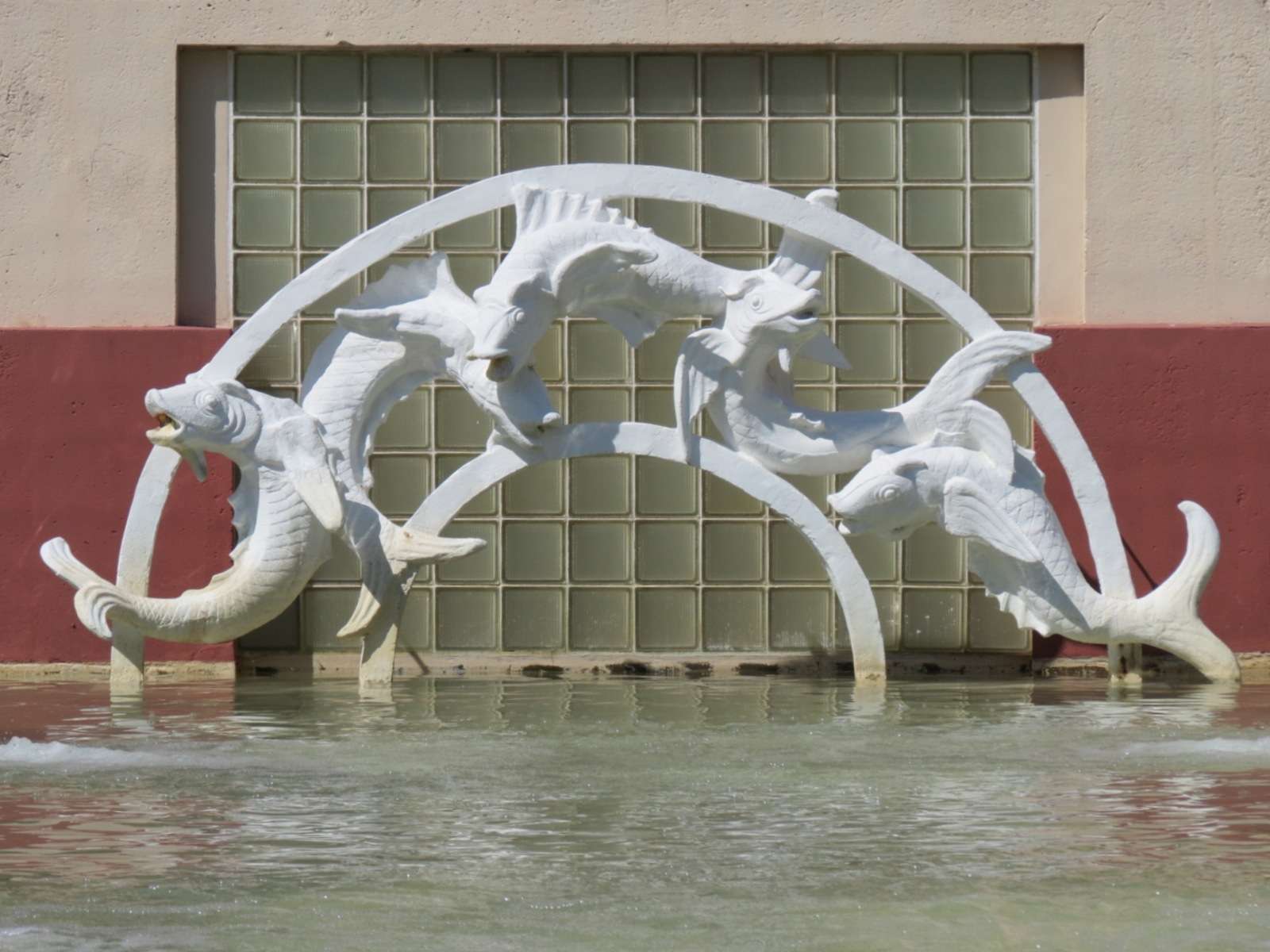
The Esplanade:
The Parry Avenue Gate is one end of a grand axis on the West side of the park; the Administration Building pictured above is near that end of the axis but there is no mirrored equivalent to it on the other side. The rest of the axis is formally symmetrical, with its core composed of a long shallow pool with walkways on both sides. The pool features sculptural water features on both ends while most of its length has an impressive pattern of vertical water jets (not operating the day of my visit). Each long side of the axis is occupied by an exhibition building, still used during the fair; one is Centennial Hall and the other is the Automobile Building. Both have identical facades added in 1936 to older buildings (although the Automobile Building facades are a recreation built in 1985 to replace those that burned in 1942). Each has three identical porticos fronted by similar statues and sheltering pairs of large murals. The six total porticos each represent the six national flags that have flown over Texas.
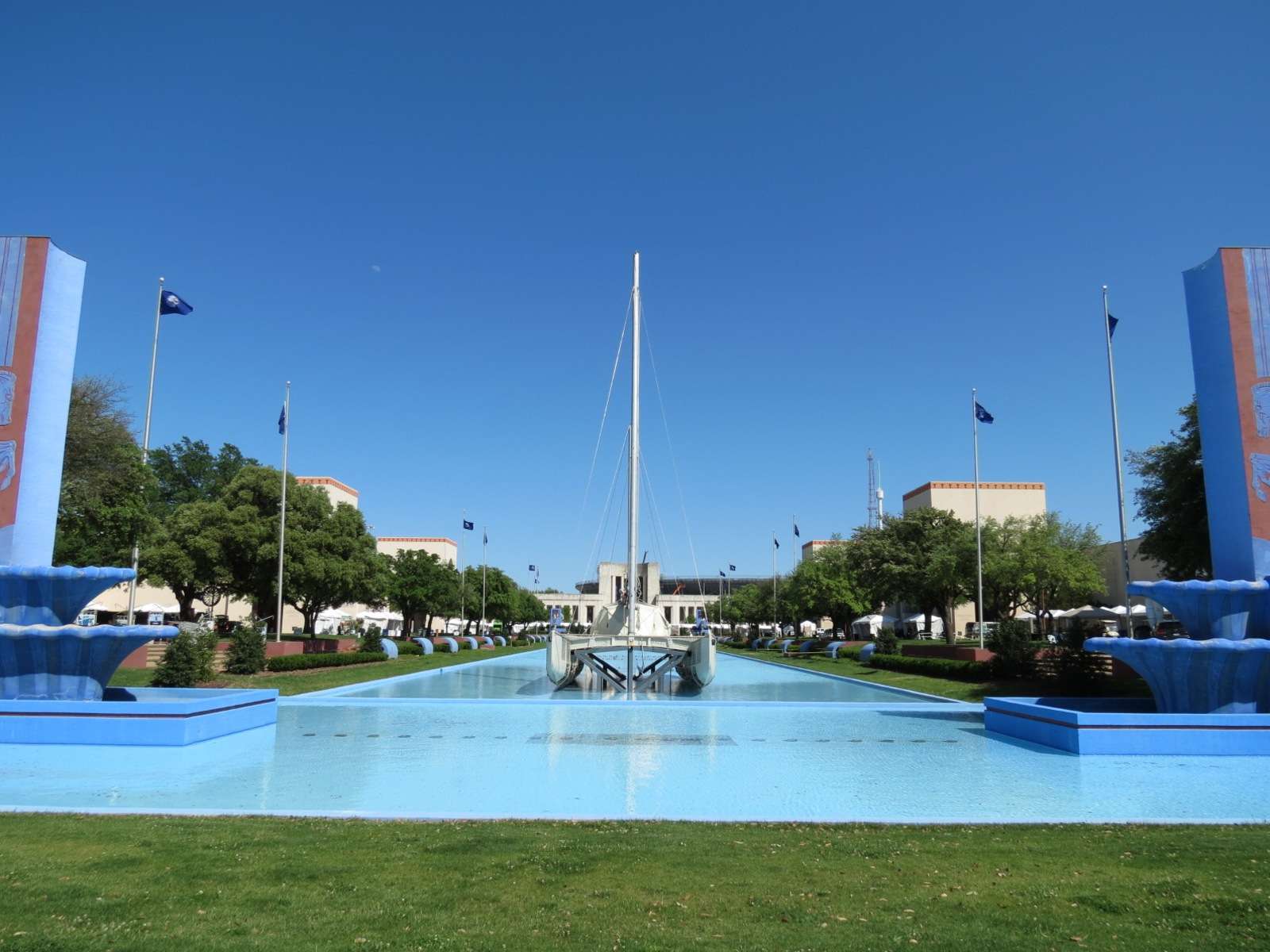
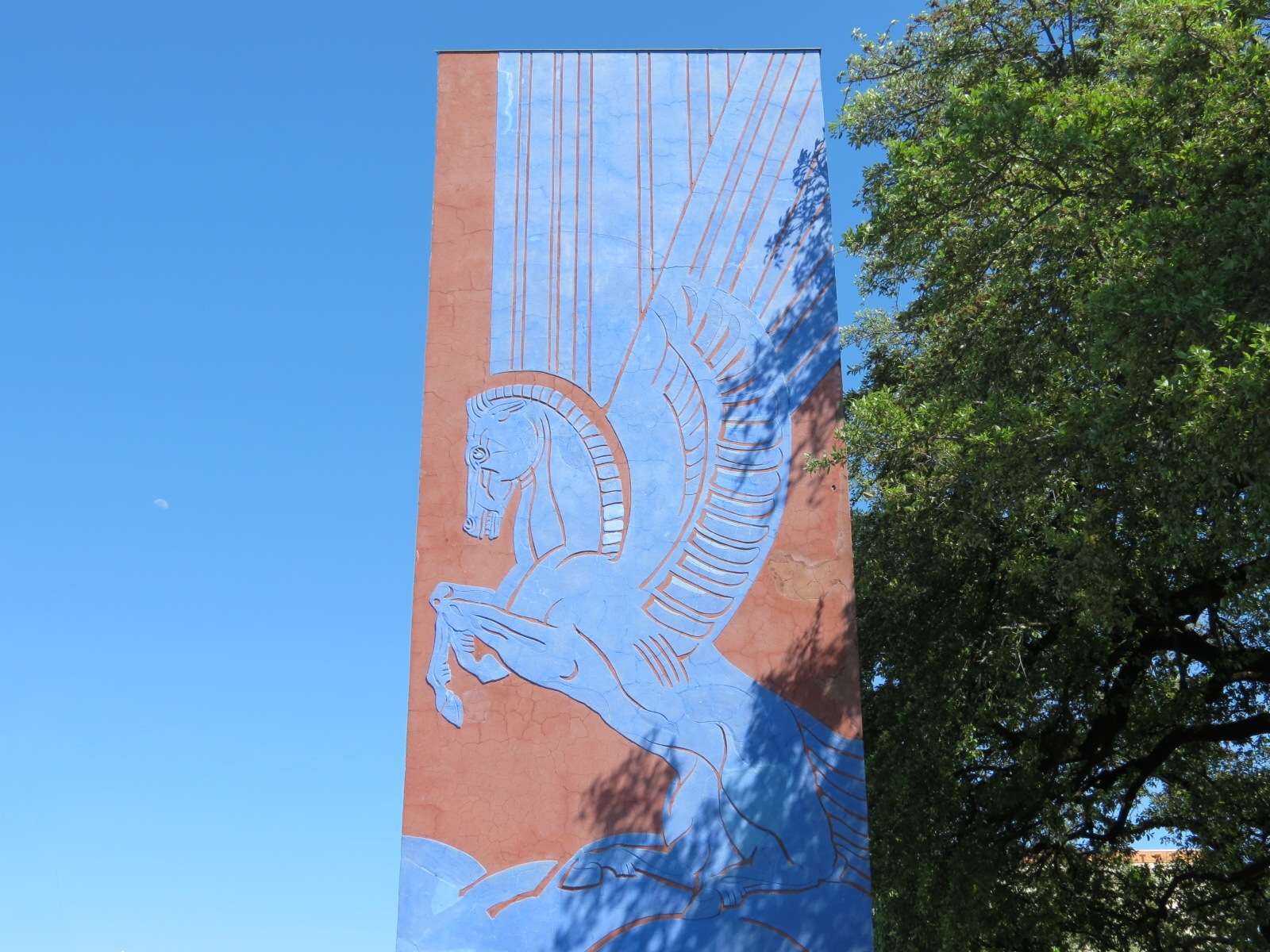

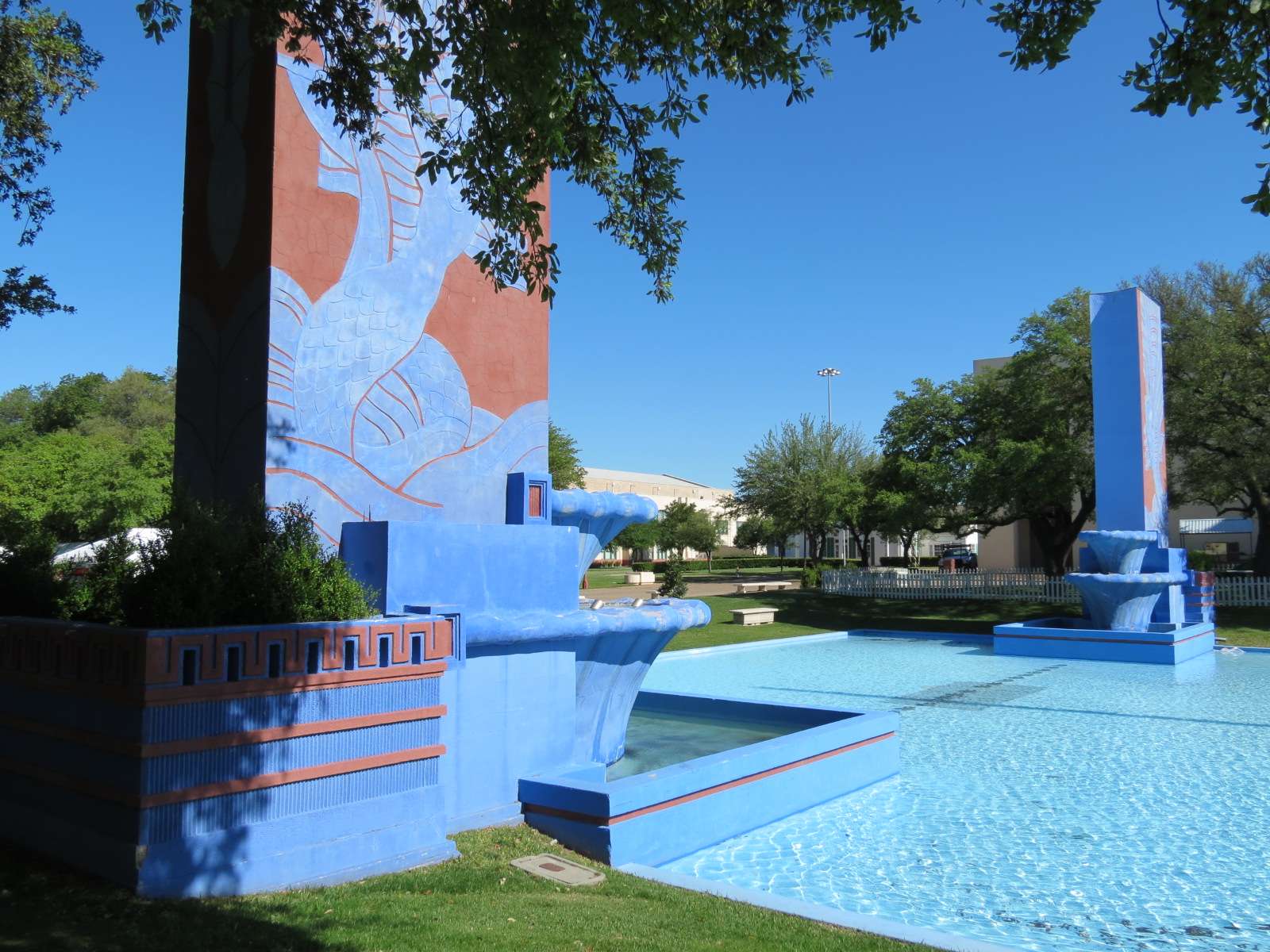
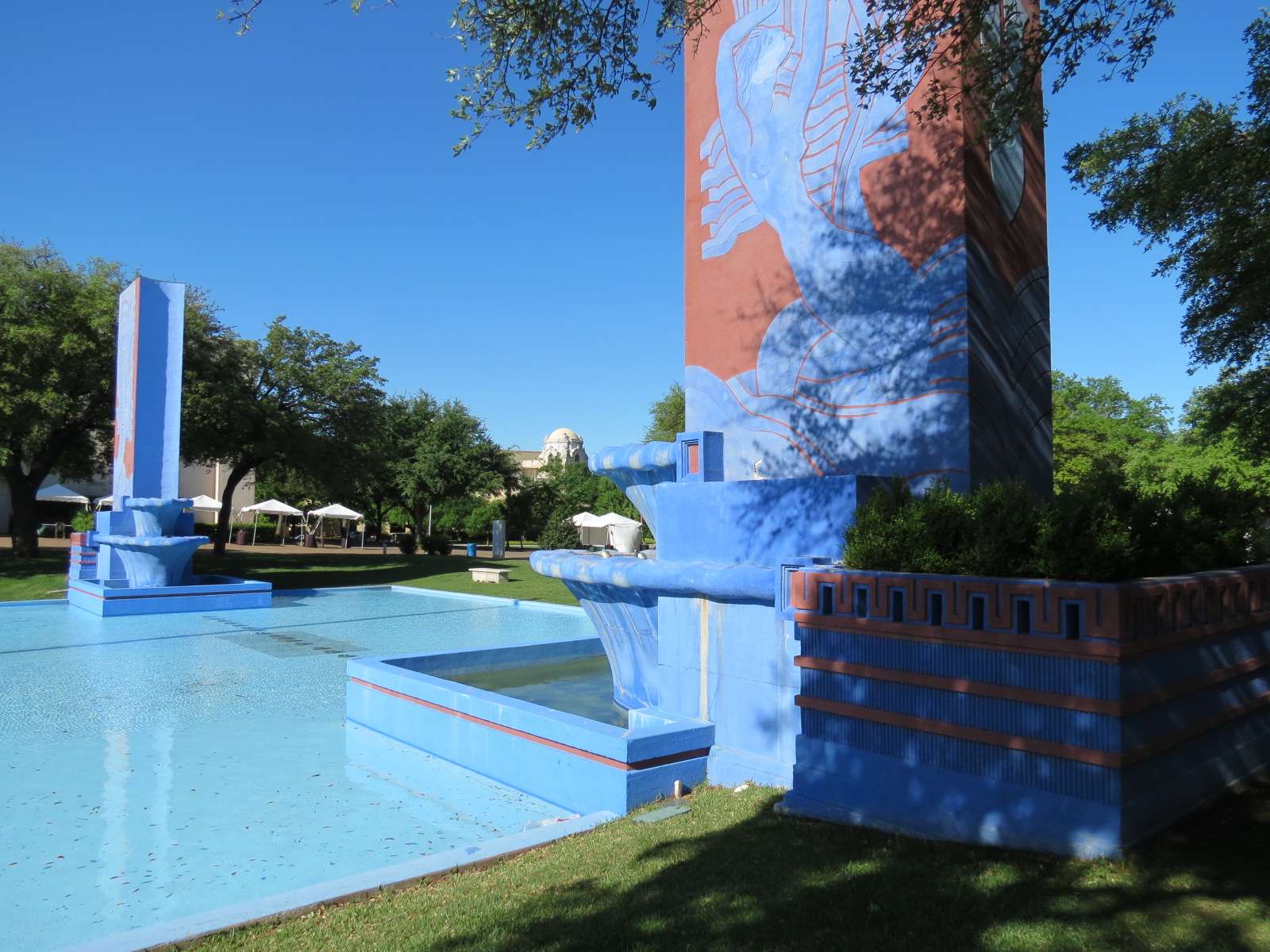
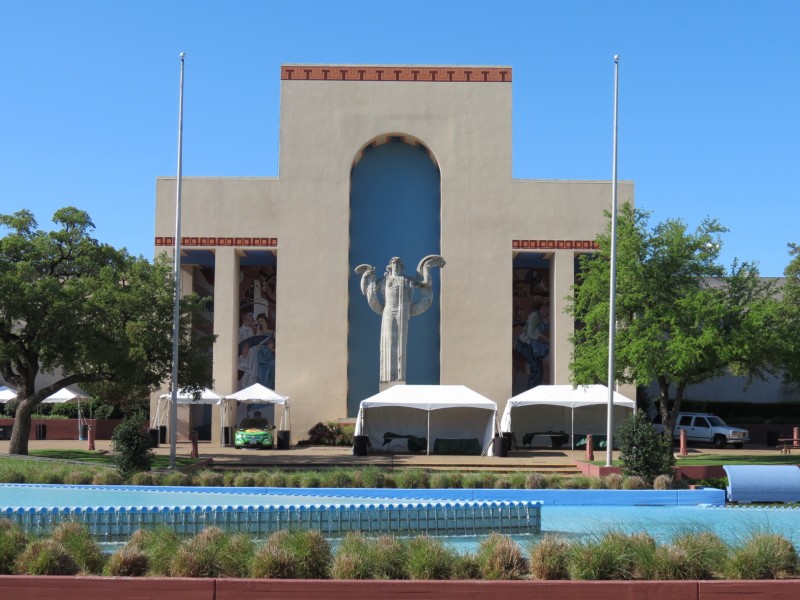

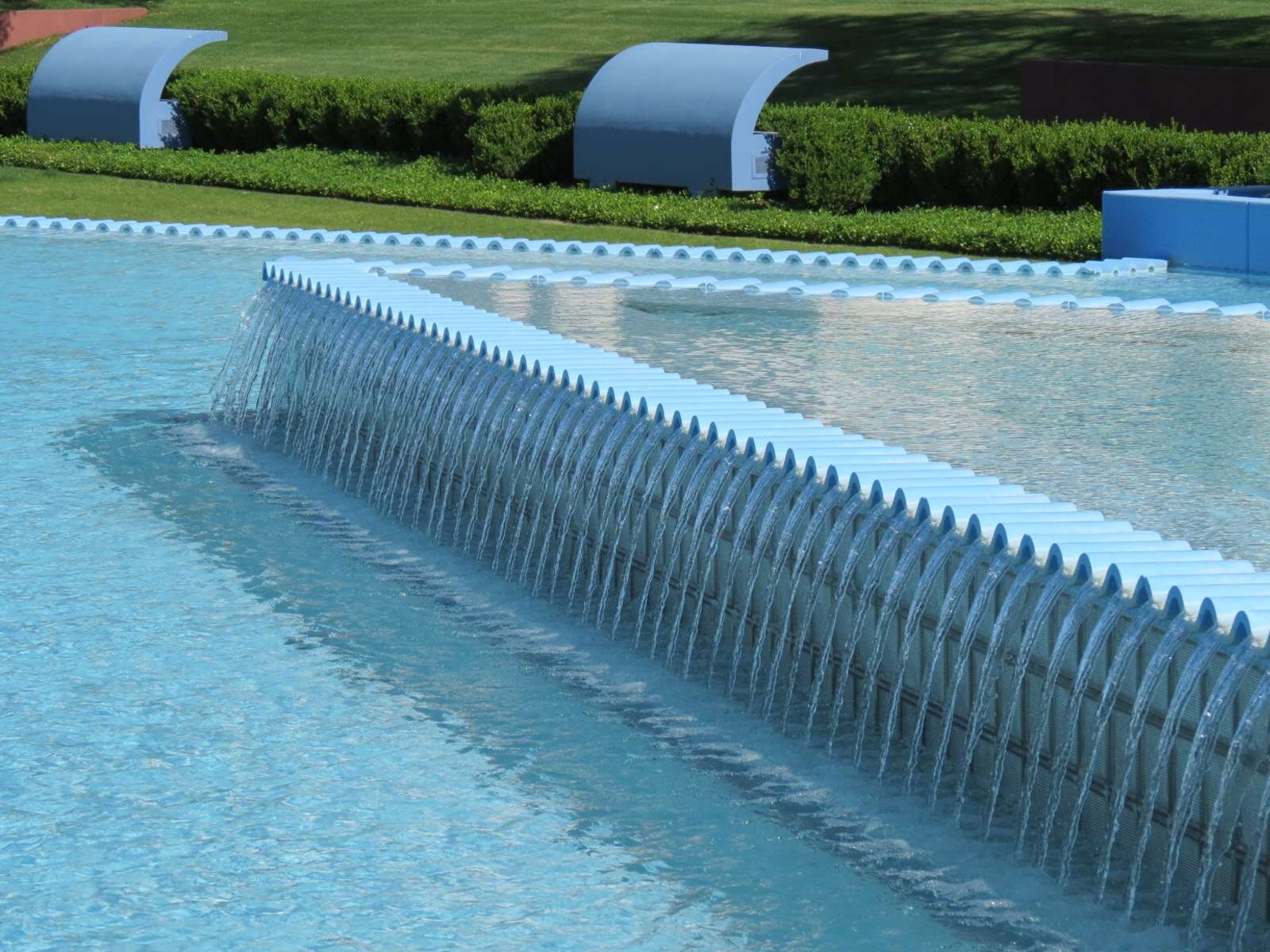
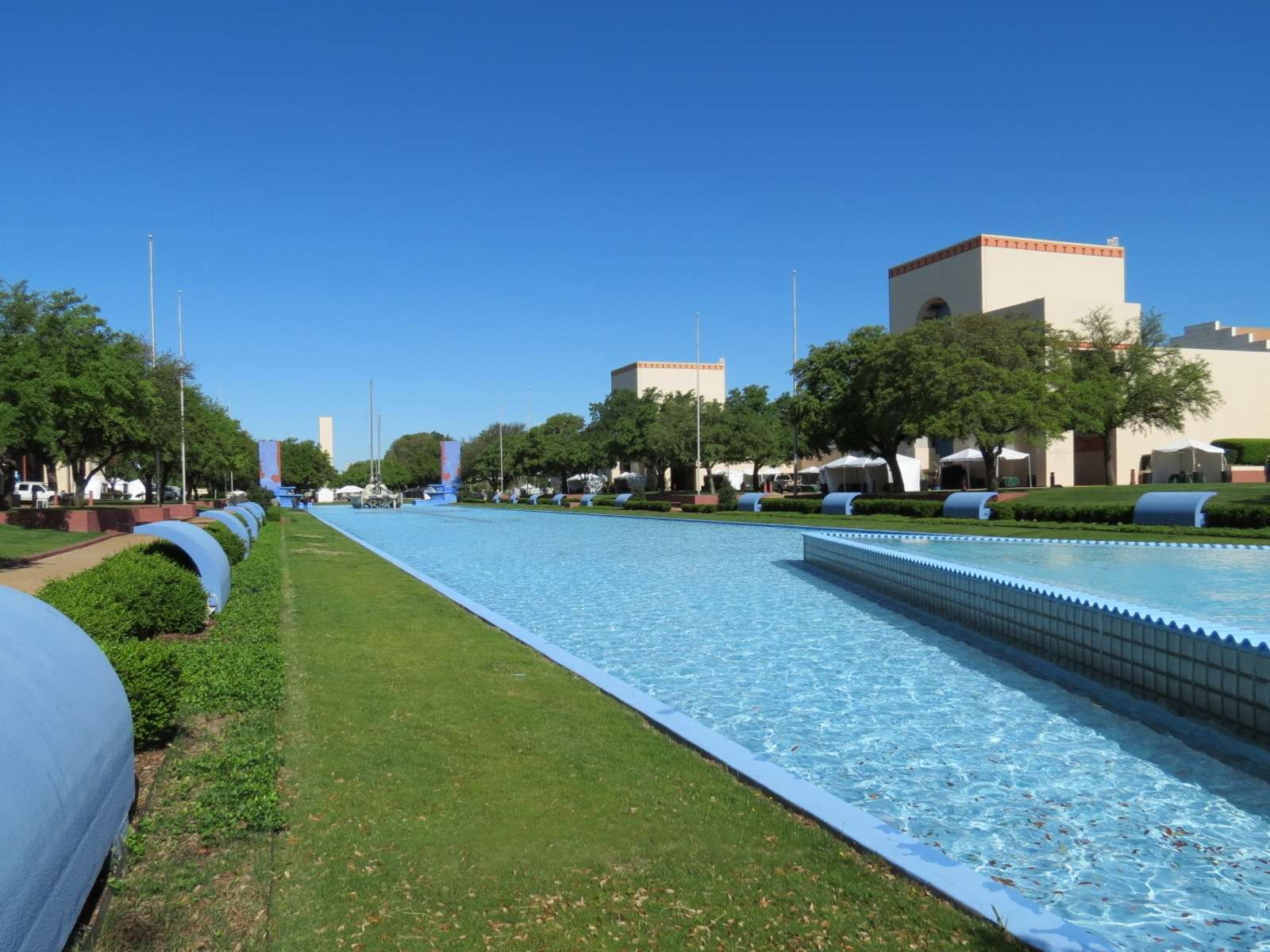
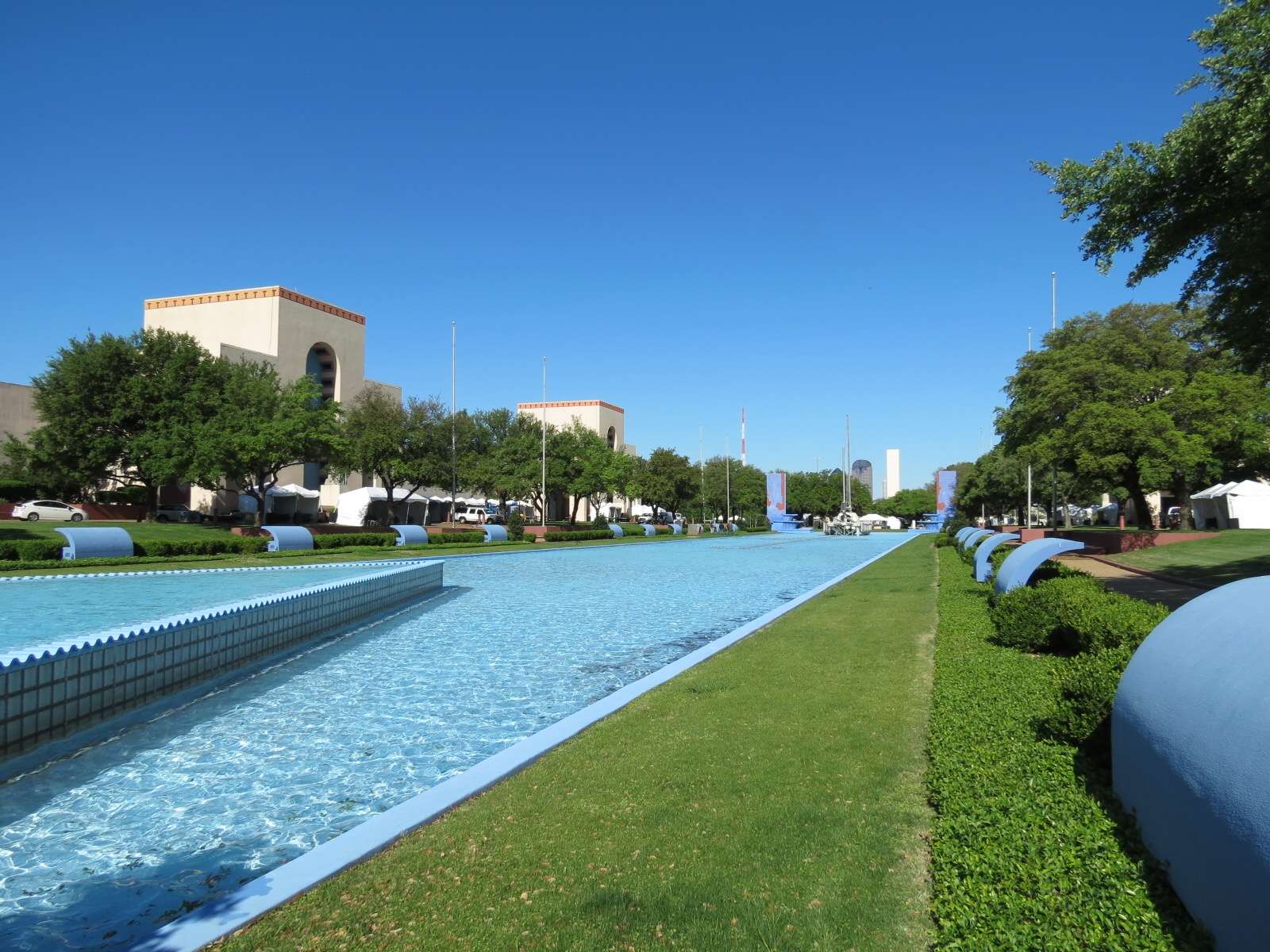
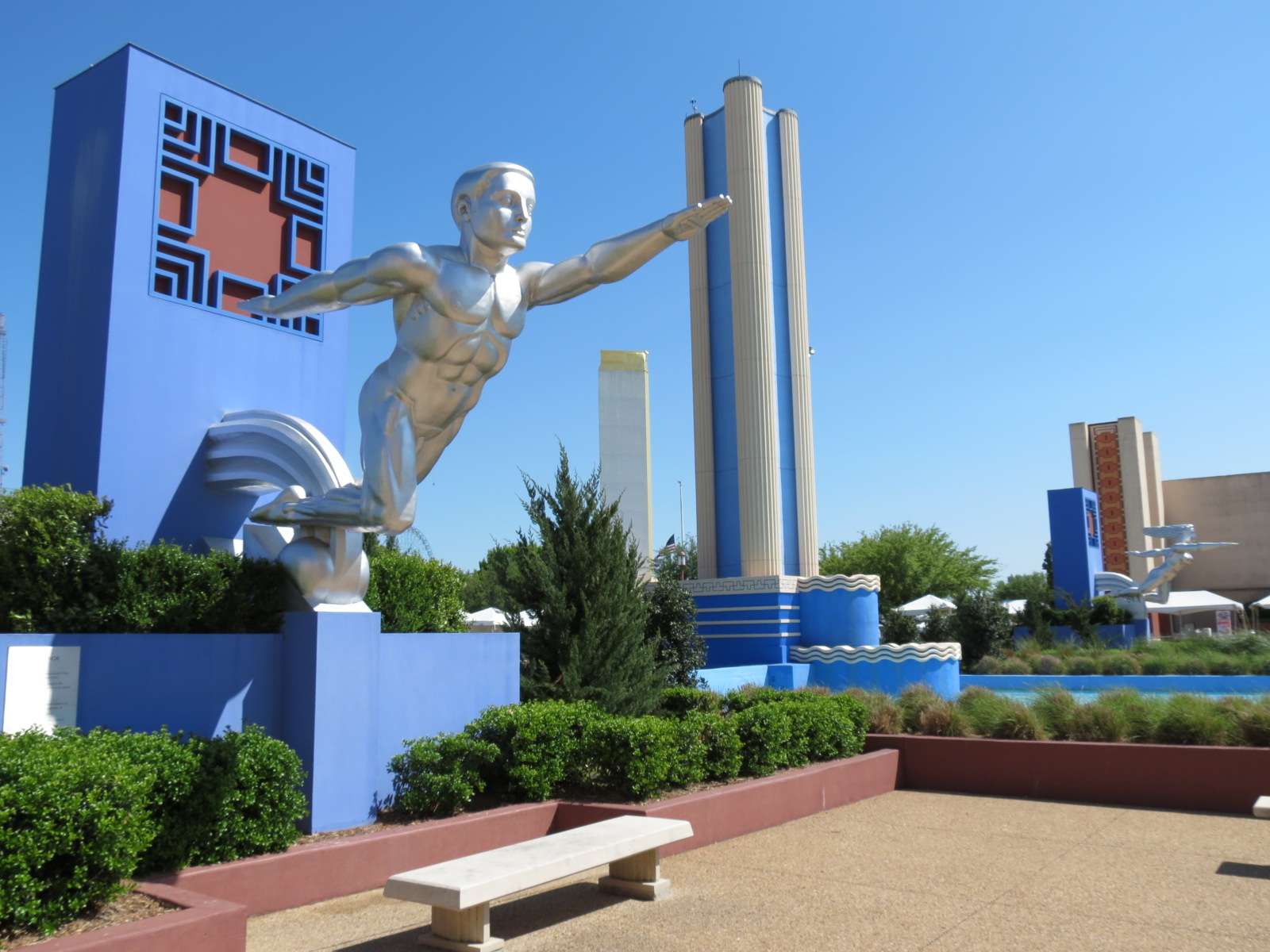
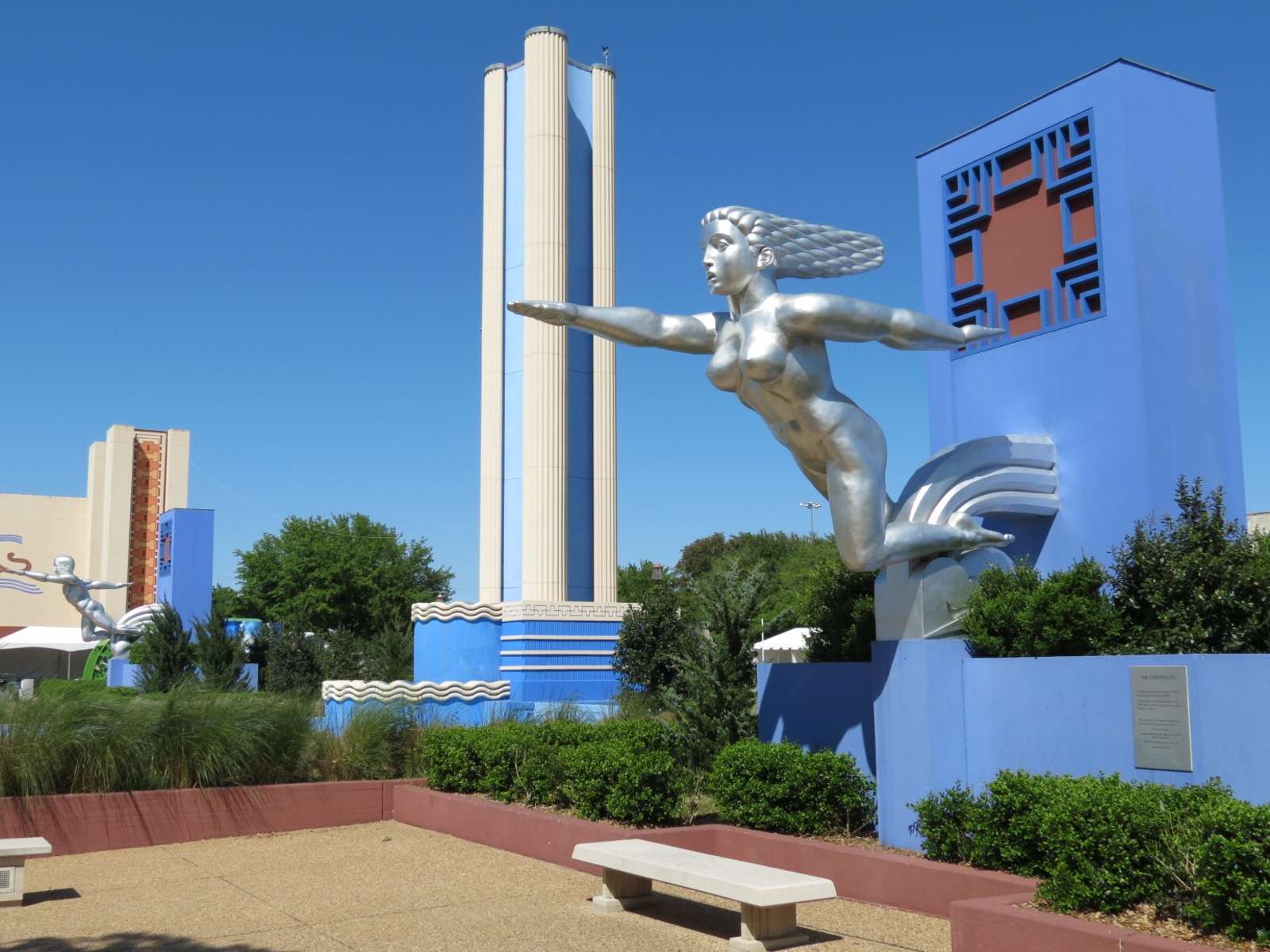
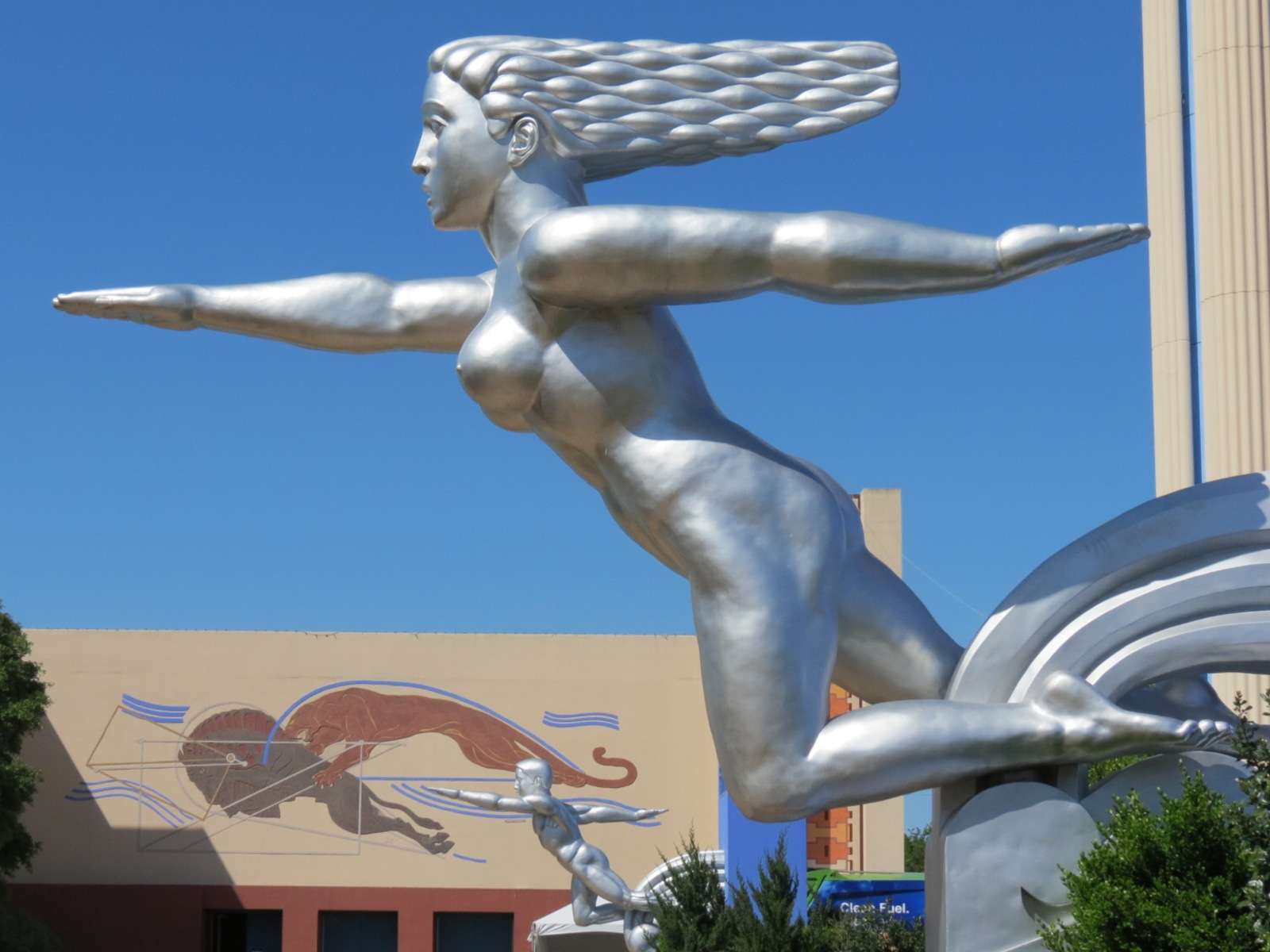

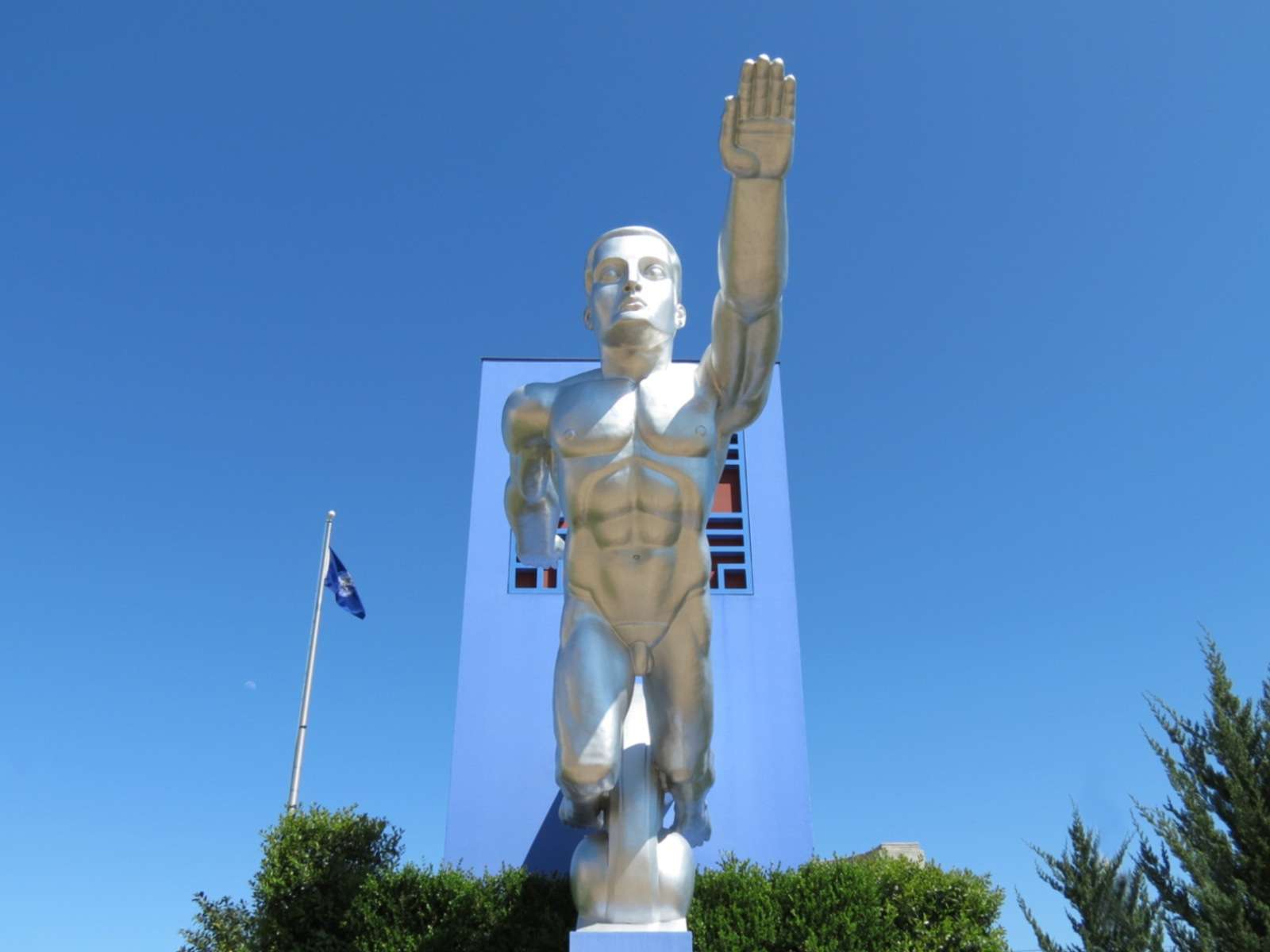
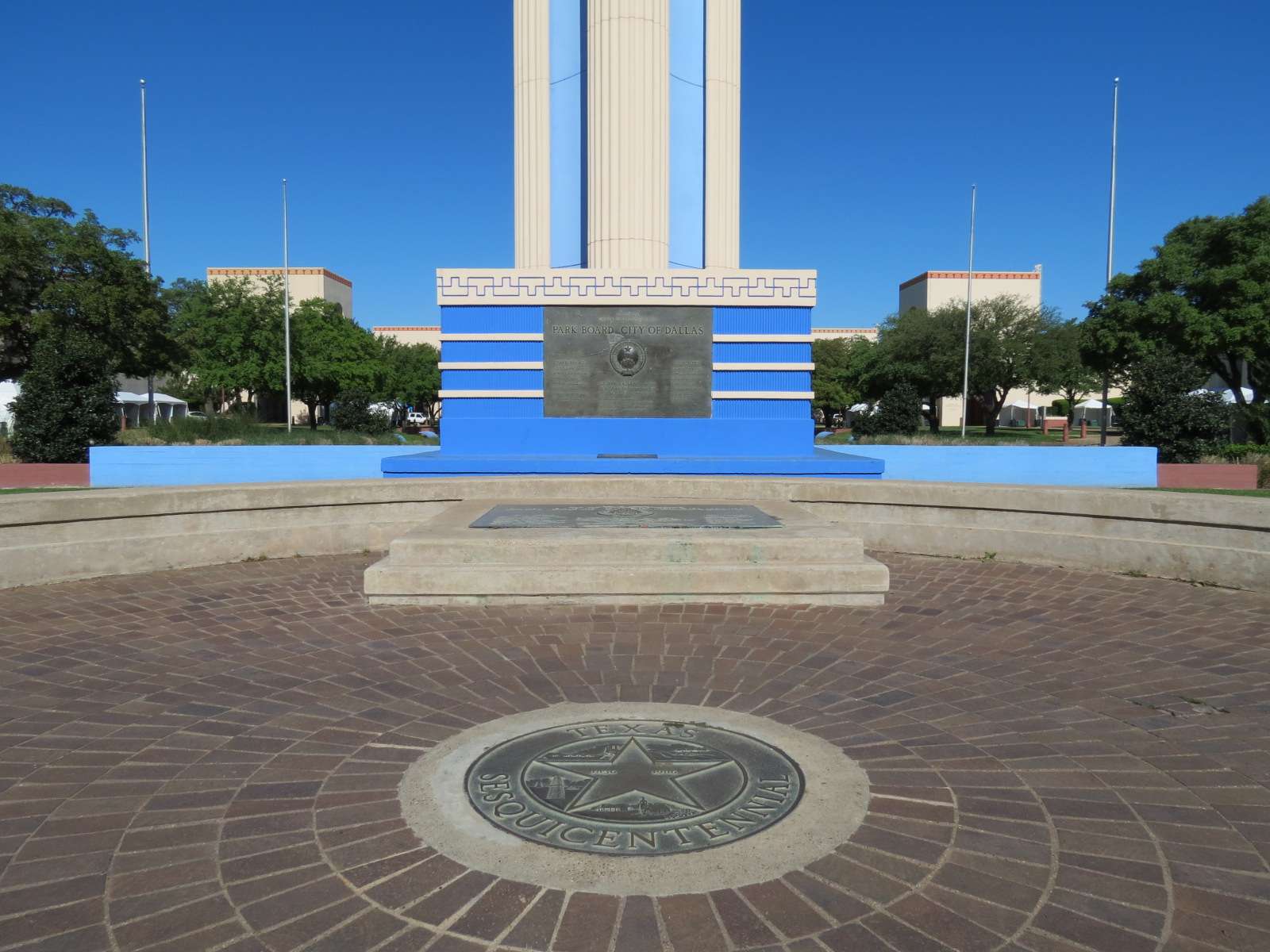
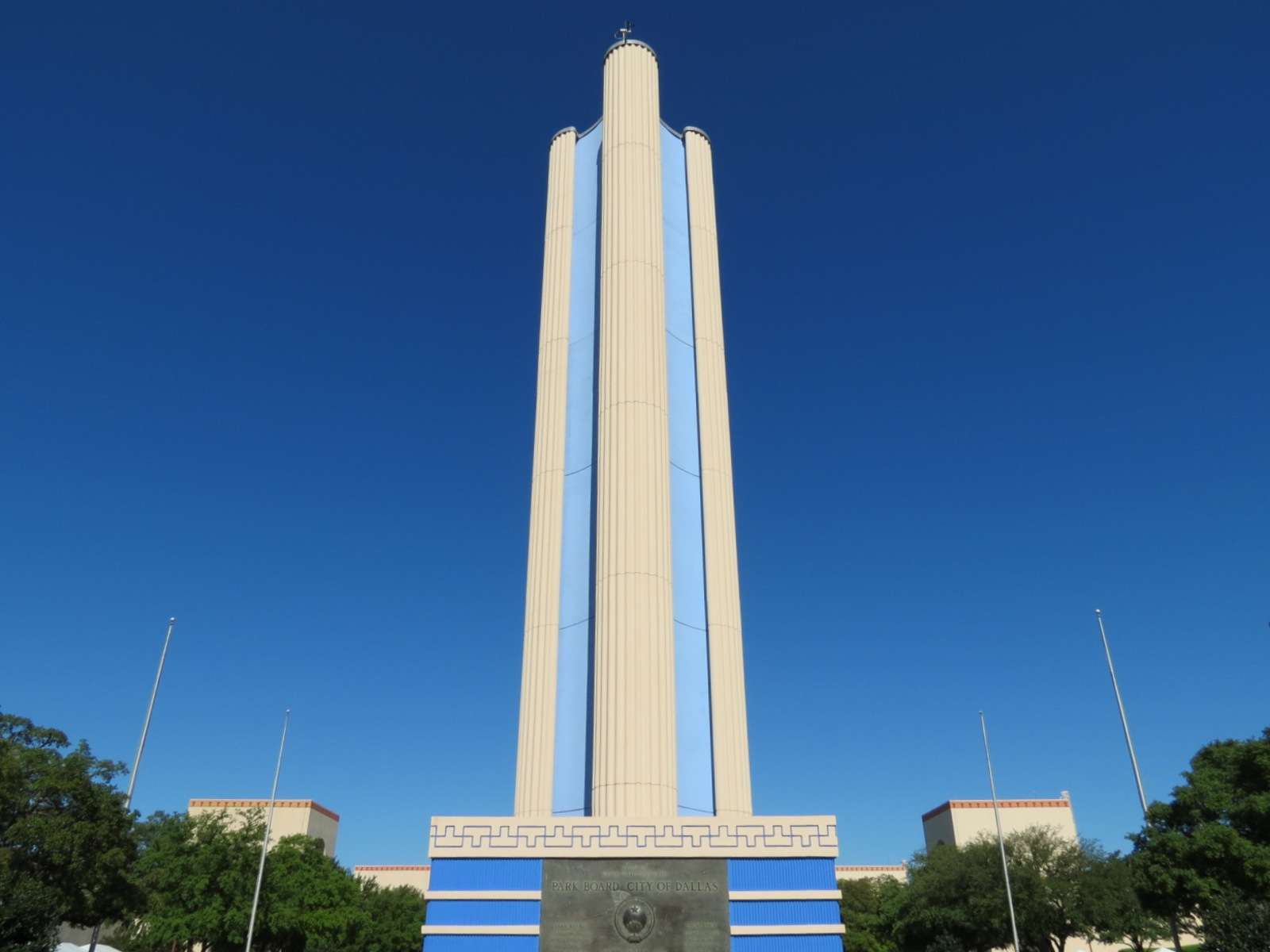
Porticos:
The six total porticos of the two exhibition buildings flanking the Esplanade are shown here: first, the portico facade with its attendant statue and then the two murals that occupy the side of the hall beneath the portico's shelter. The first three are the ones on the Automobile Building and represent France, Mexico, and the United States. The other three are the ones on the Centennial Hall and represent Spain, the Republic of Texas, and the Confederate States.
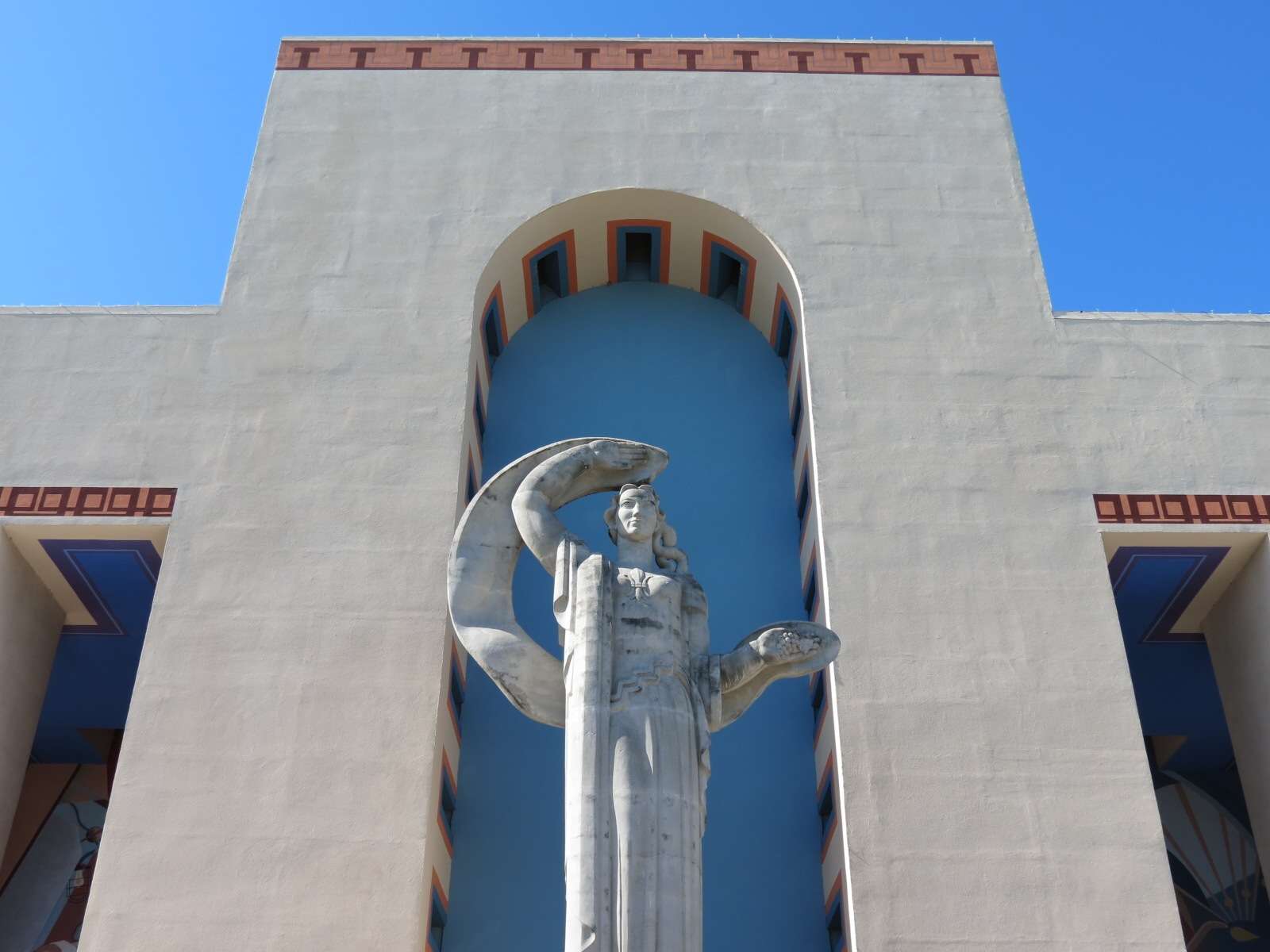
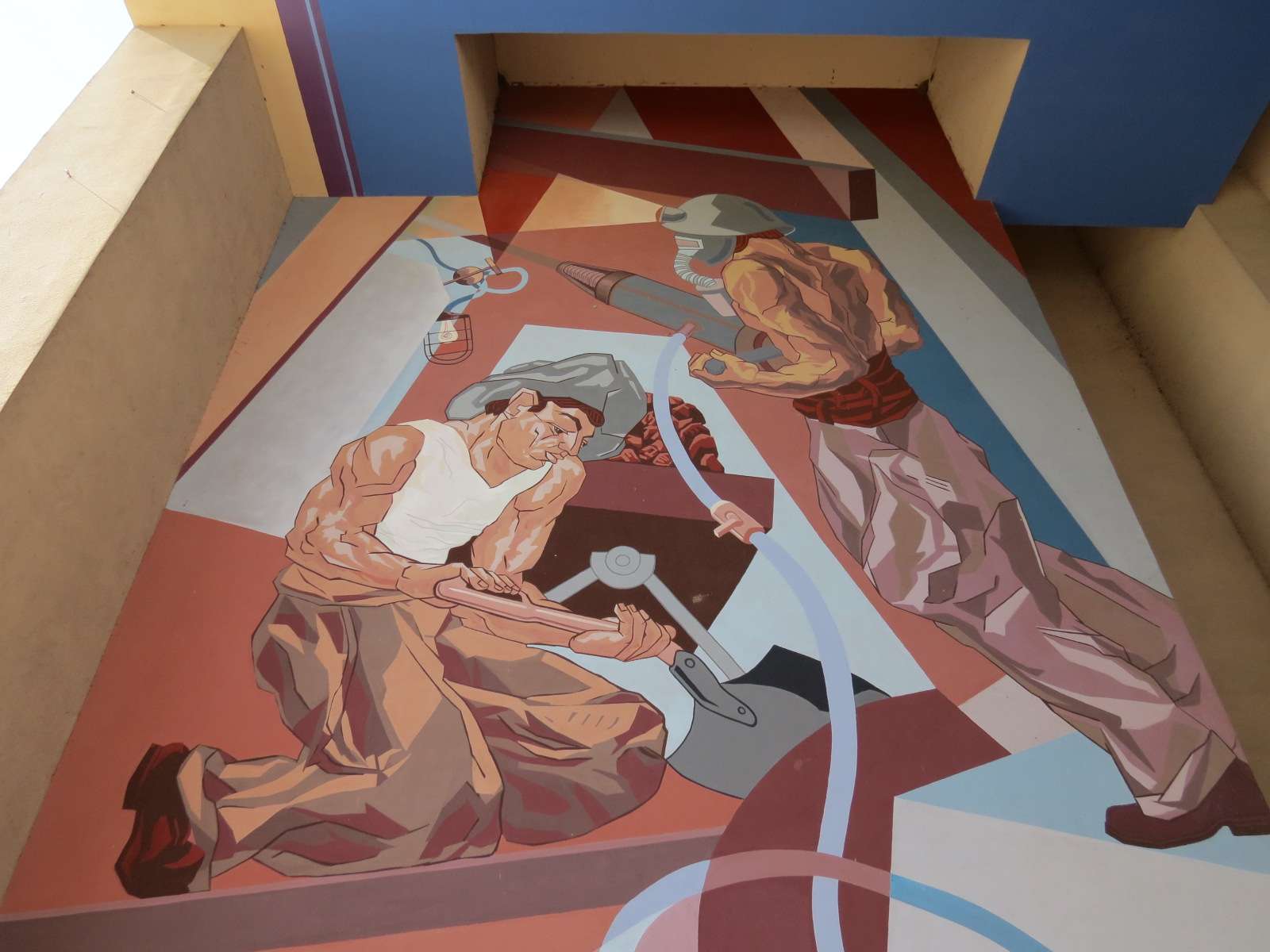
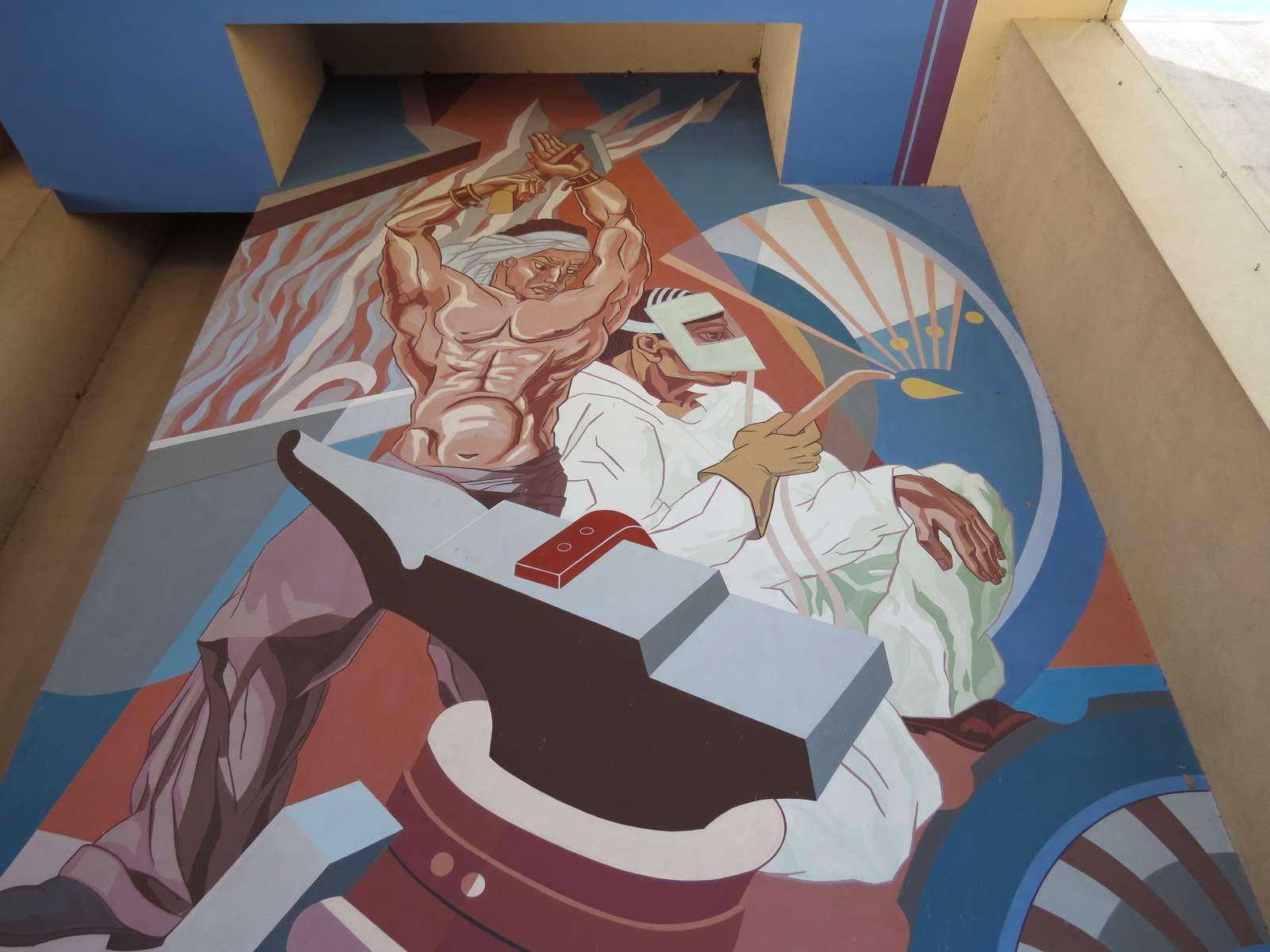
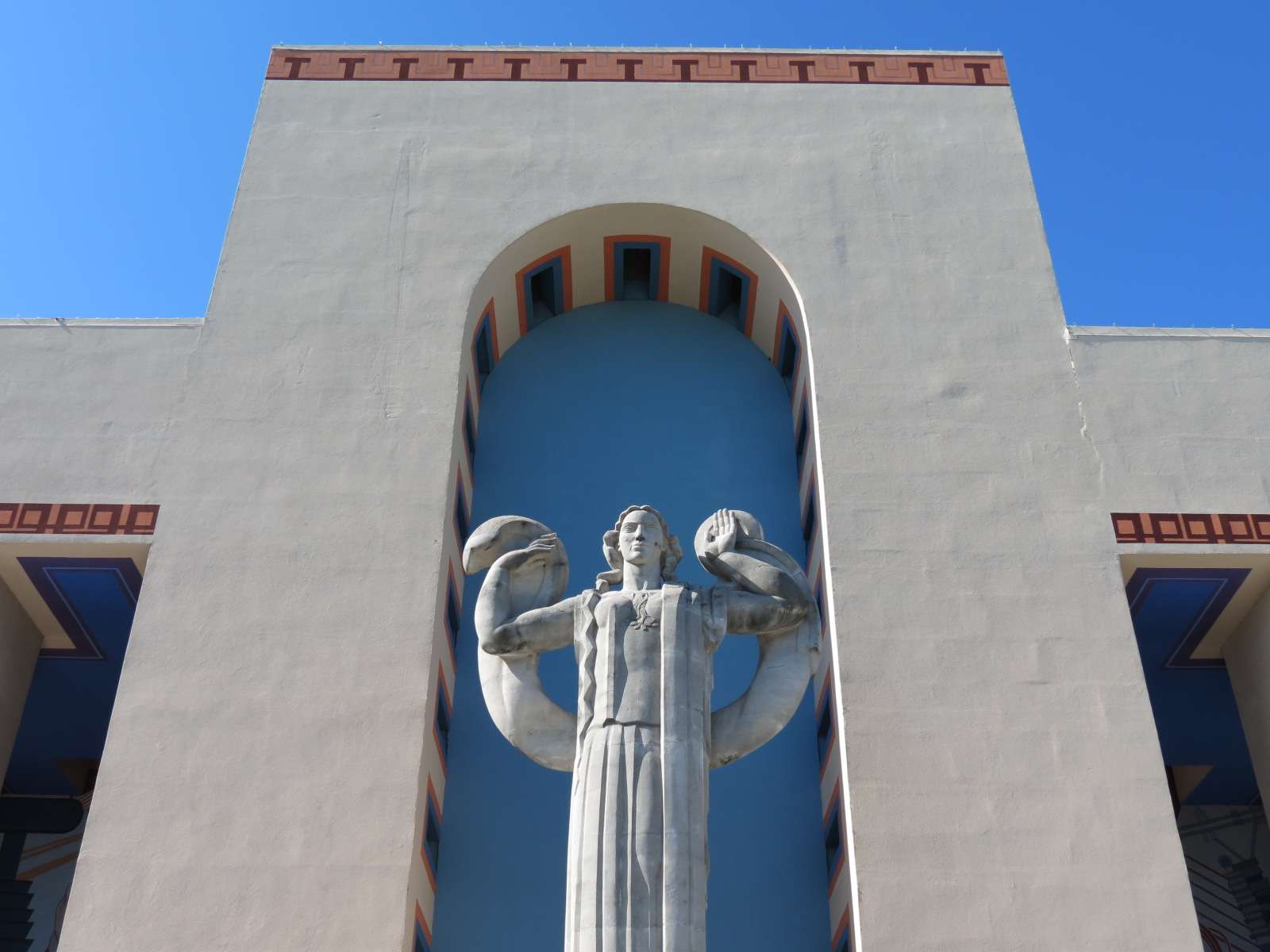
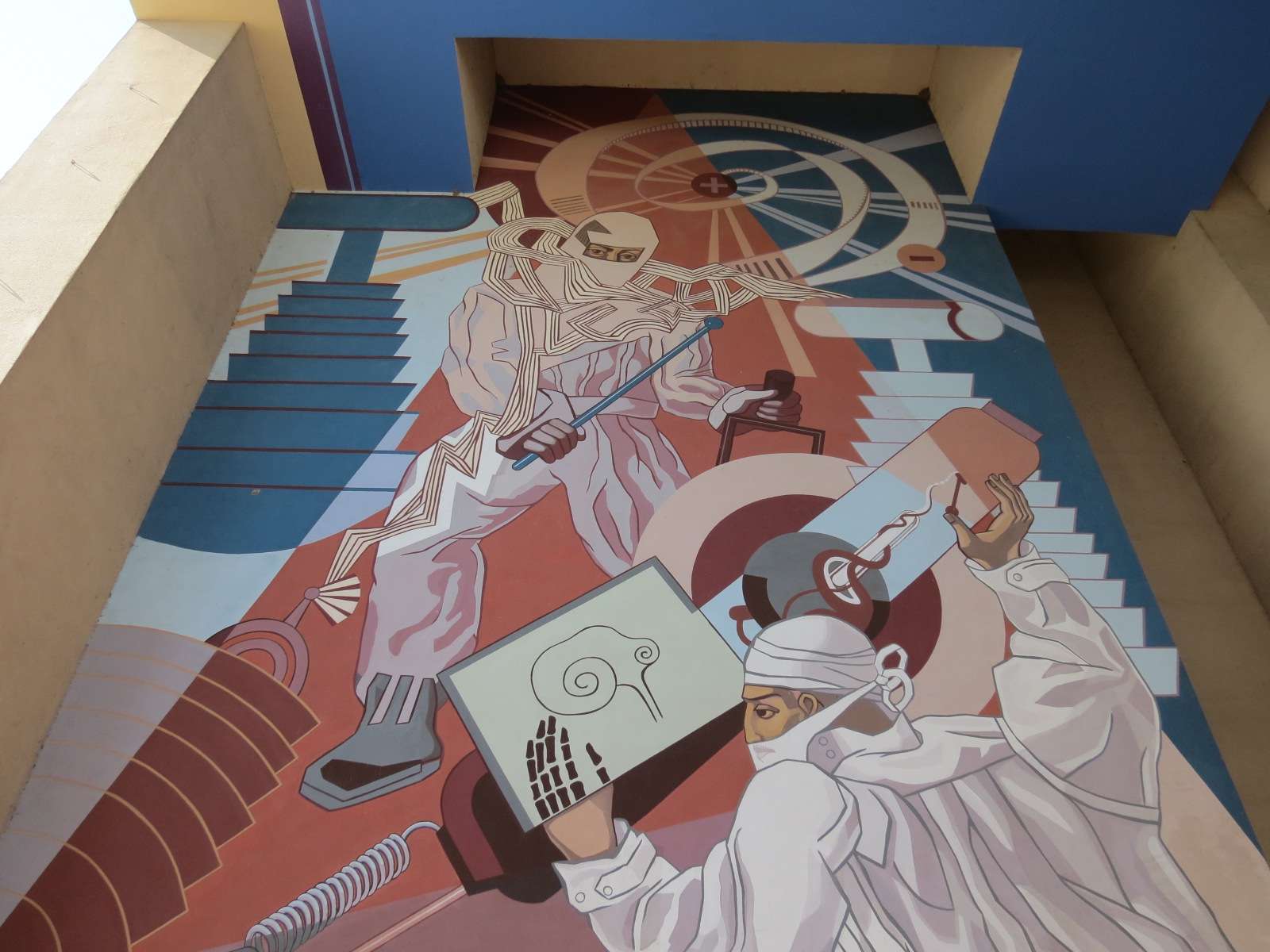
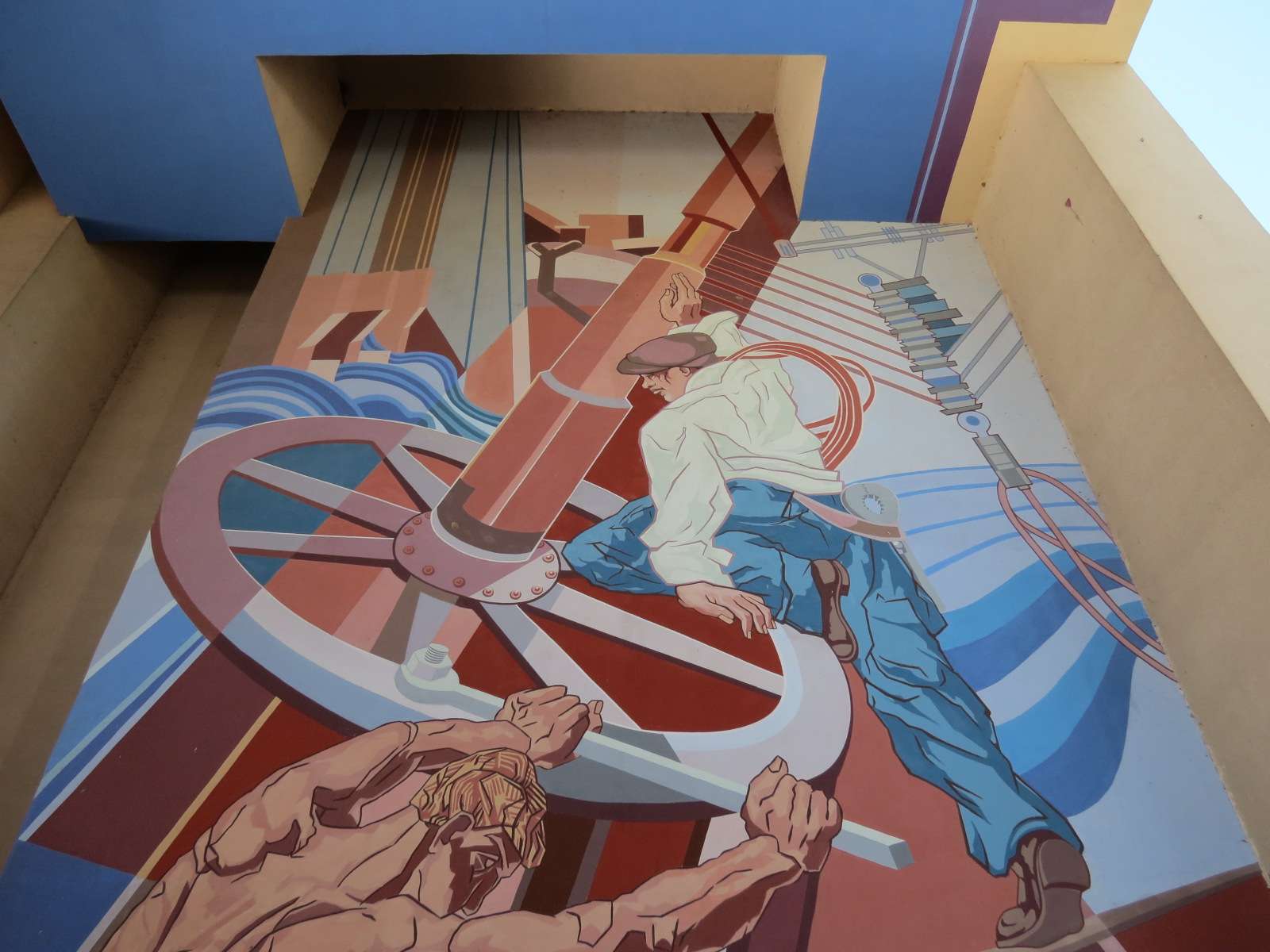
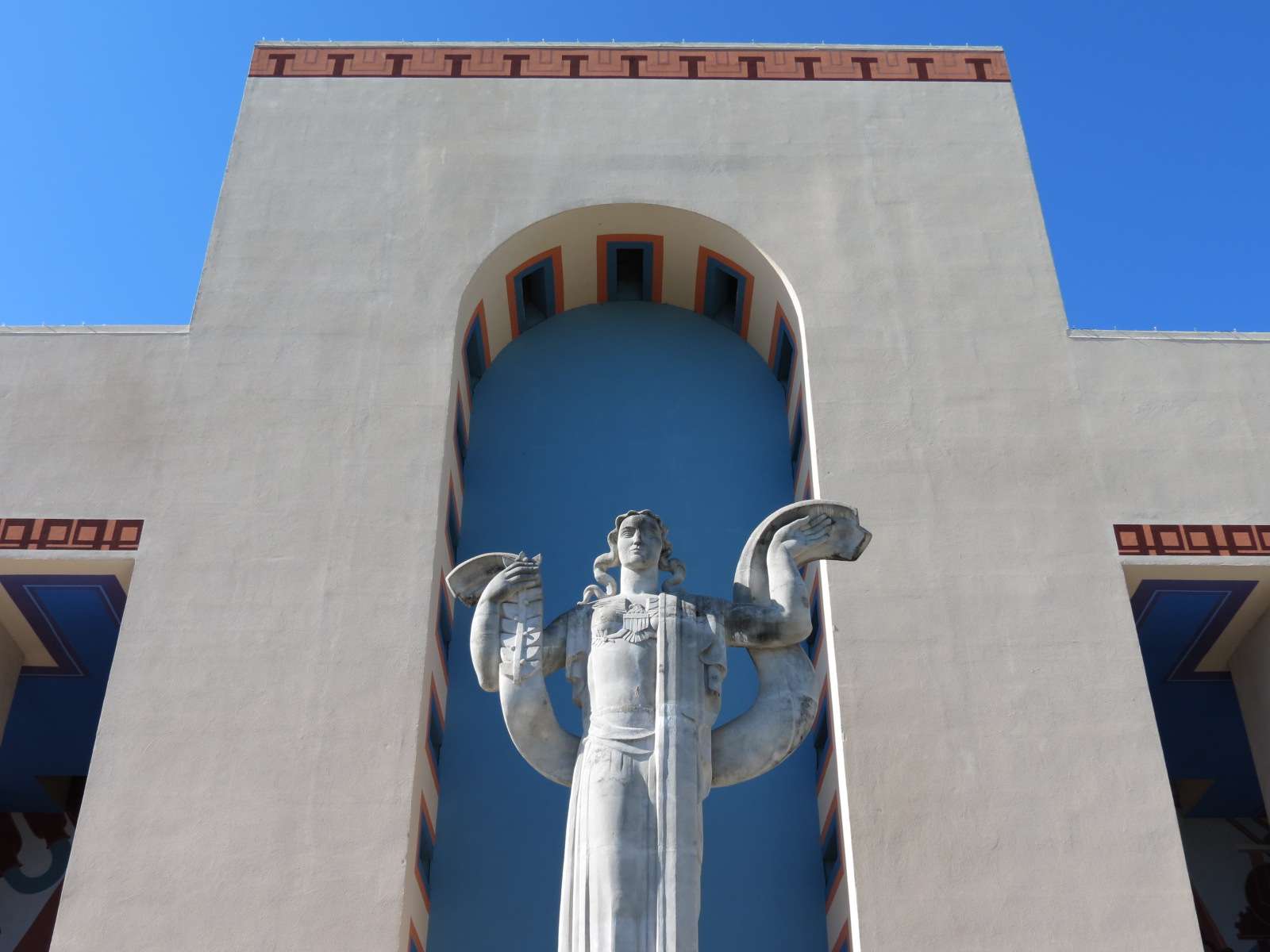
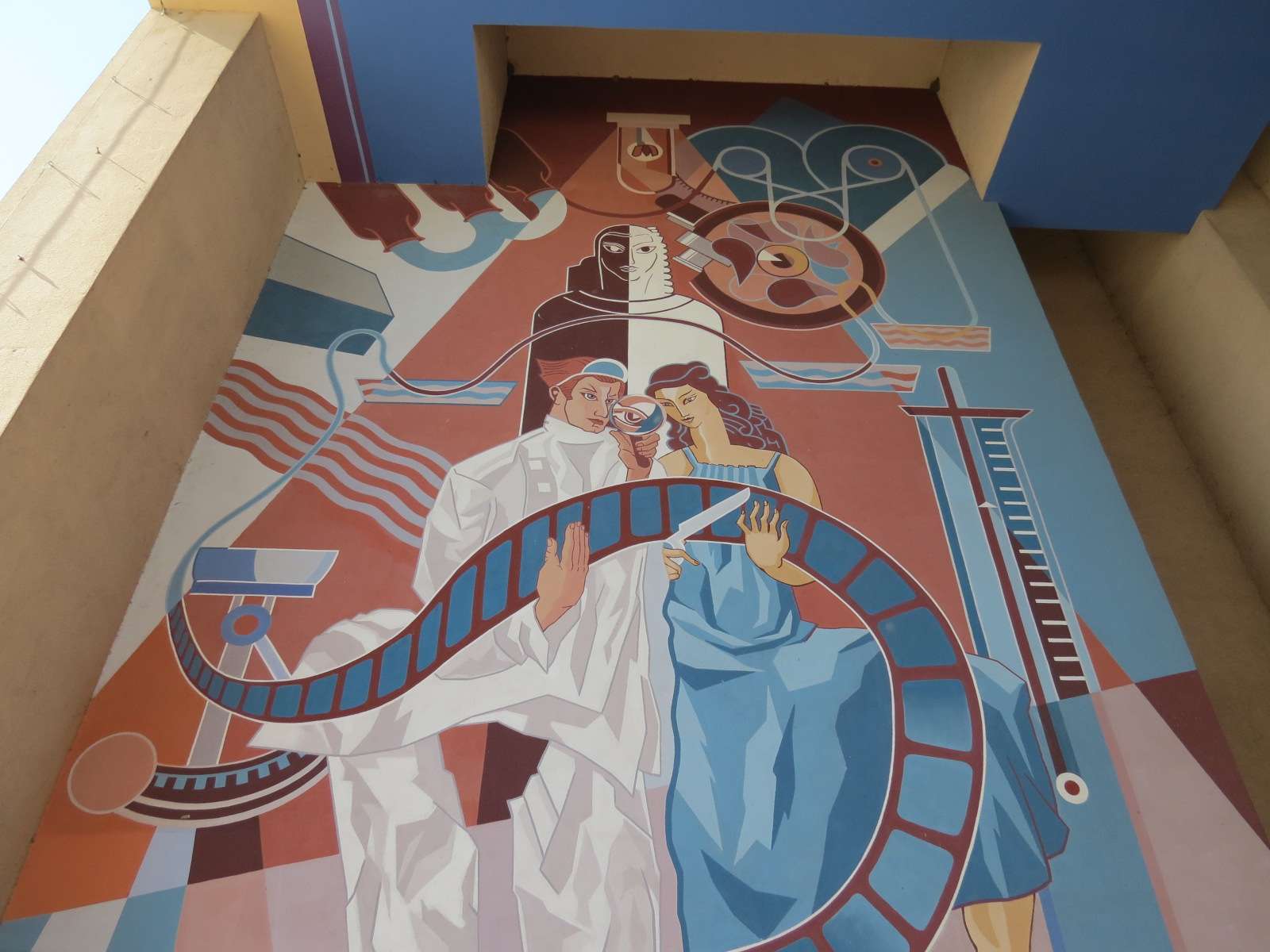
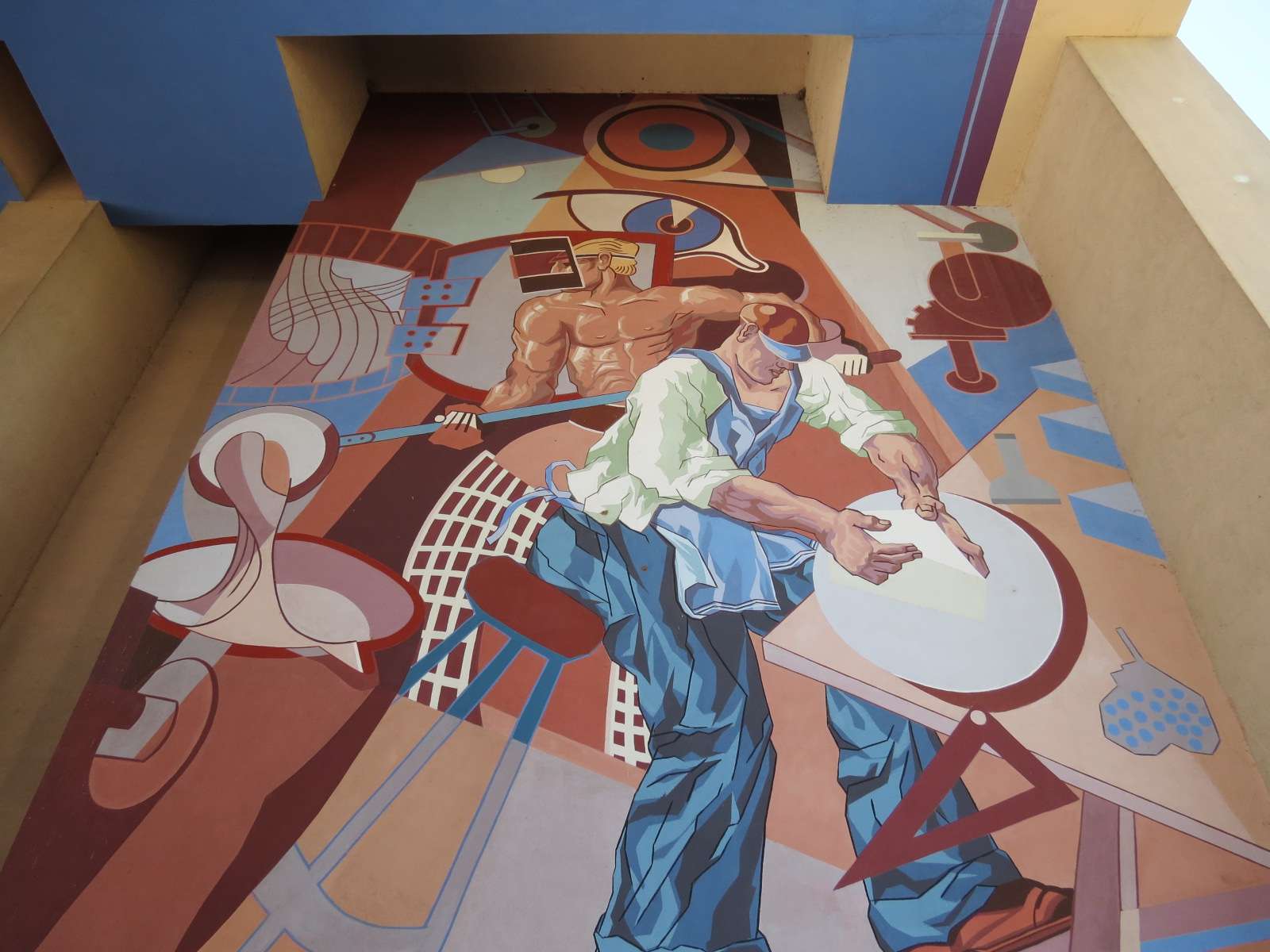
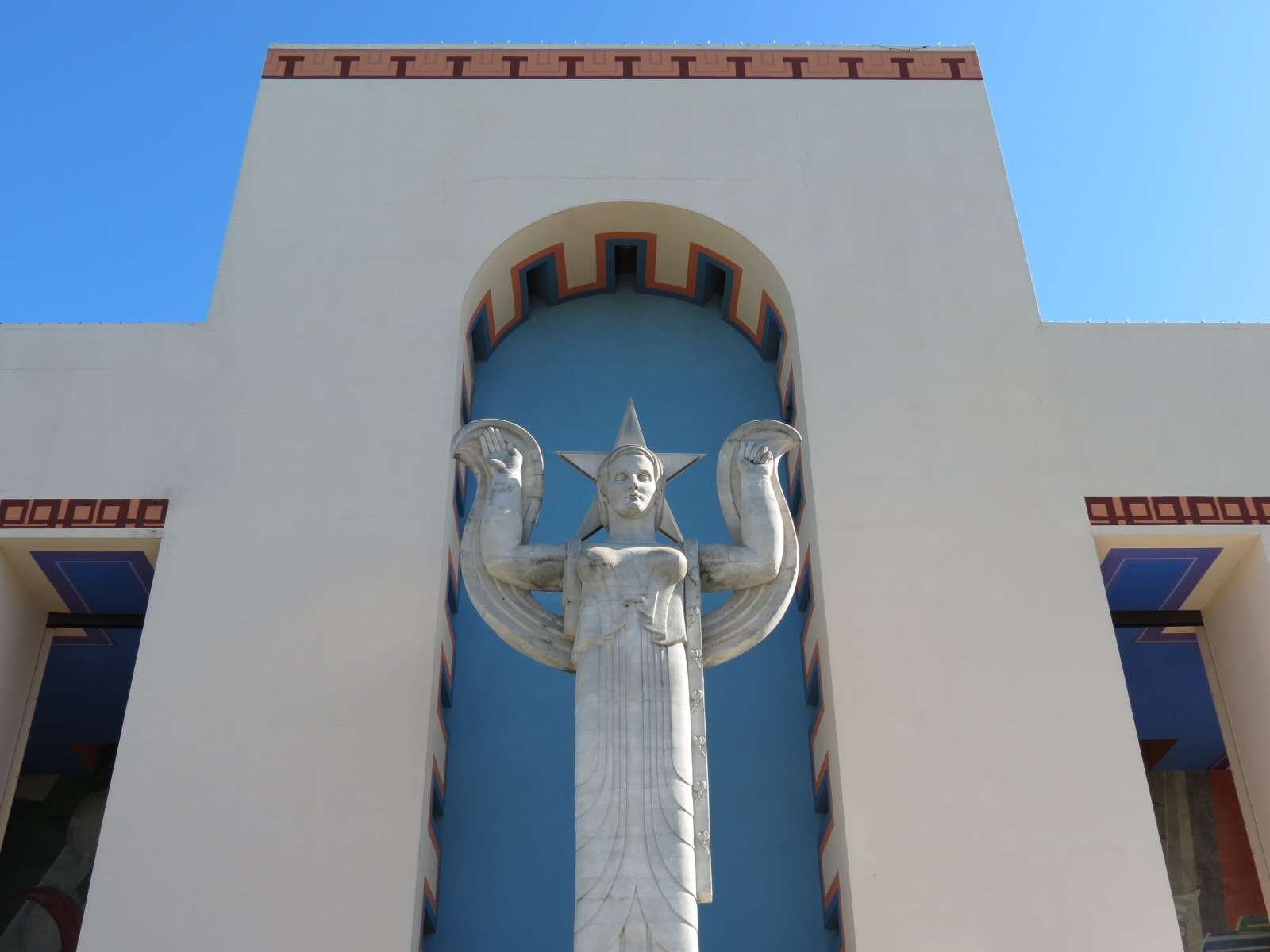
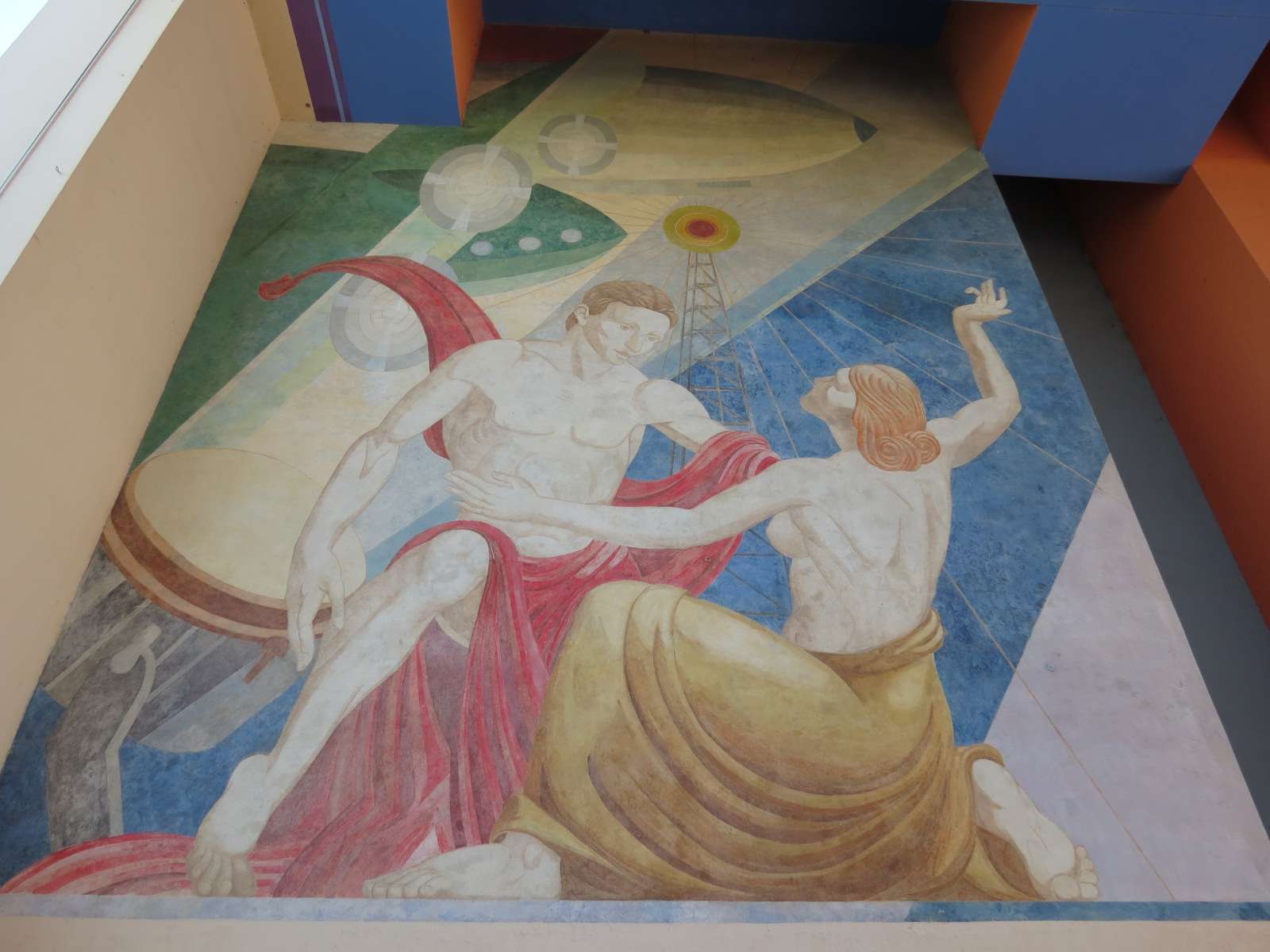

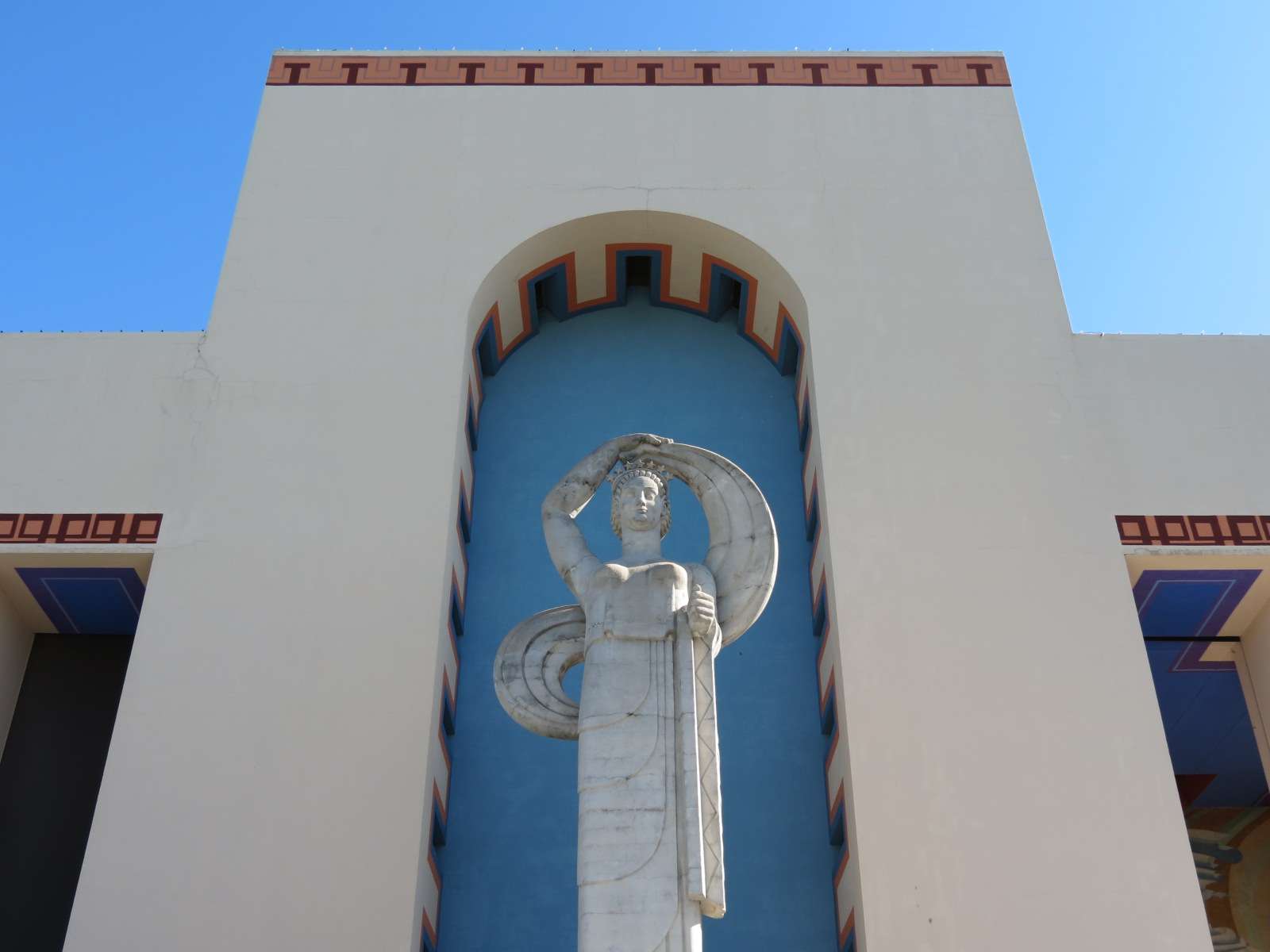
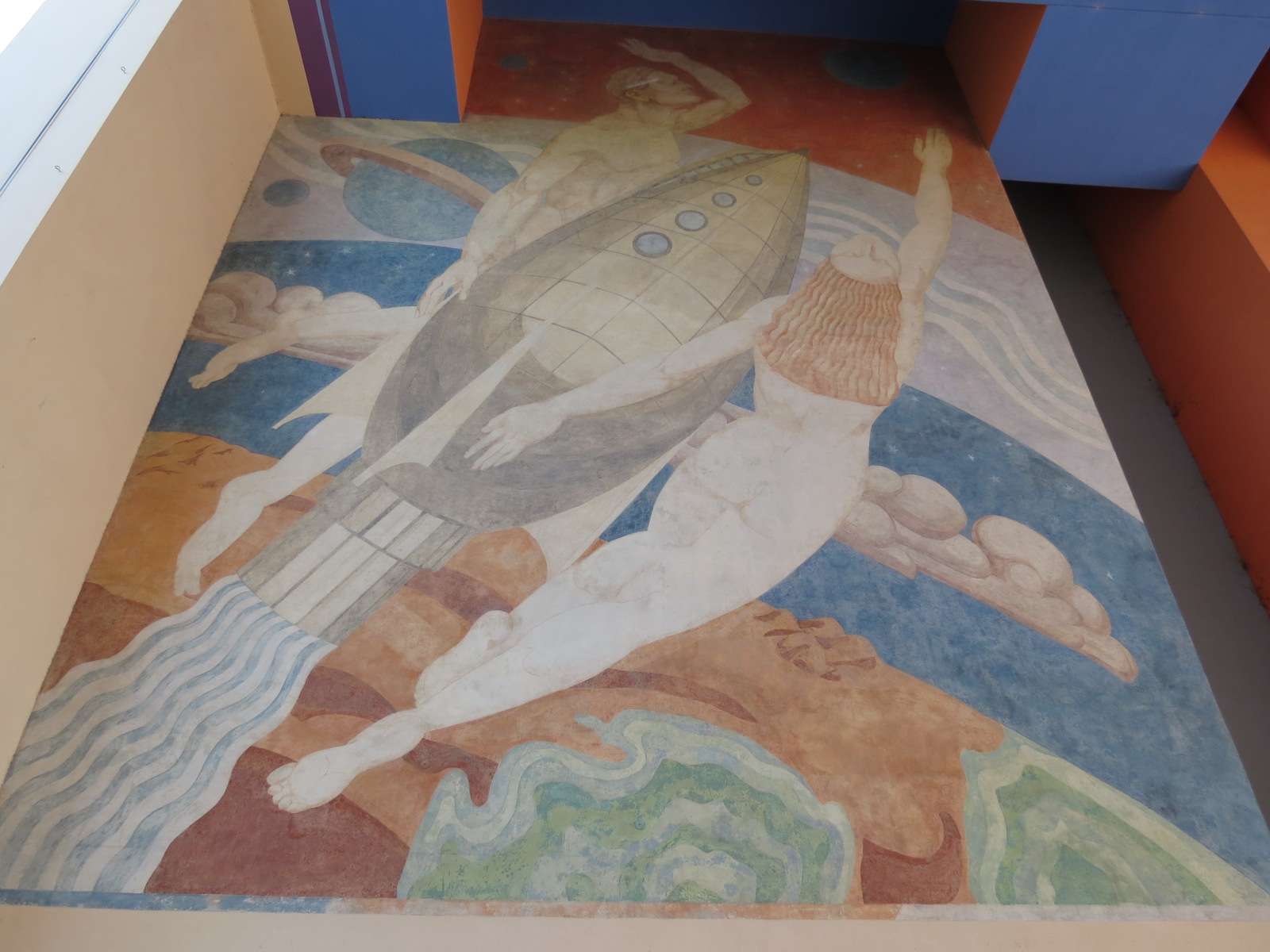
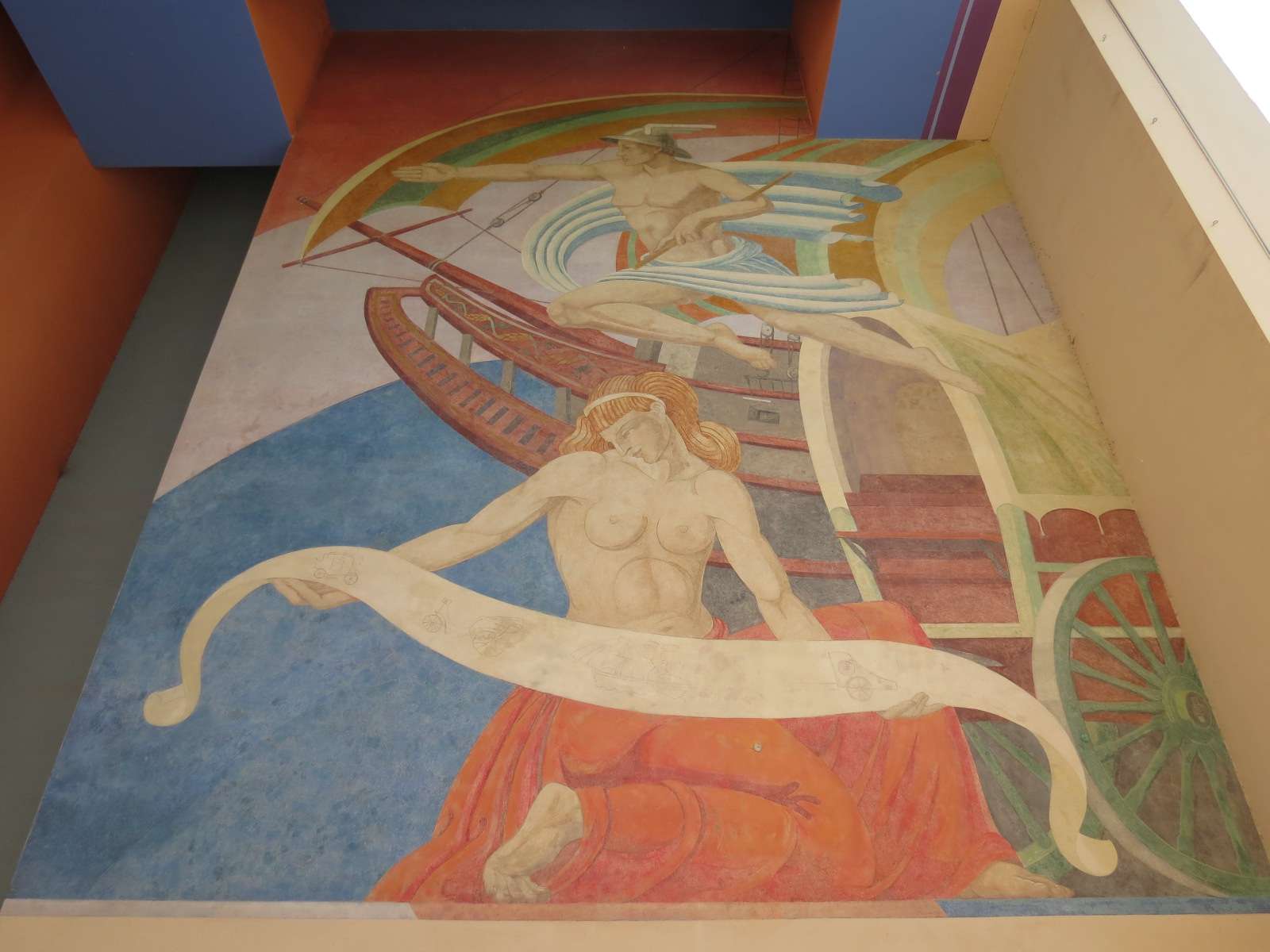
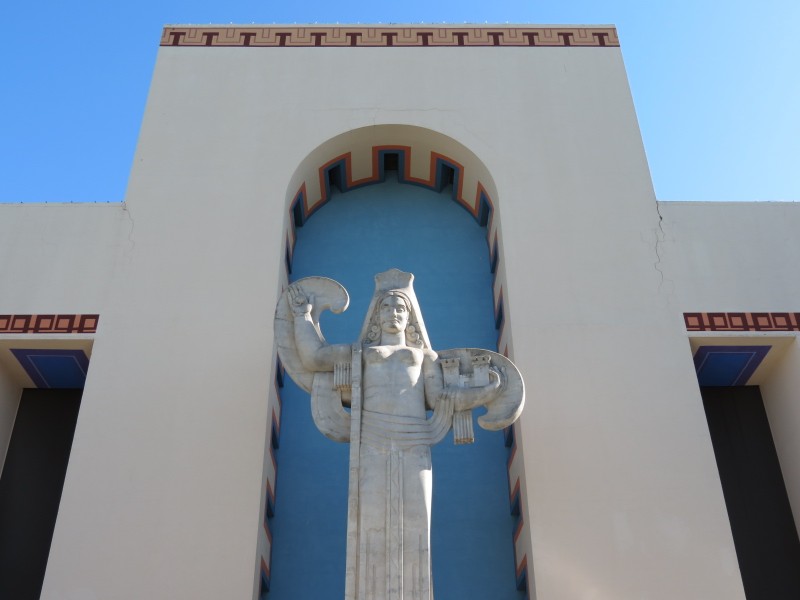
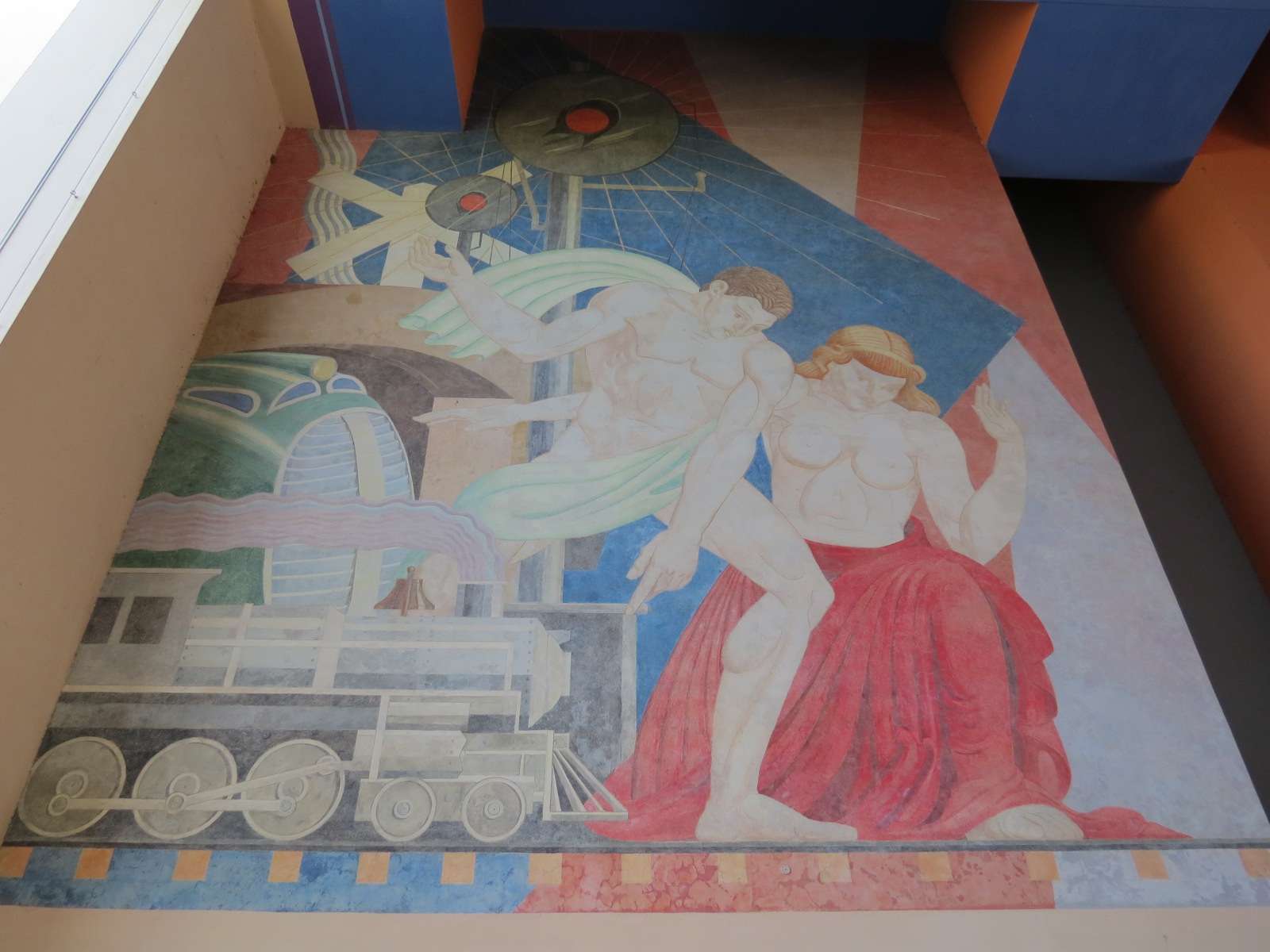

Federal Building:
Now called the Tower Building and housing the park administration, this originally housed government exhibits during 1936.
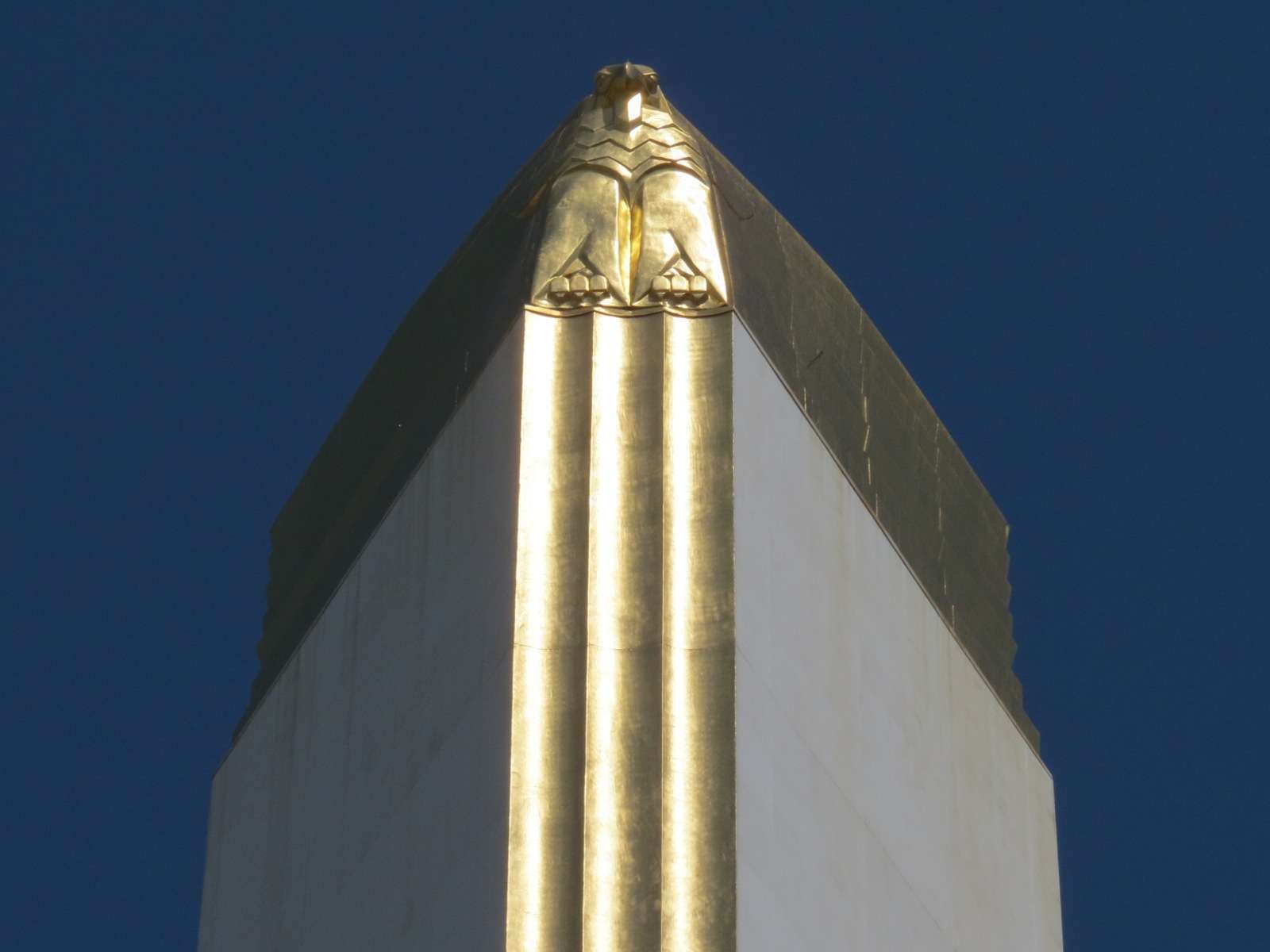
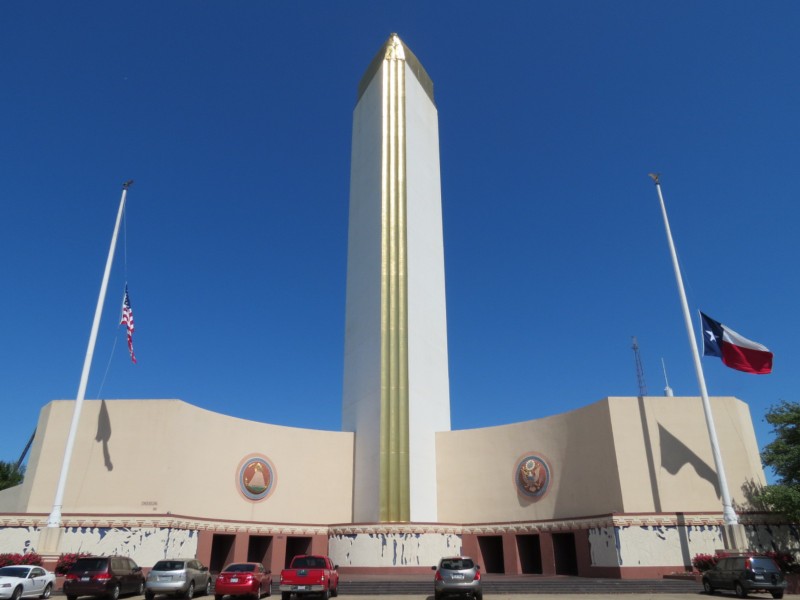
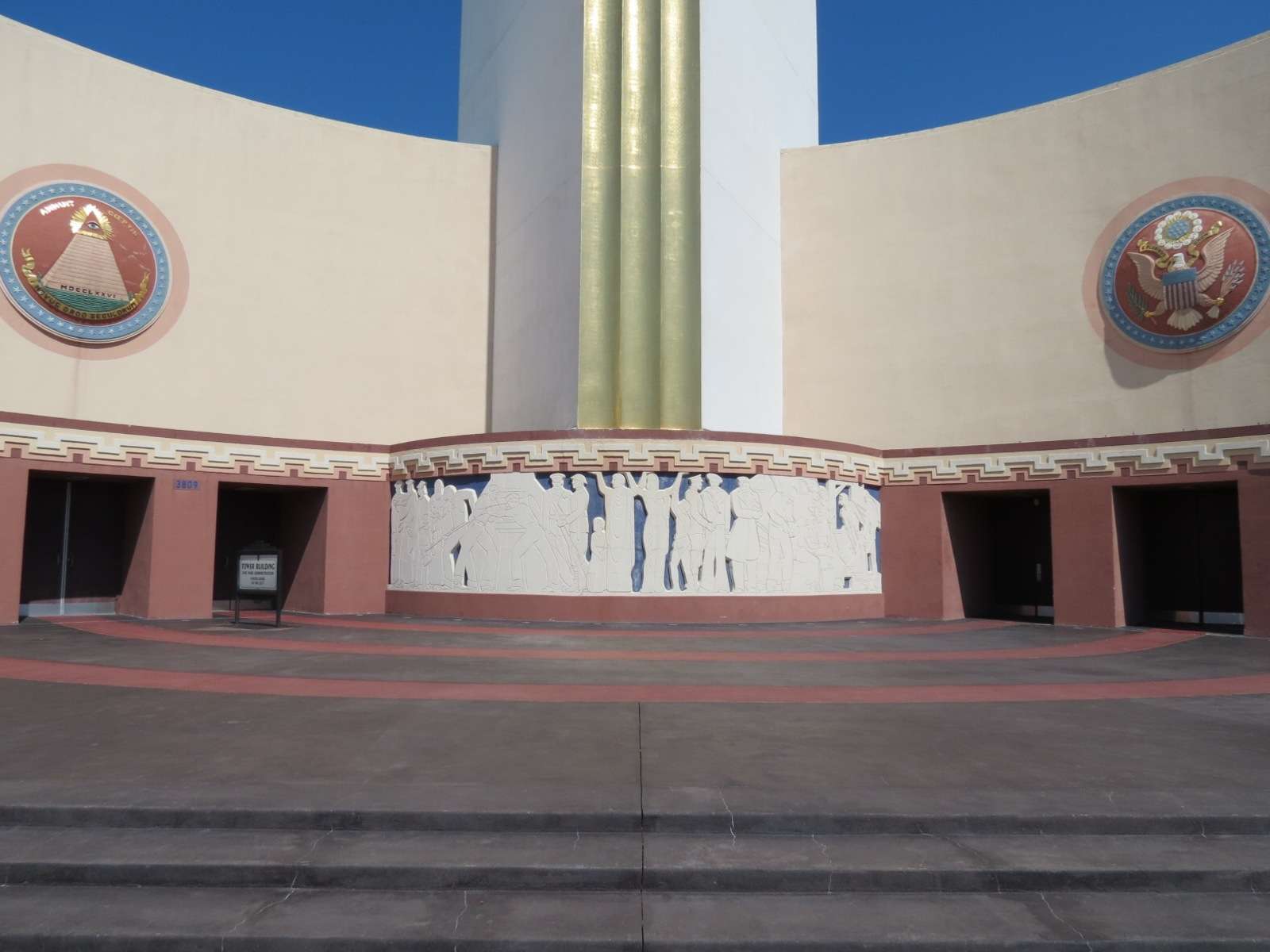
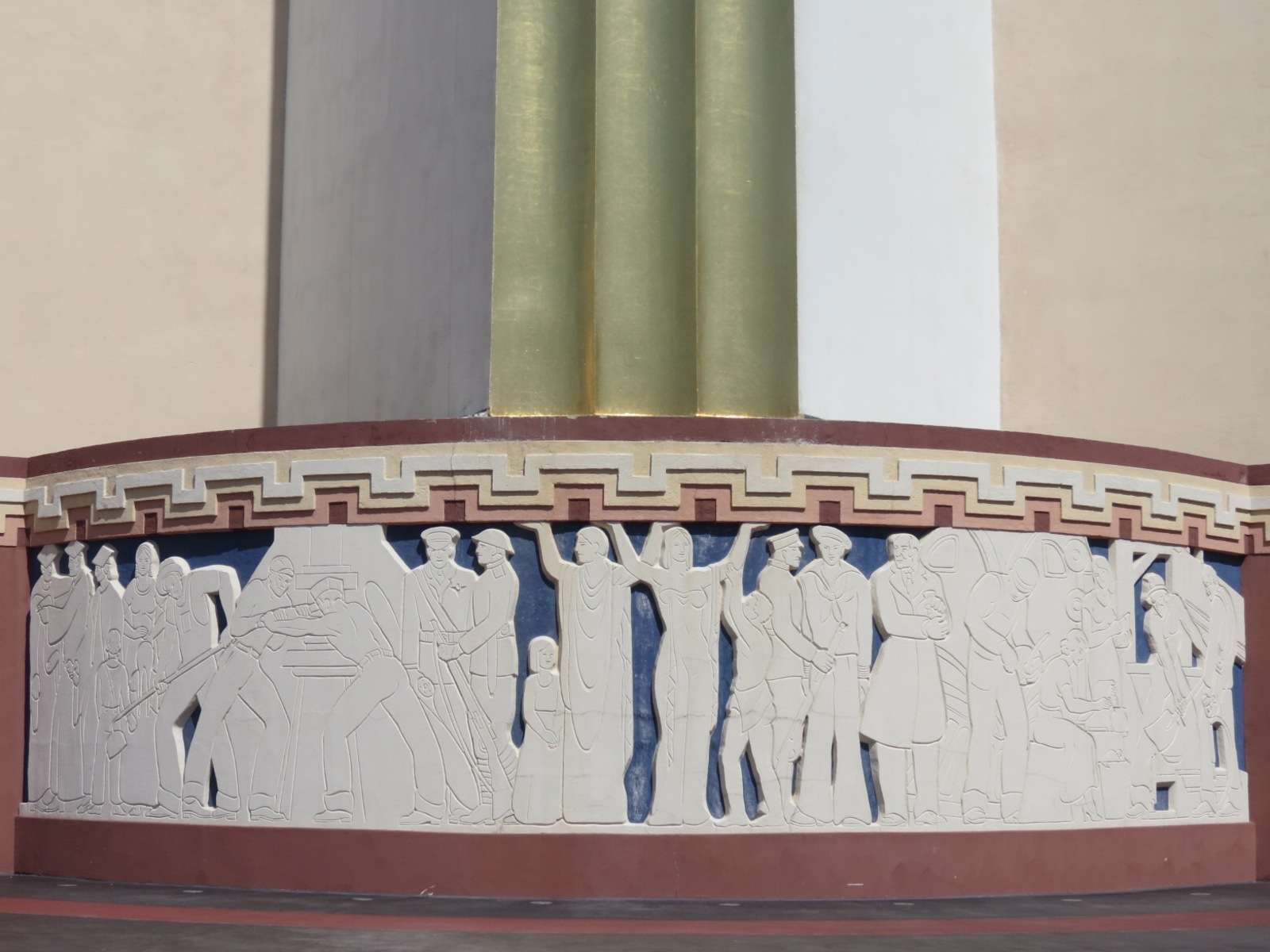
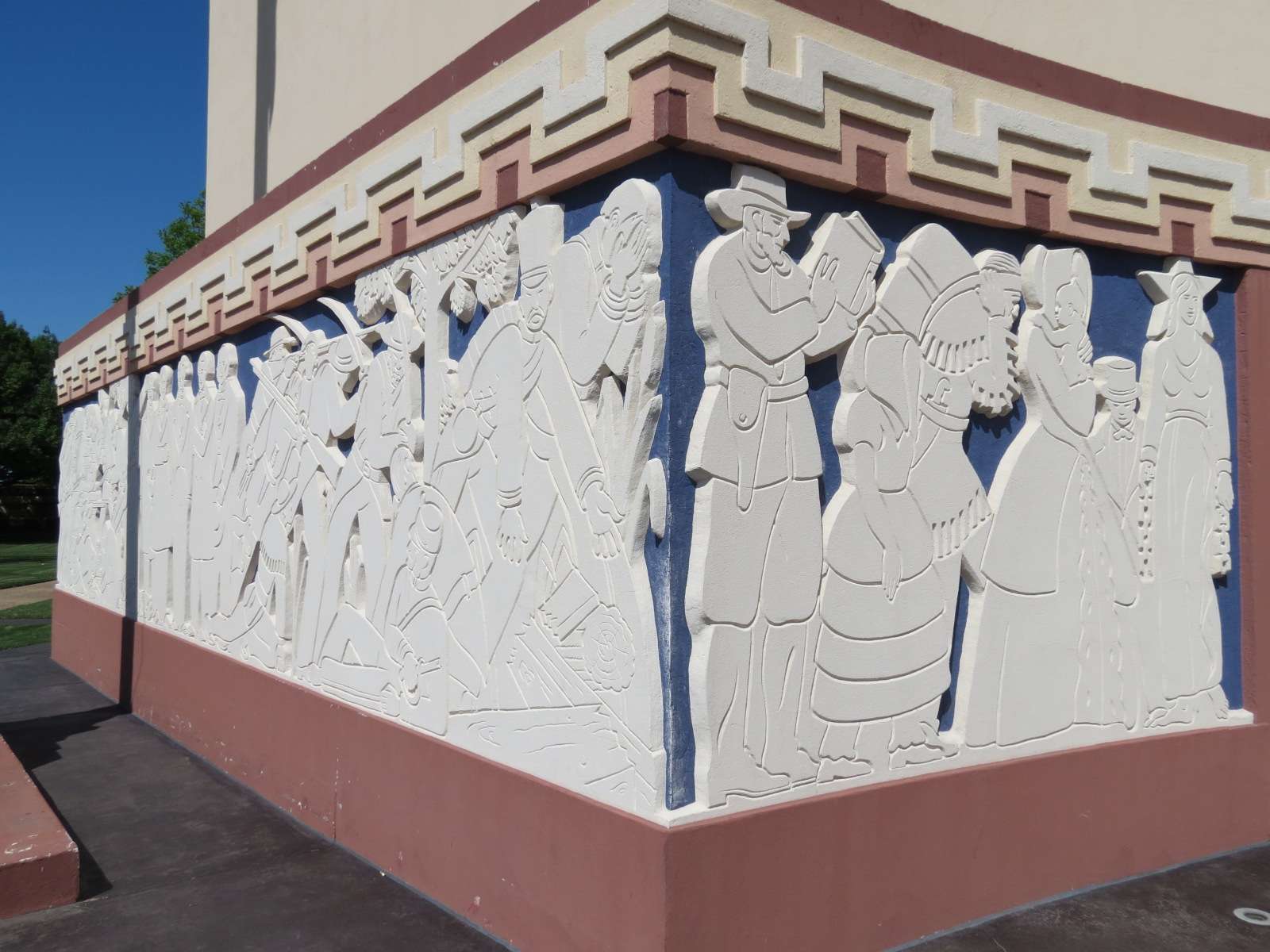
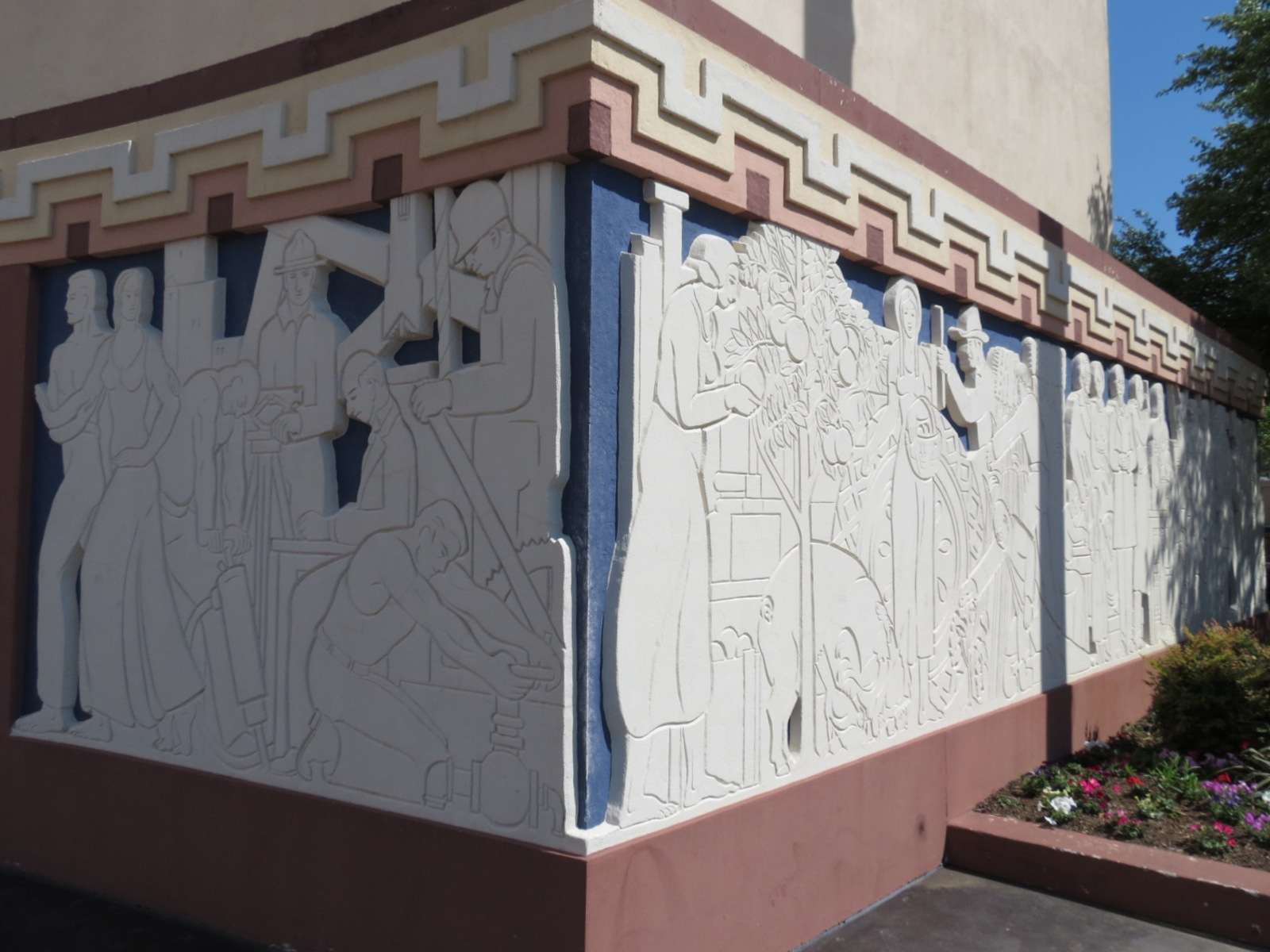
Fair Park Stadium:
This large outdoor football and soccer facility opened in 1932, several years prior to the exposition. It hosted the first Cotton Bowl in 1937, the year after the exposition, and was renamed Cotton Bowl Stadium. It has been in continual use since then and was enlarged in the past decade (it appeared to be an ongoing project during my visit).
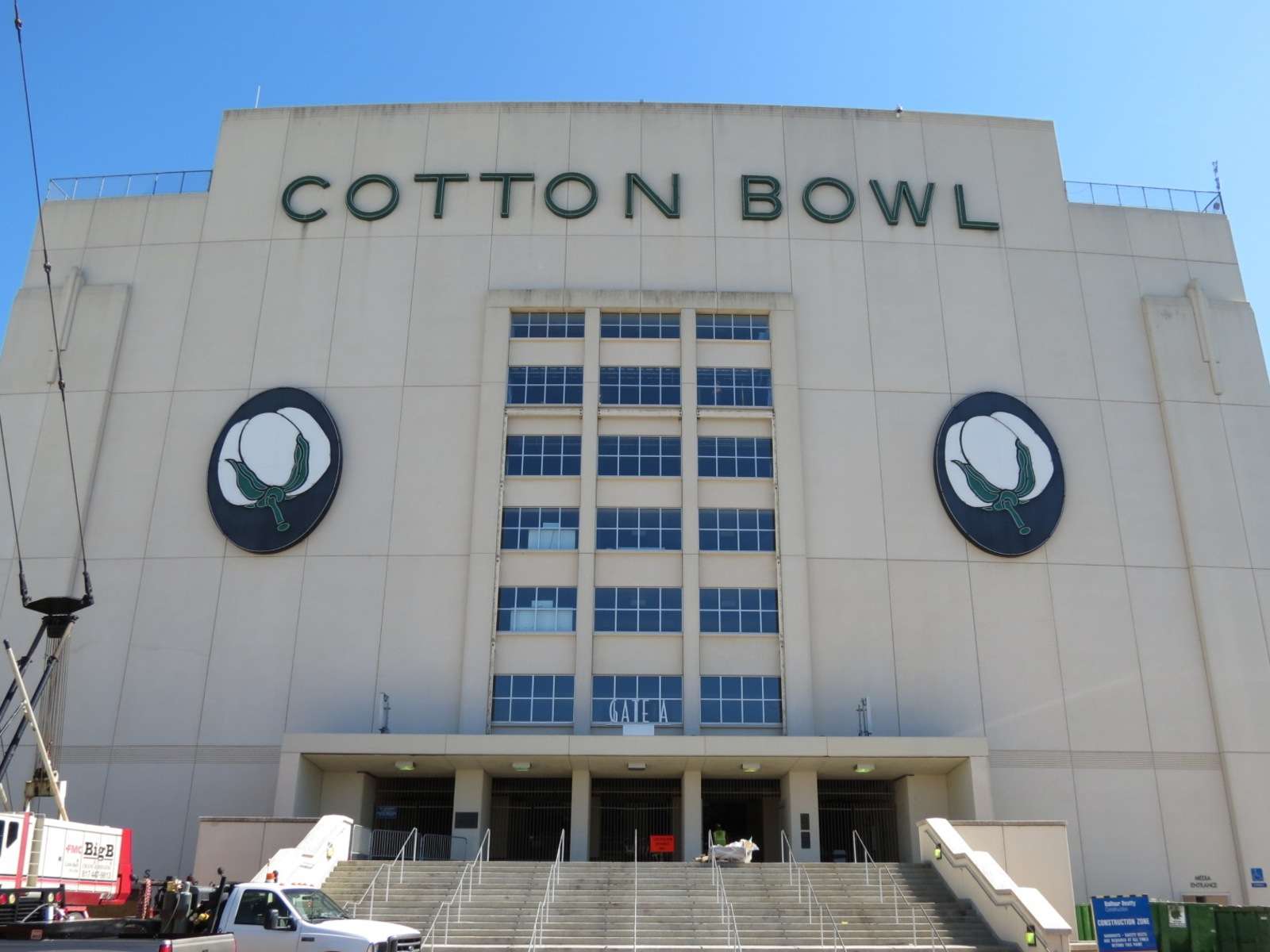
Fair Park Band Shell:
This 5,000 seat outdoor performance stage features a stage with a large concentric-ringed backdrop similar to the Hollywood Bowl or Radio City Music Hall. The outside of the theater is pictured here.
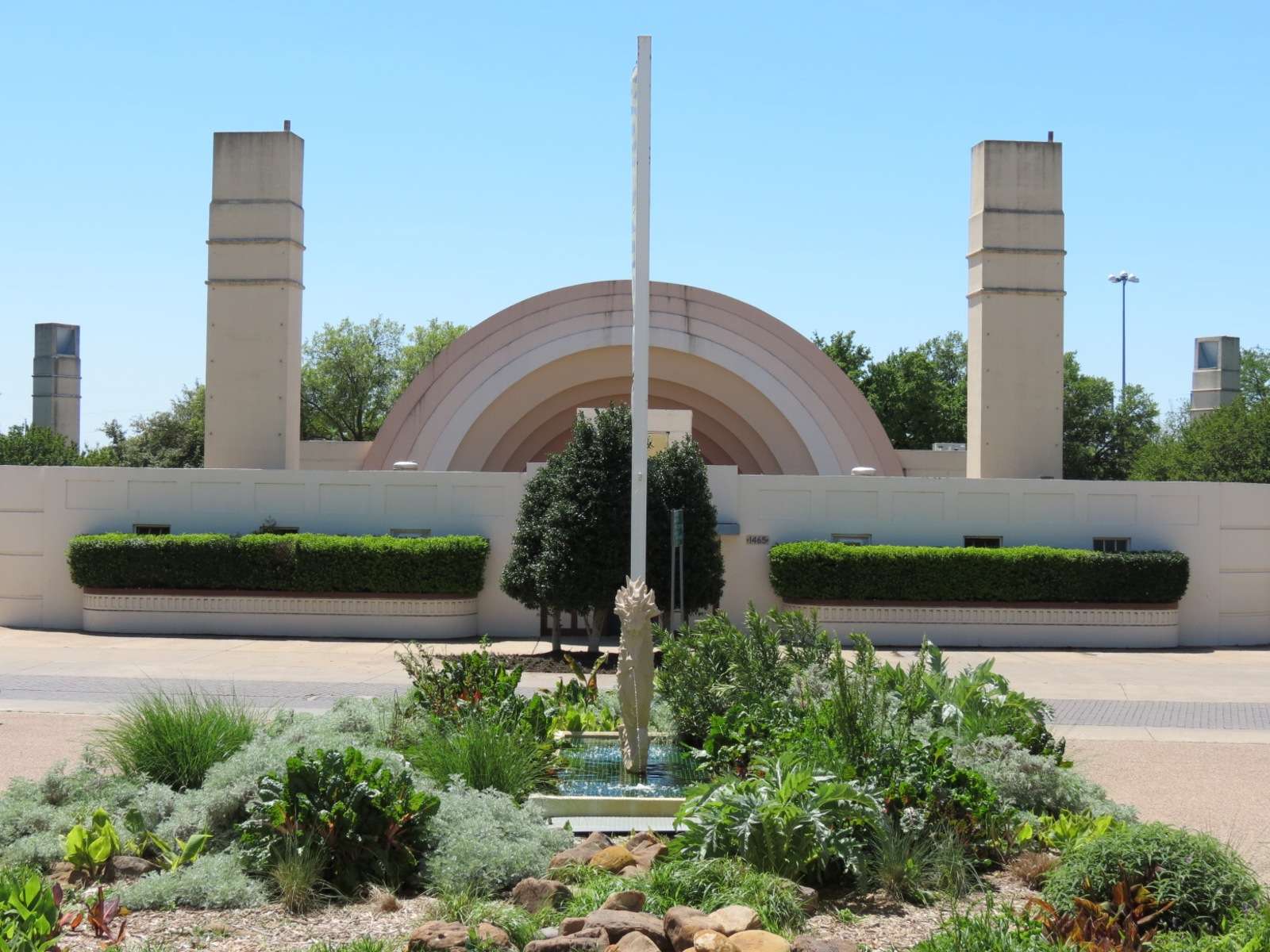
Museum of Fine Arts:
This building is now unused but was recently the home of Science Place (one of the buildings of the Perot Museum of Science and Nature, which mostly relocated to its new Victory Park building on the edge of Downtown) and many years before that to the Dallas Museum of Art.
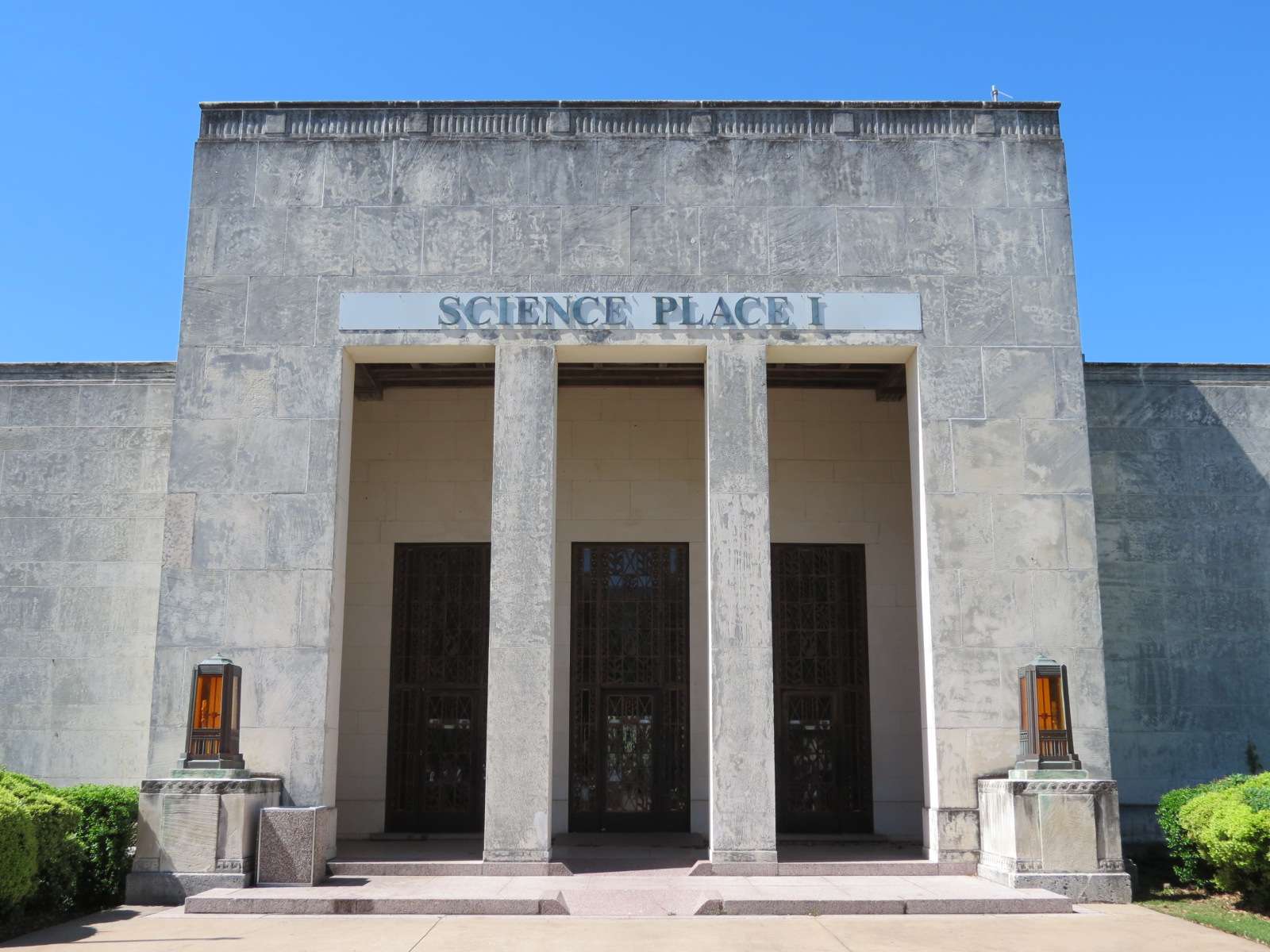
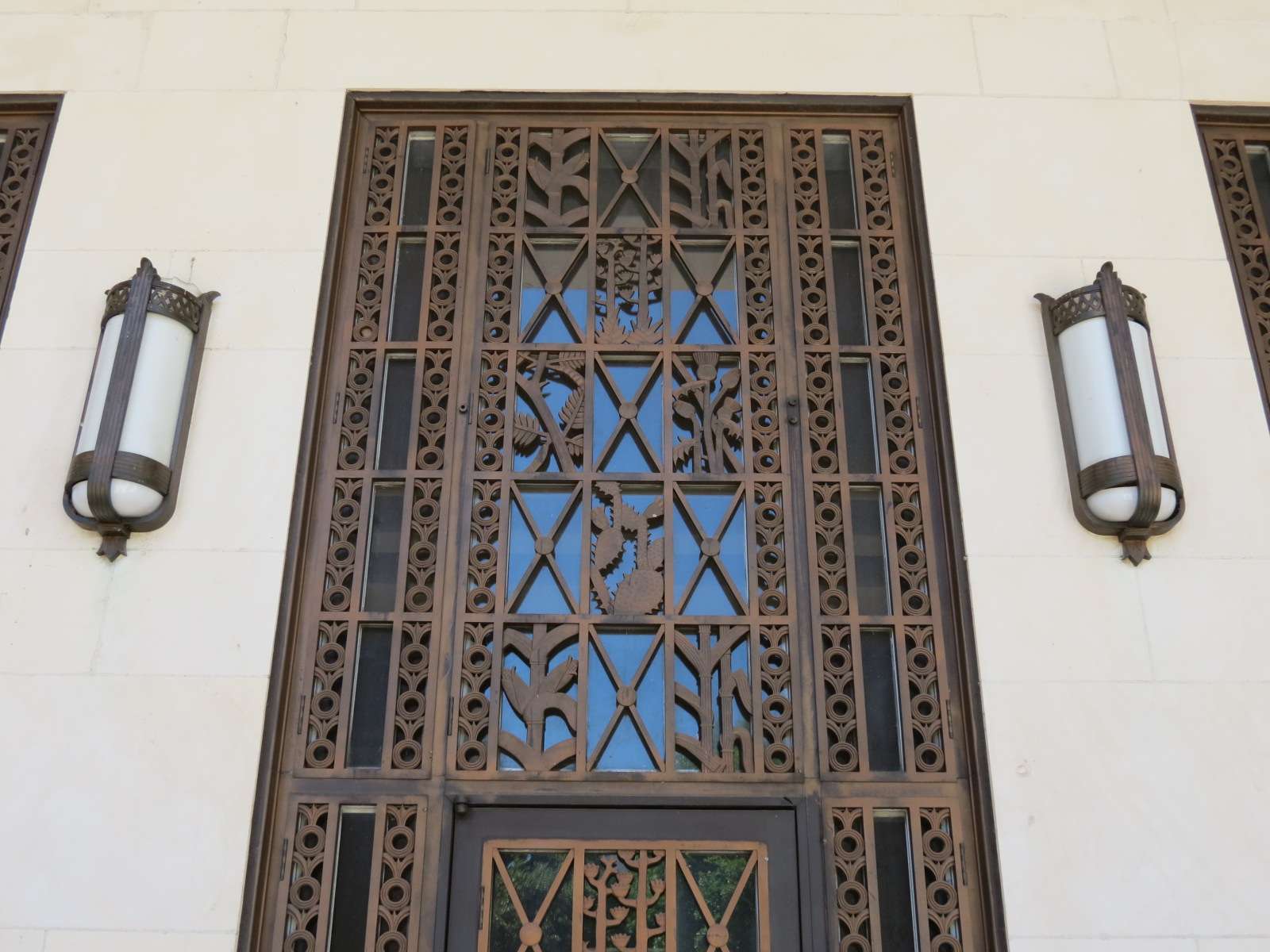
Dallas Museum of Natural History:
This building is still used as the smaller Fair Park campus of the Perot Museum of Nature and Science, despite the main museum moving across town.
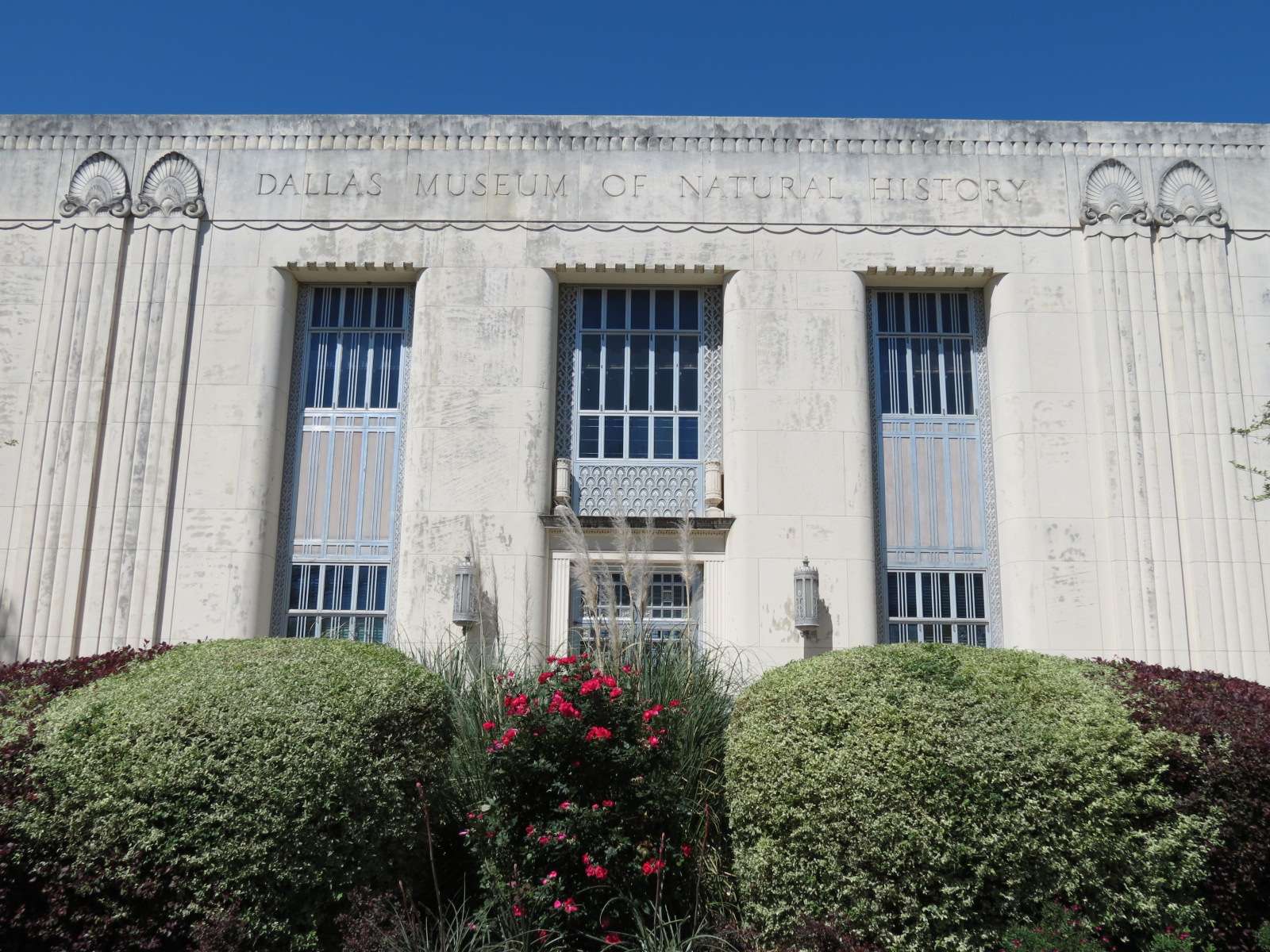

State of Texas Building:
Now called the Hall of State, this impressive edifice of Art Deco ornamentation is located at the far end of the Esplanade axis pictured earlier. Inside its entrance, the semi-circular Hall of Heroes leads to the Great Hall. Smaller themed rooms are also reached from the Hall of Heroes: West Texas Room and East Texas Room on one side and the North Texas Room and South Texas Room on the other. The building is home to the Dallas Historical Society, although the halls are largely left intact without exhibits so that the original interiors can be enjoyed.
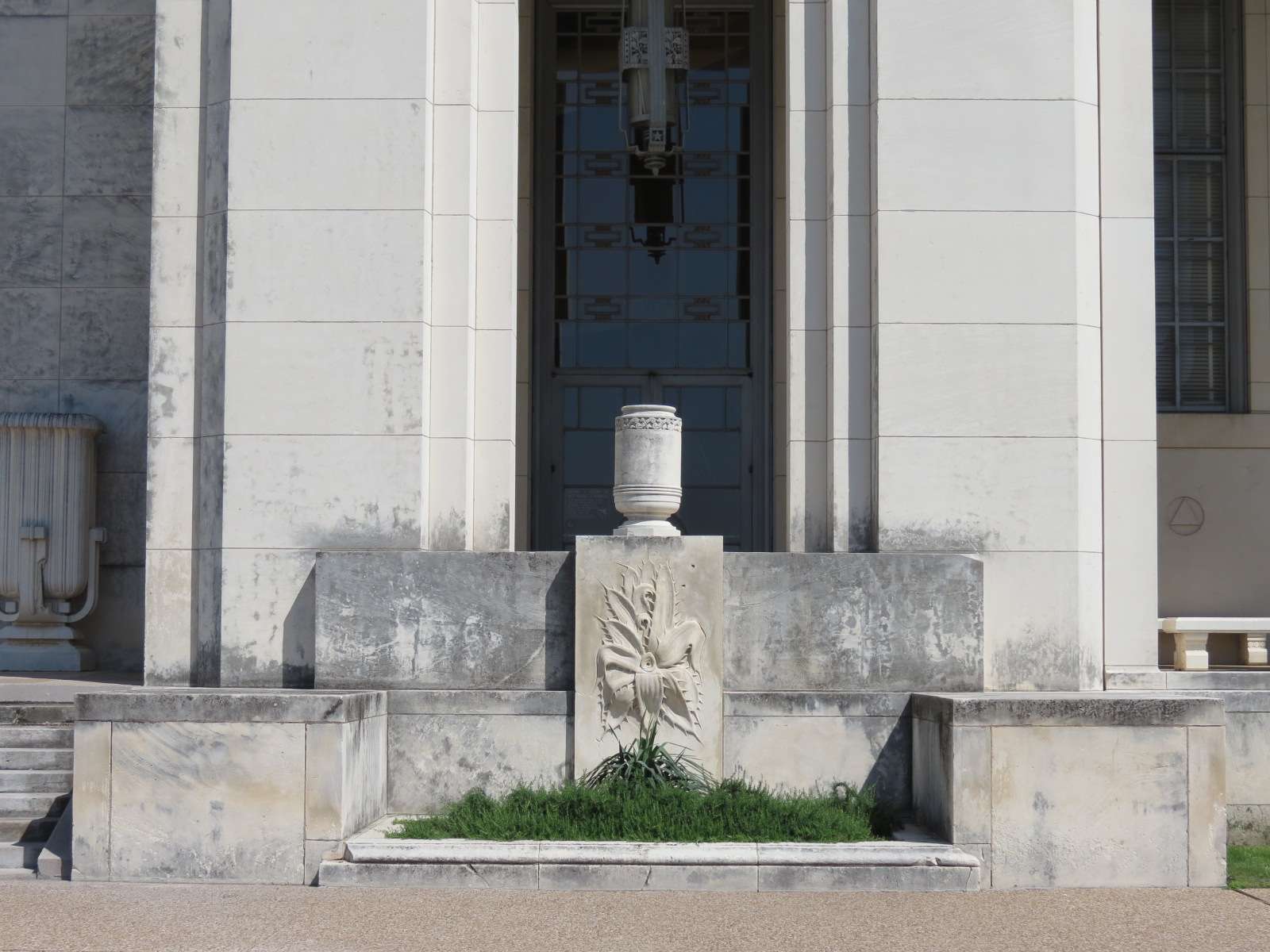
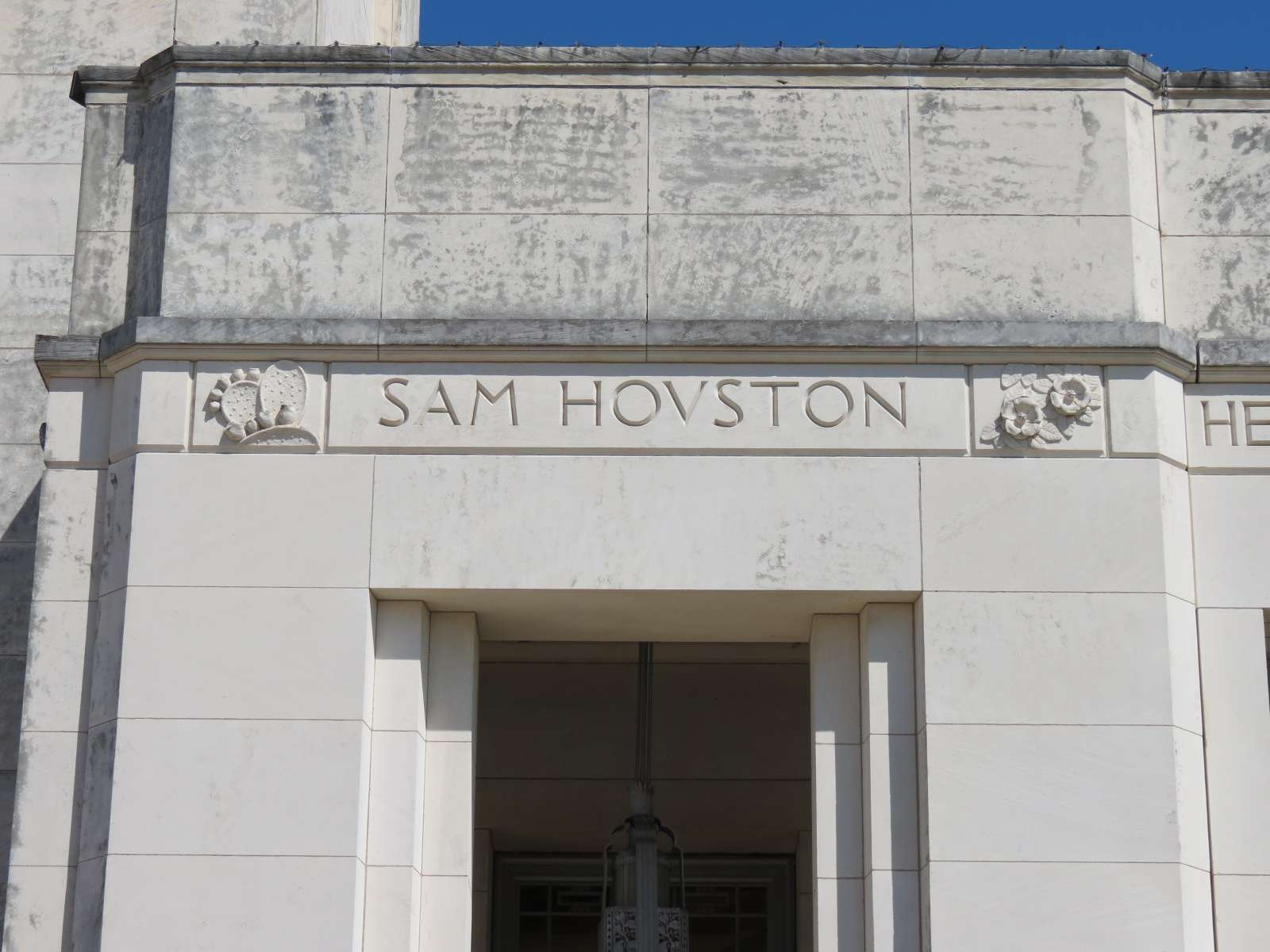
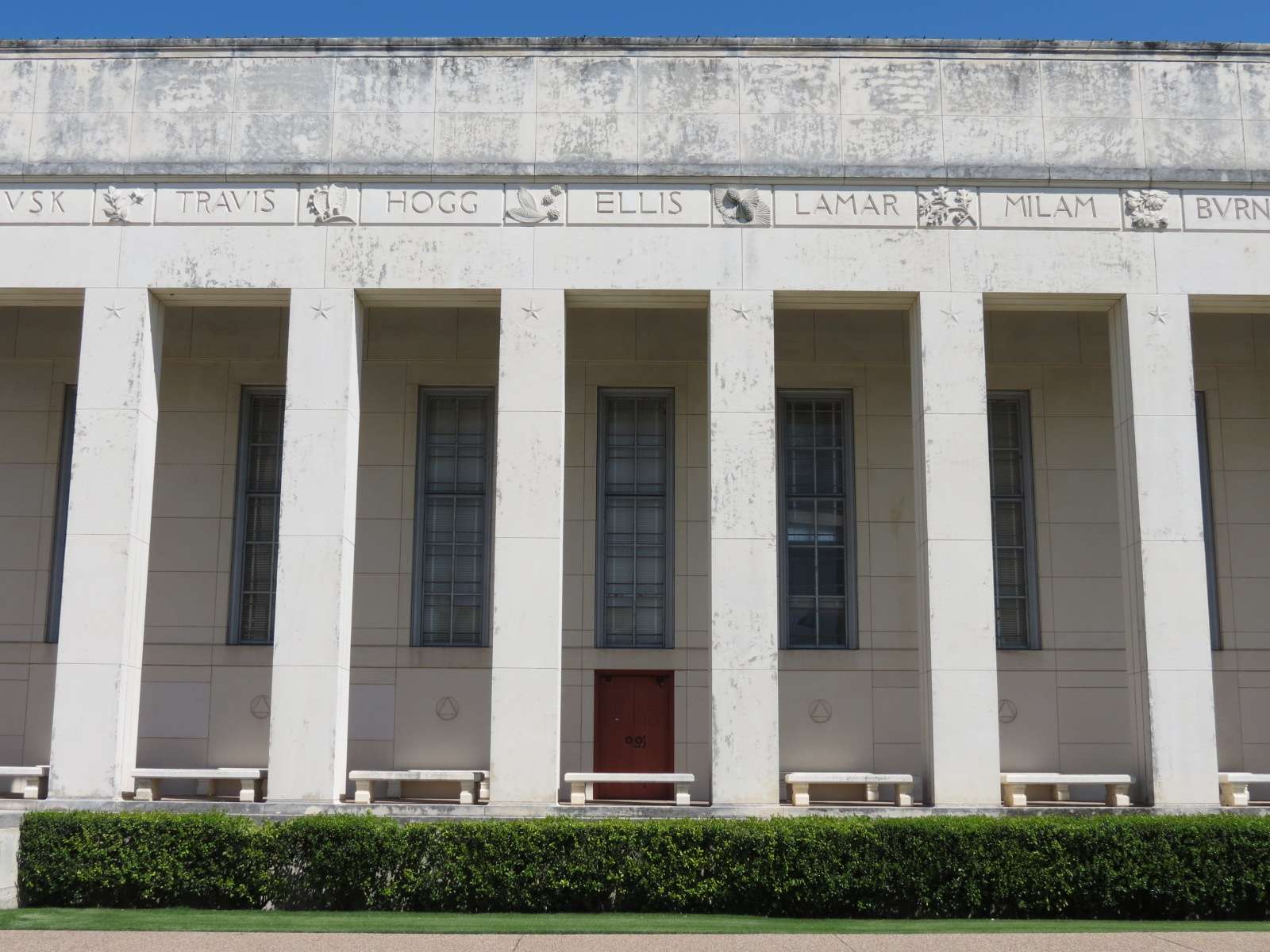
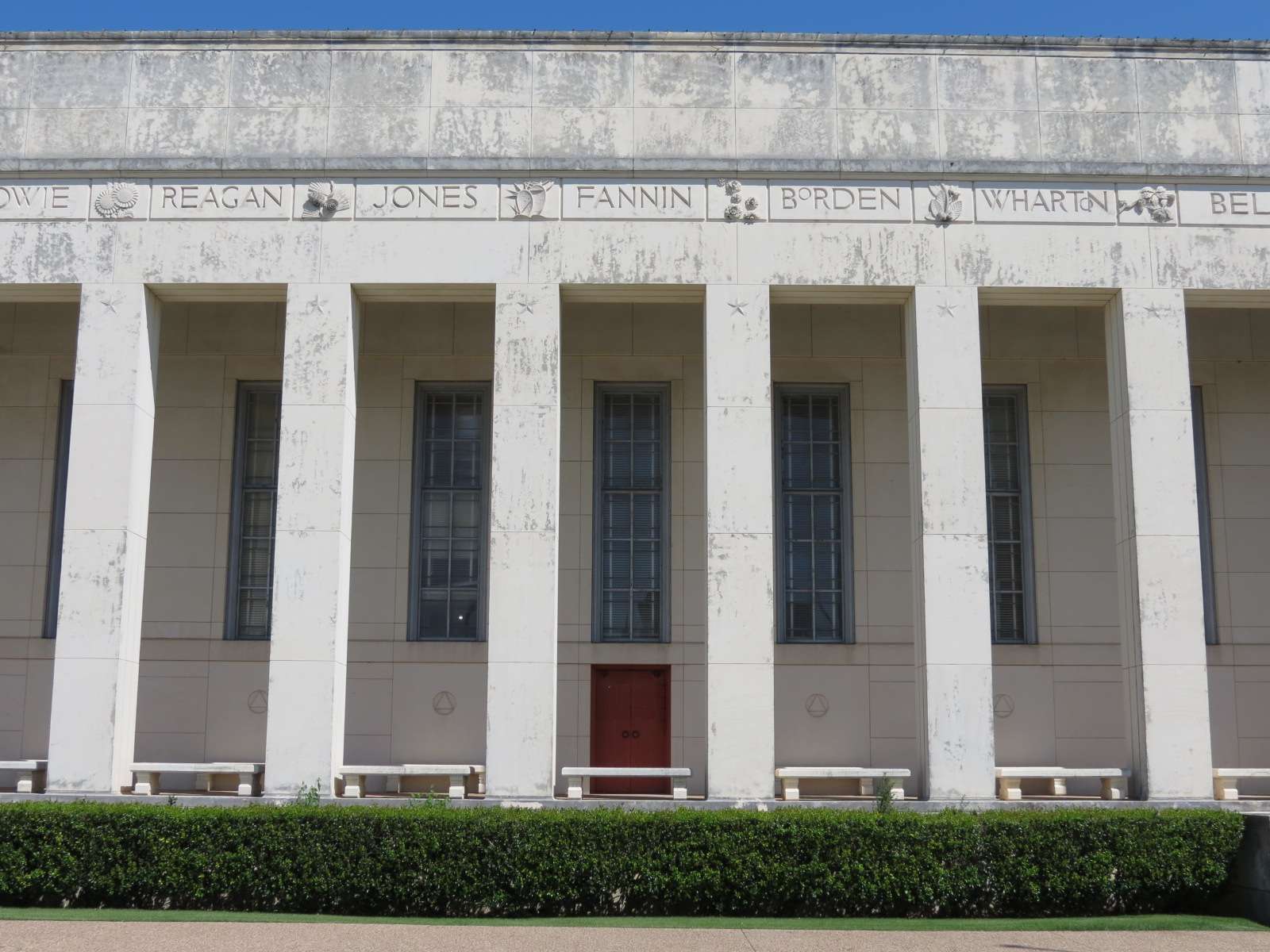
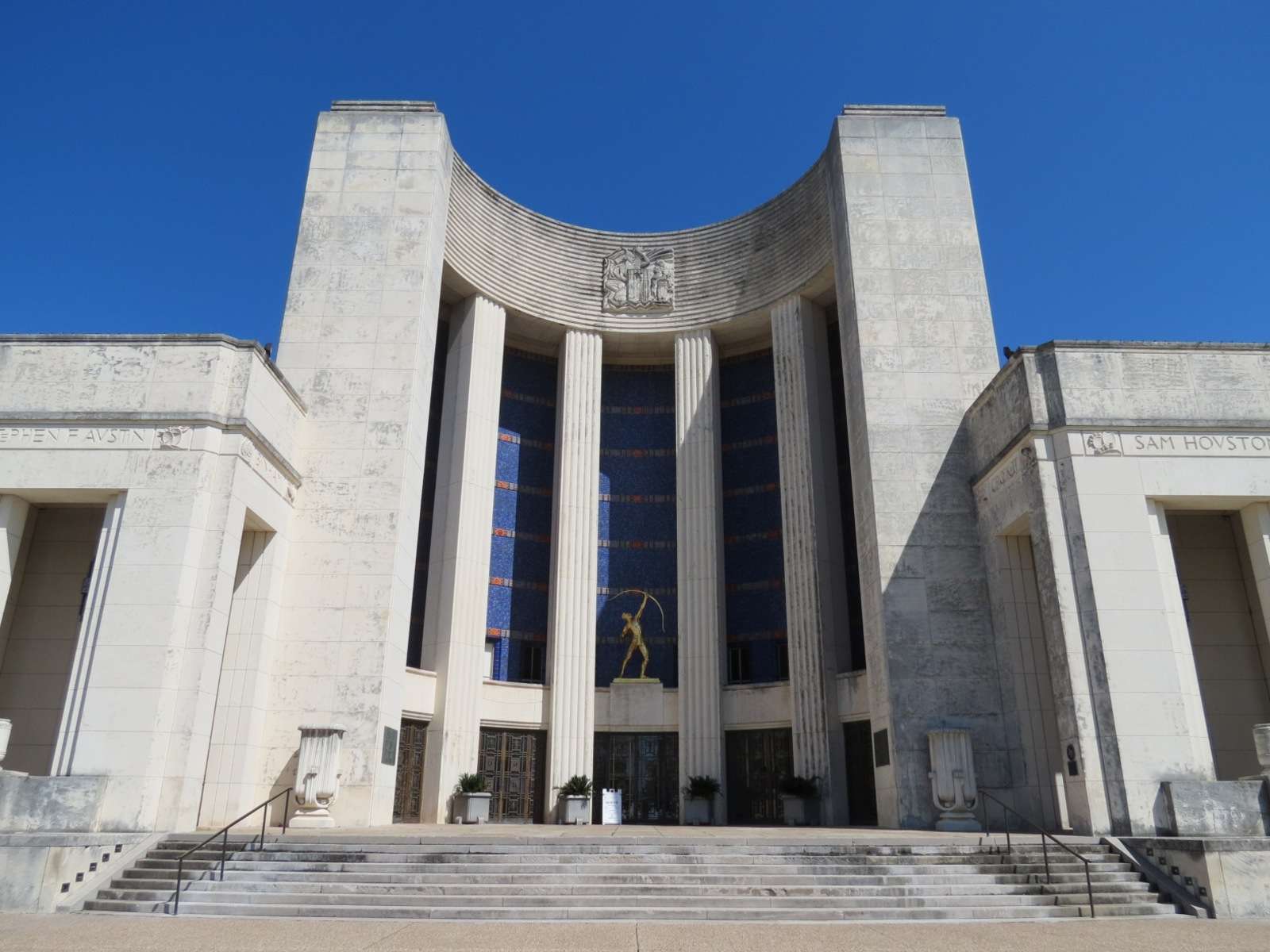
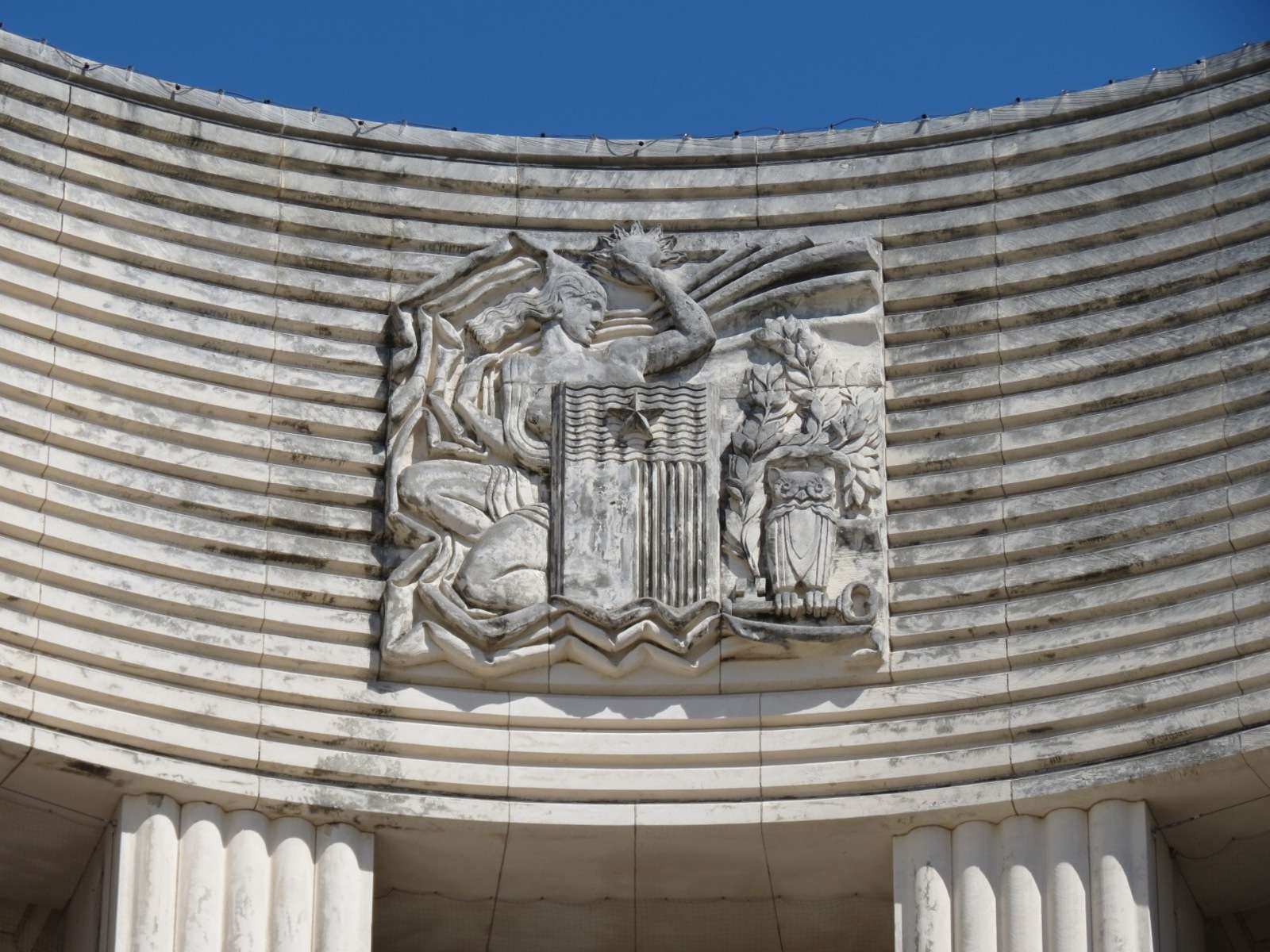
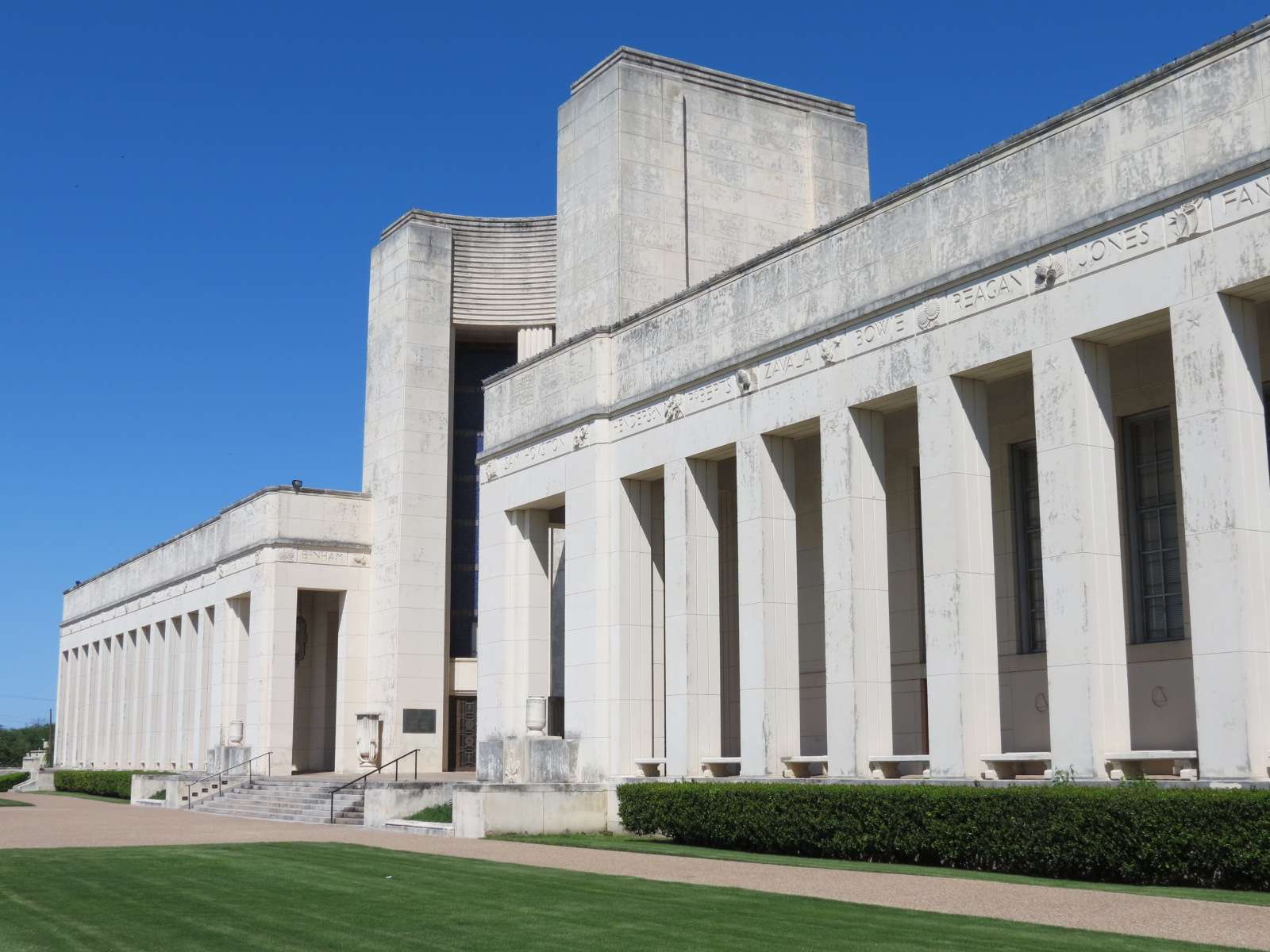

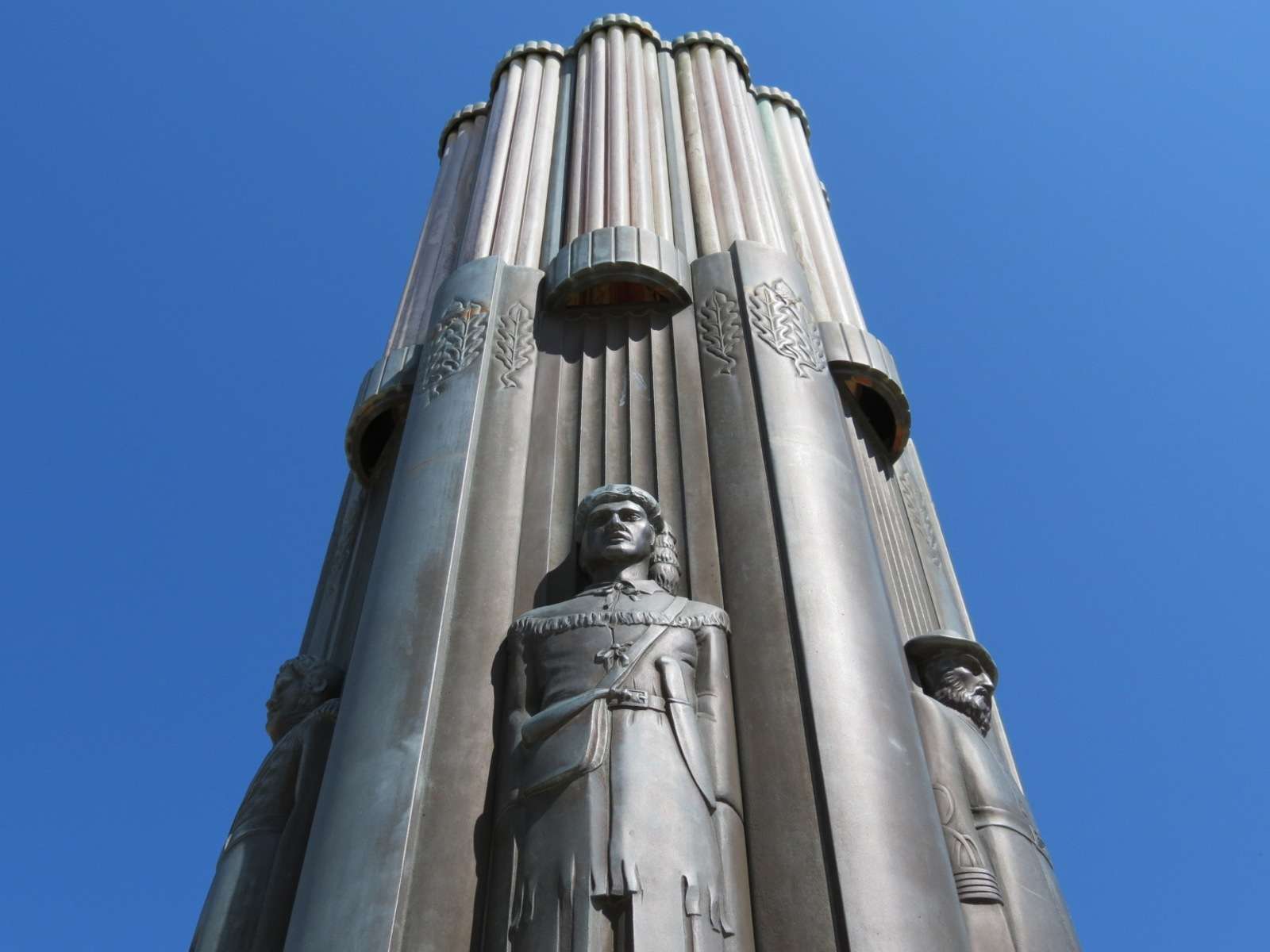
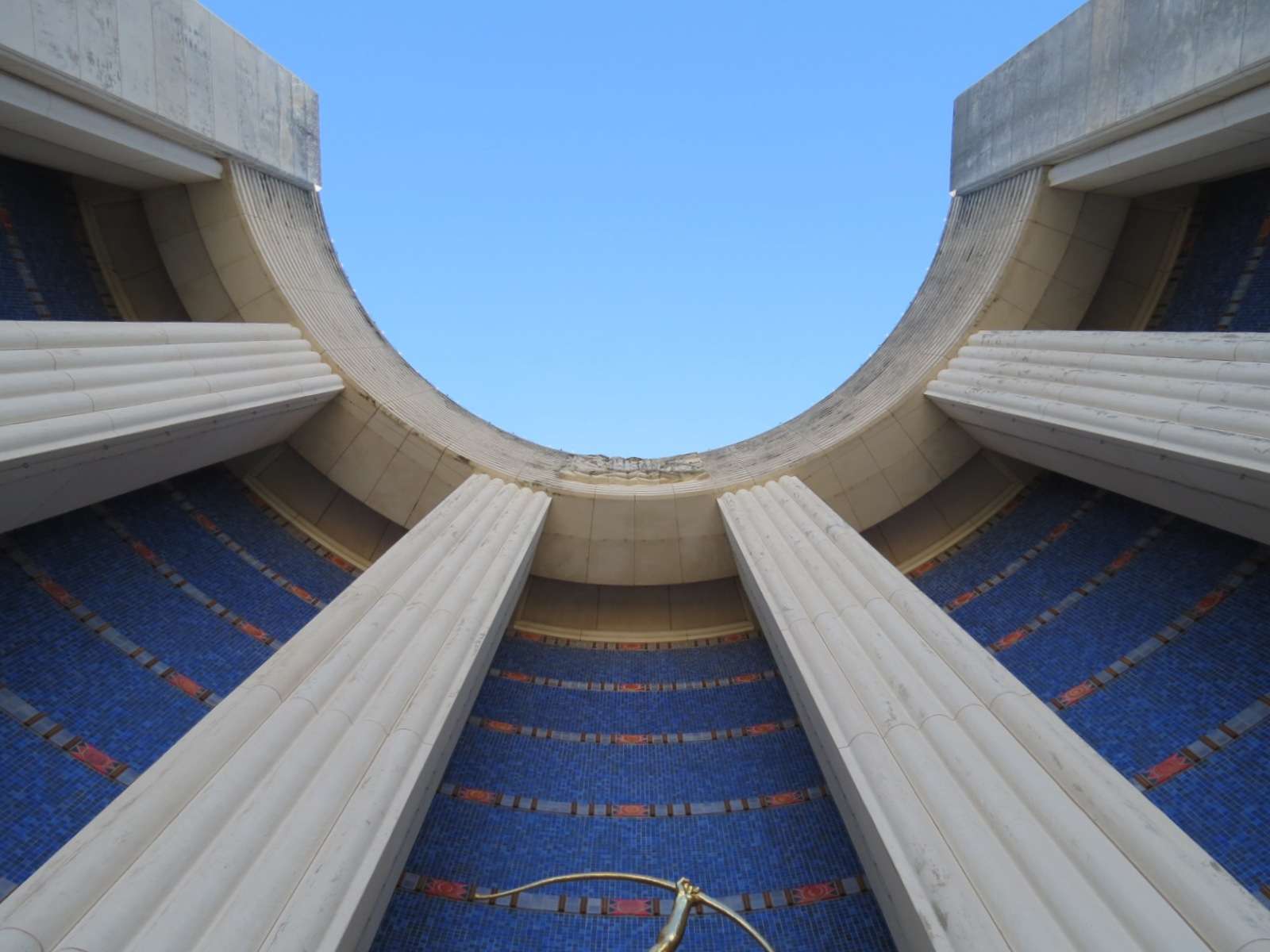
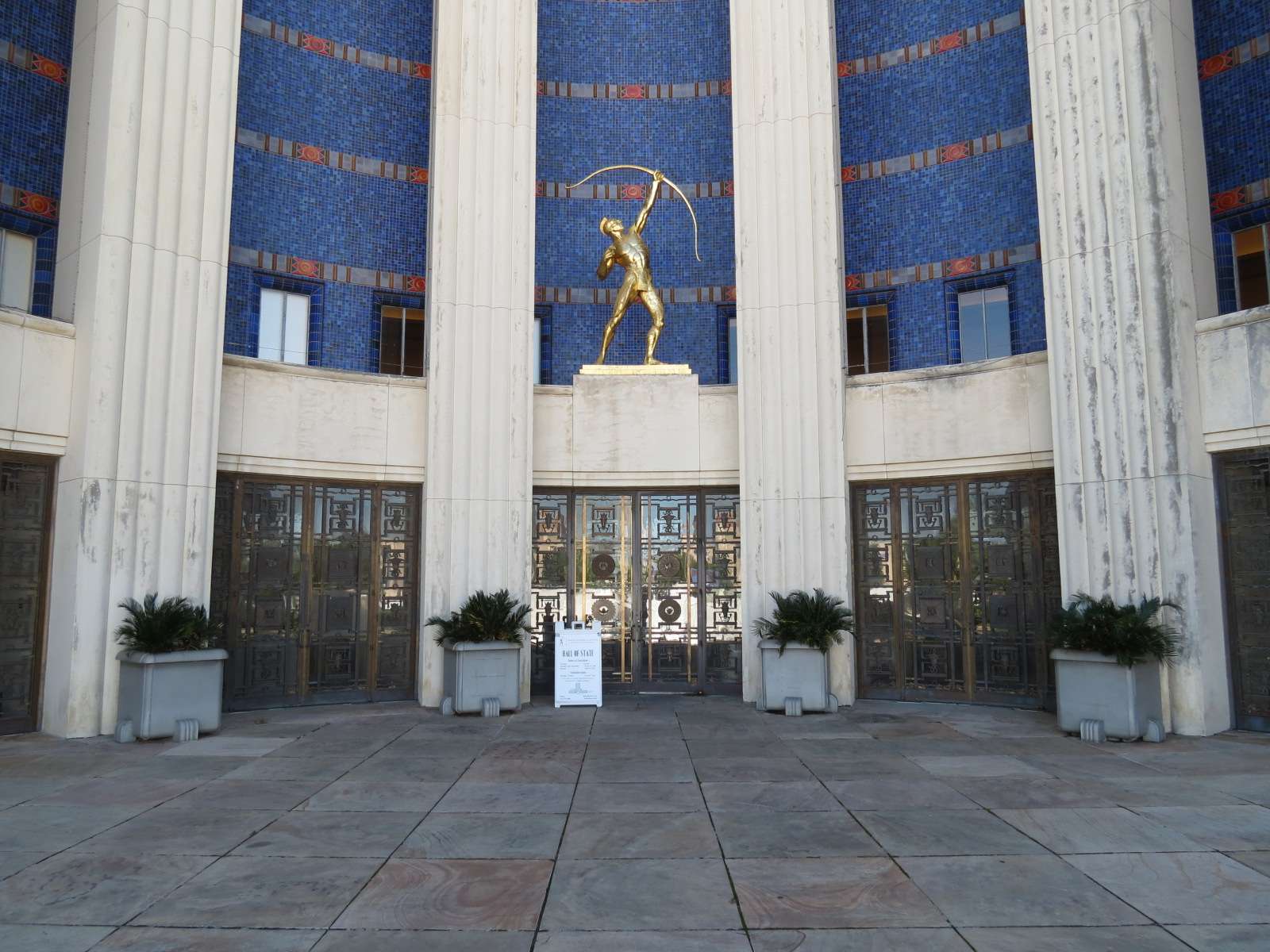

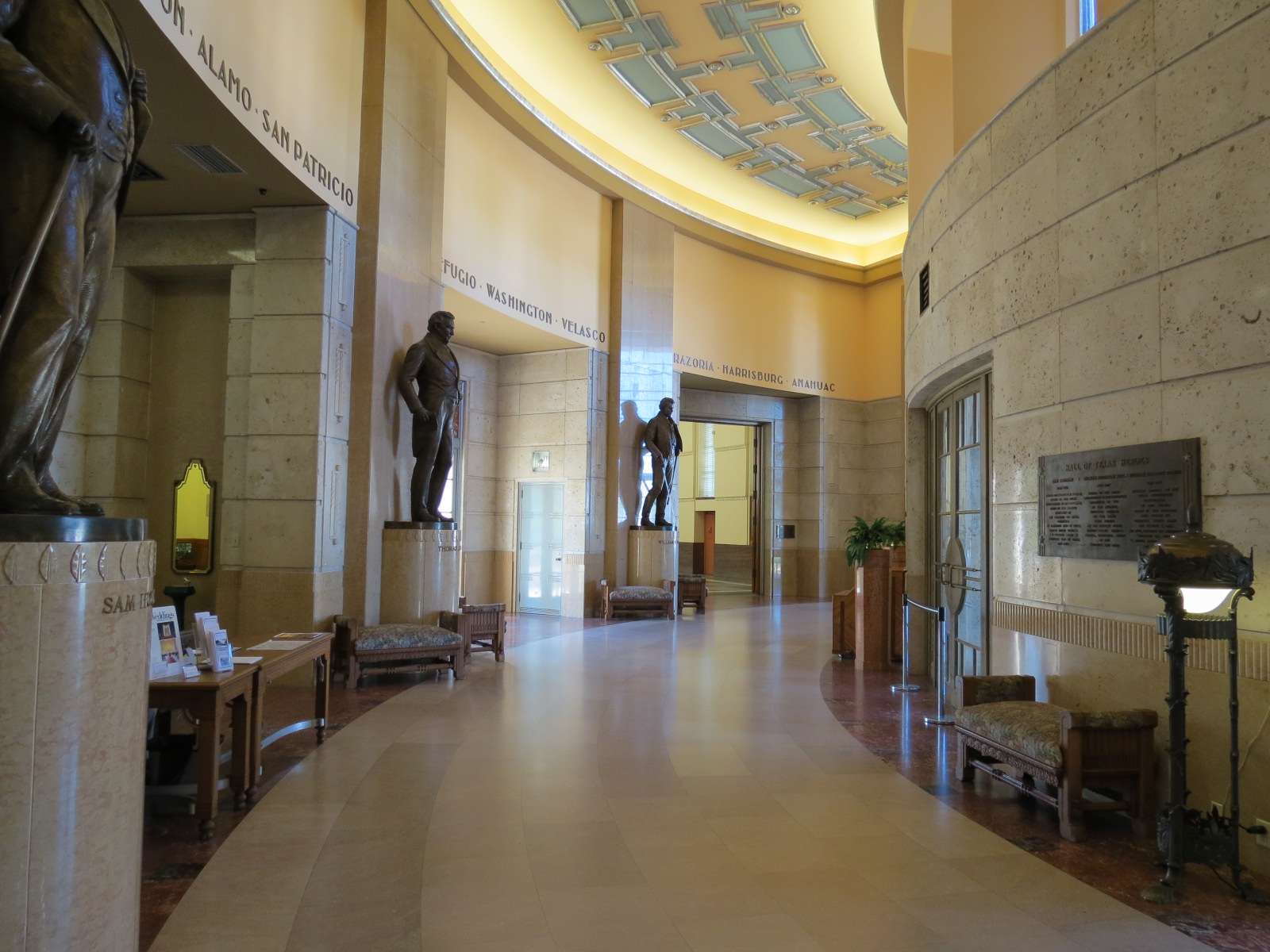
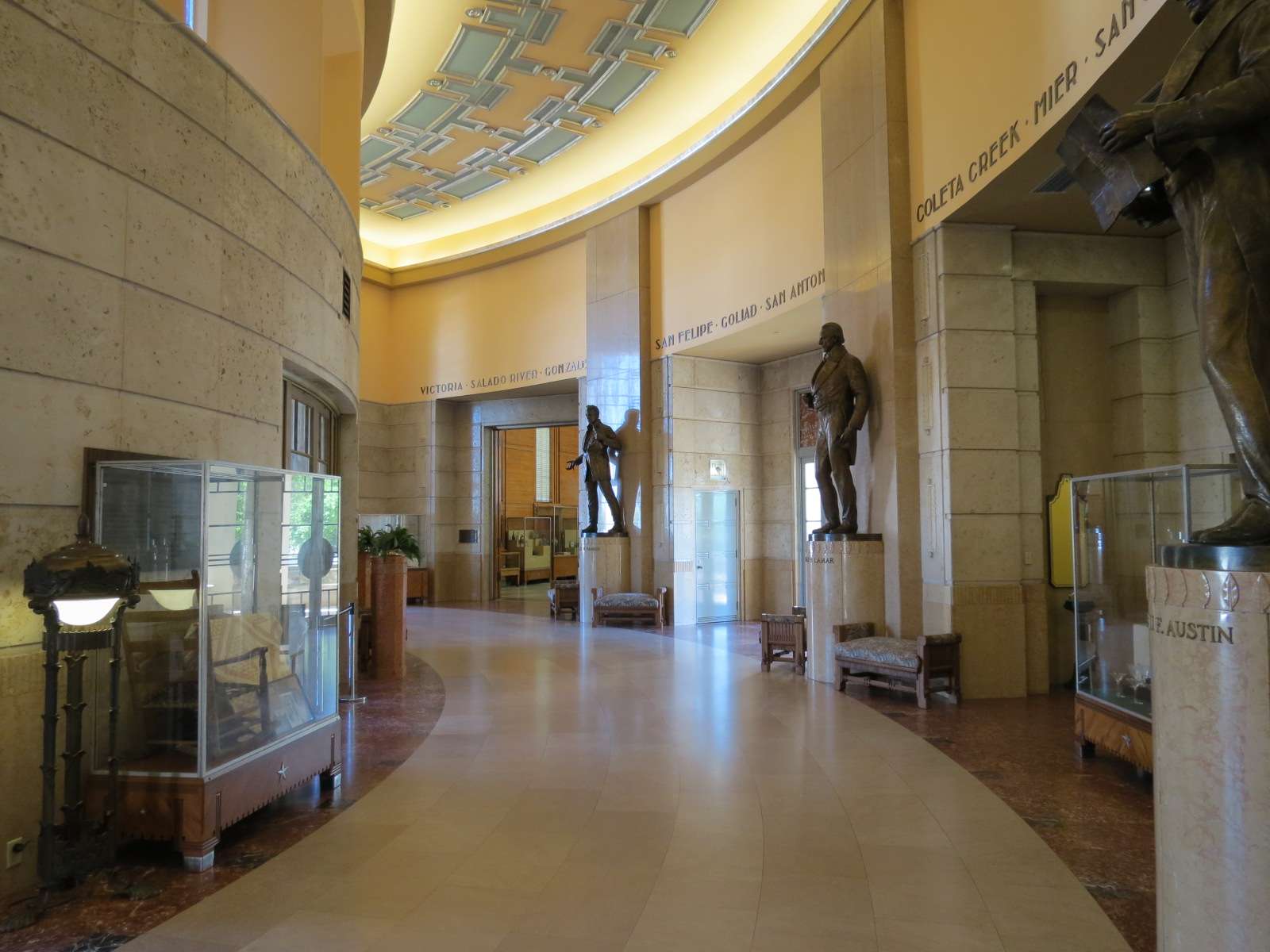
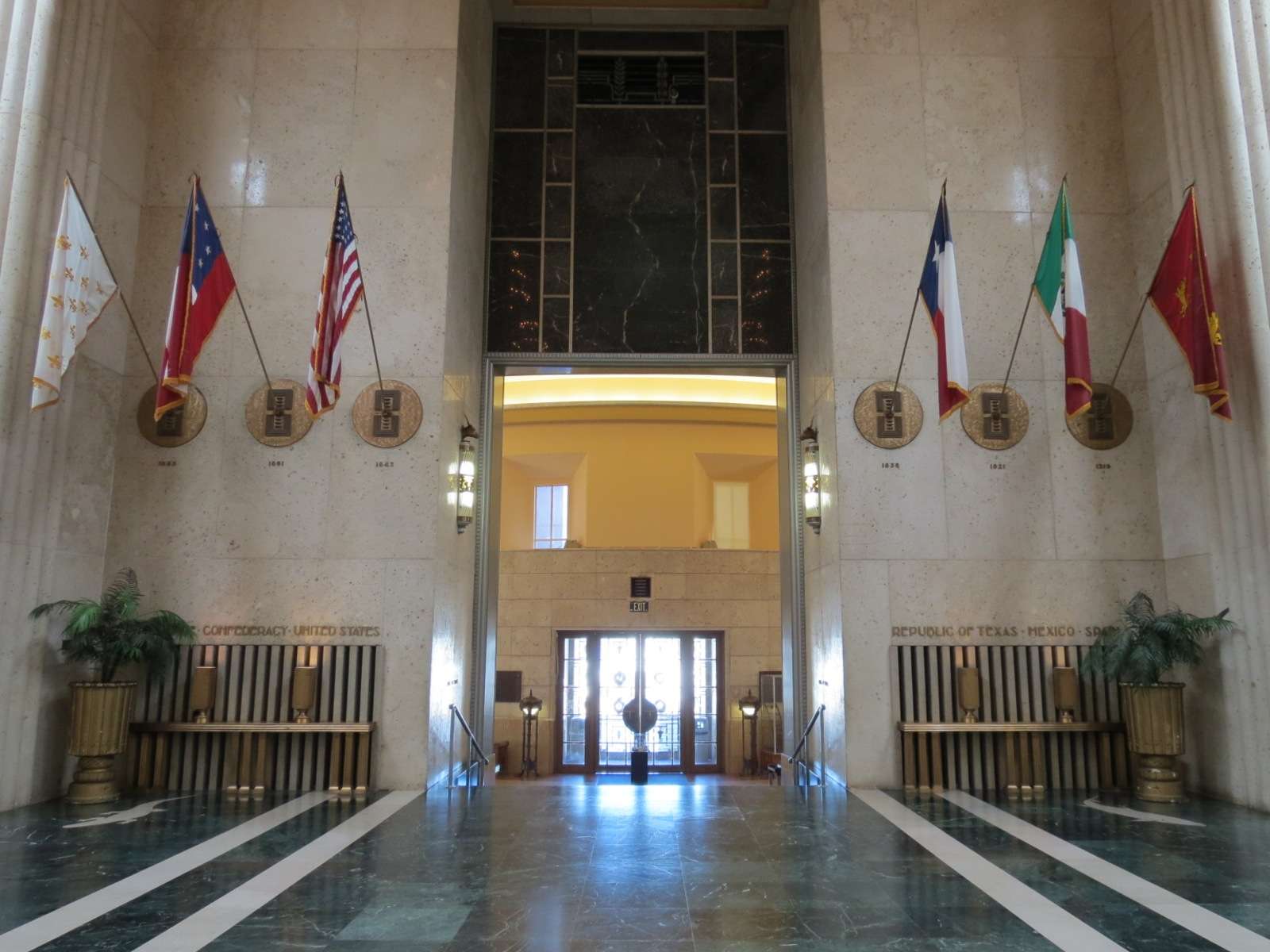

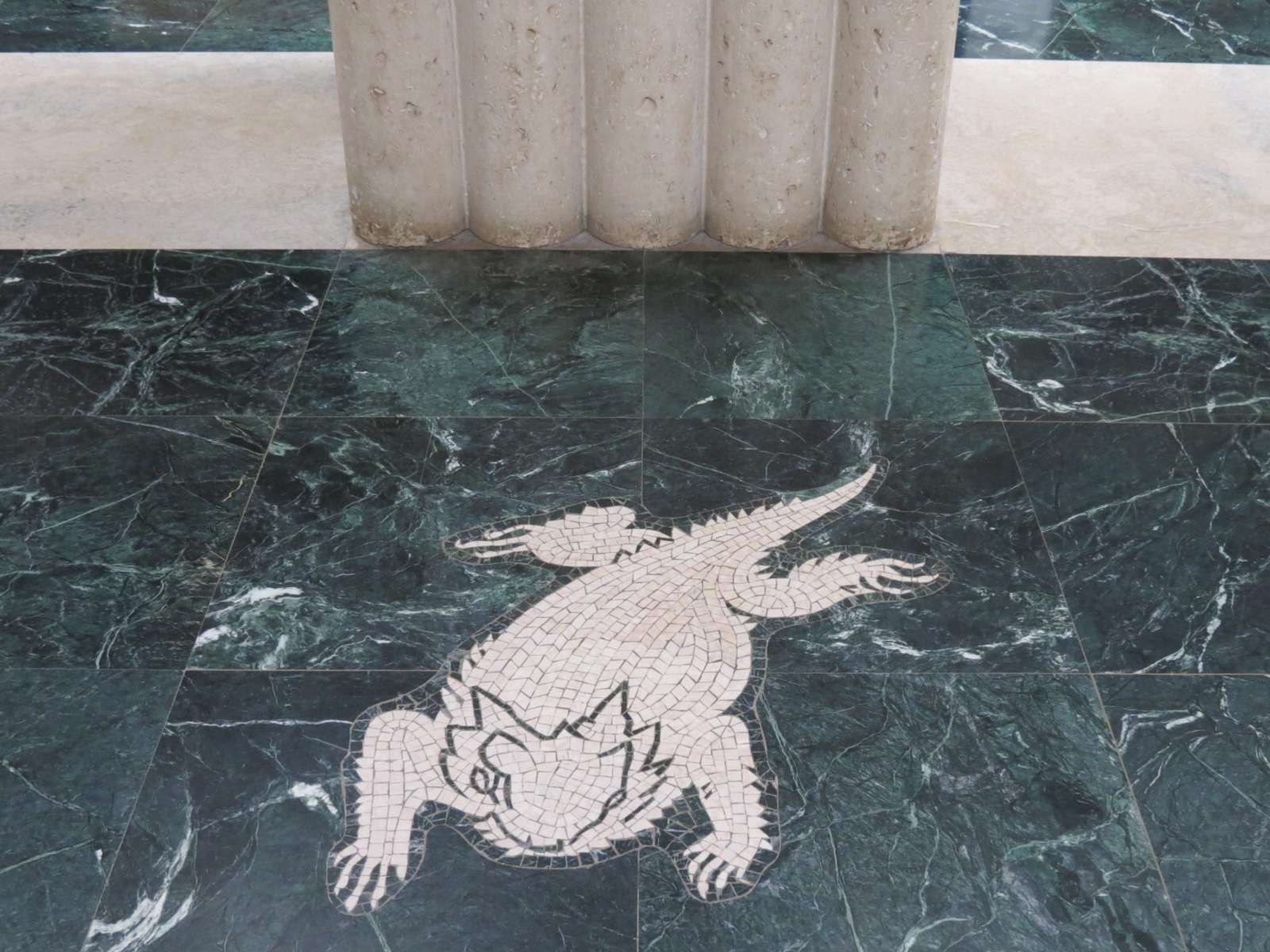
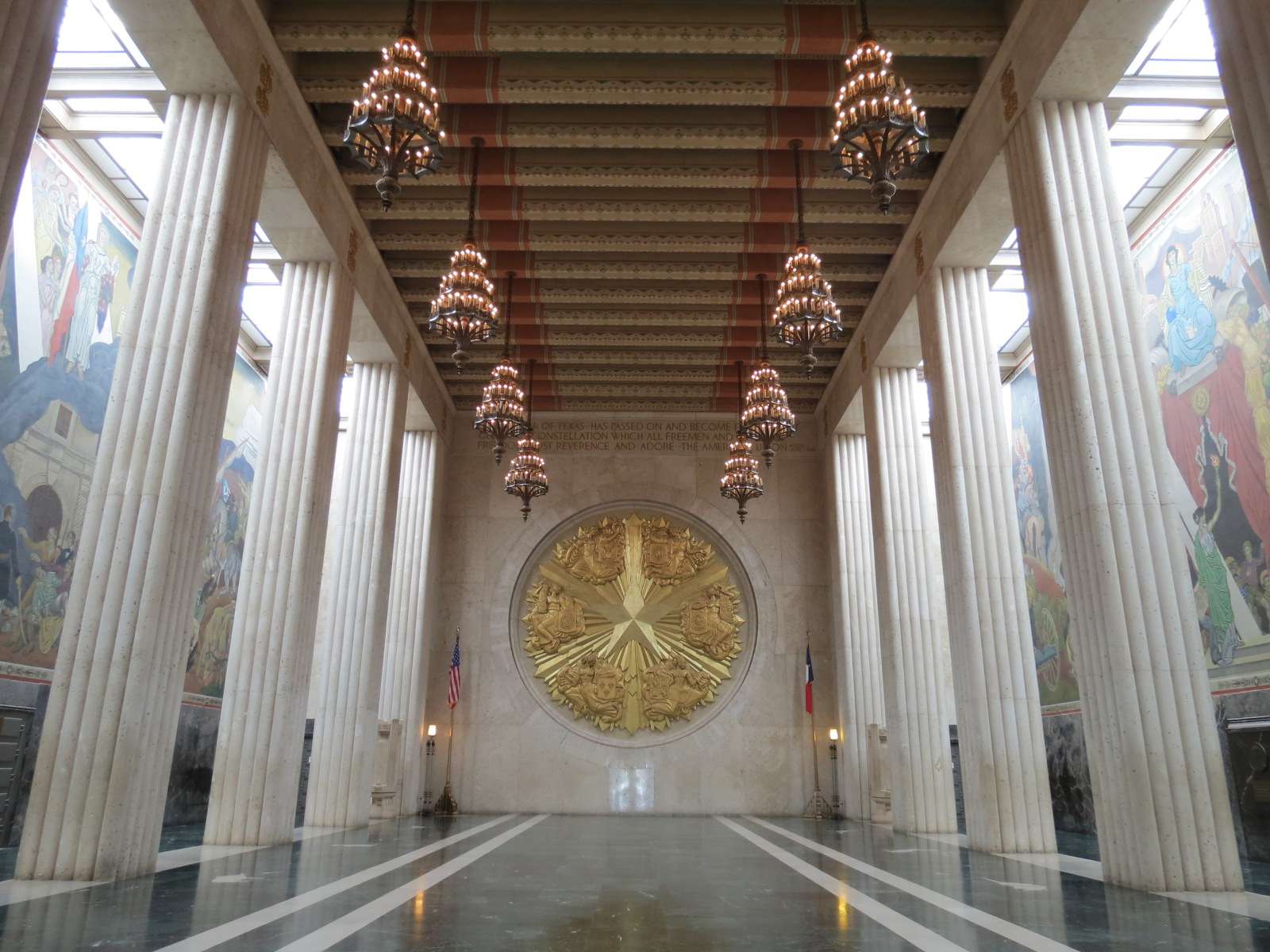
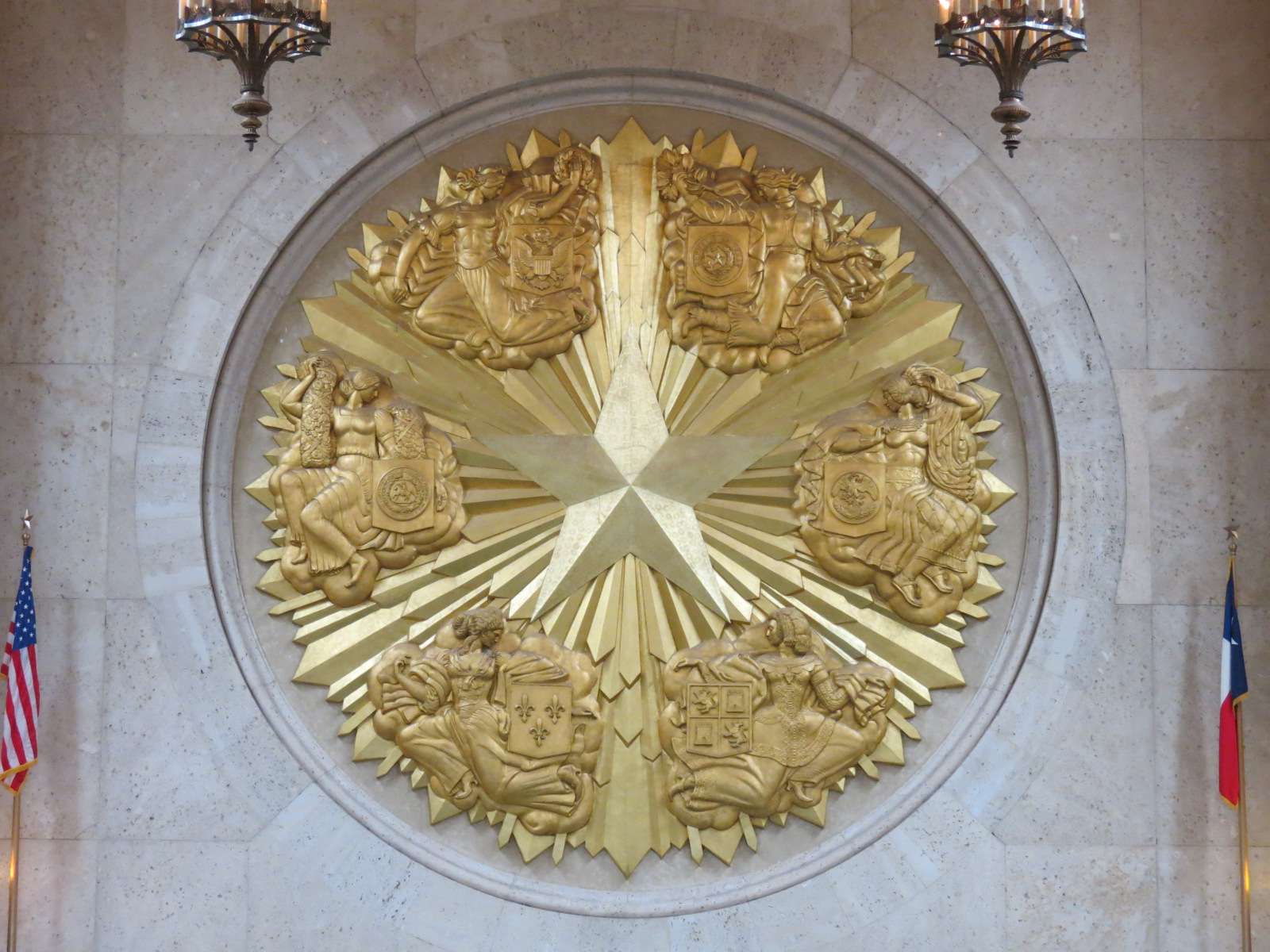
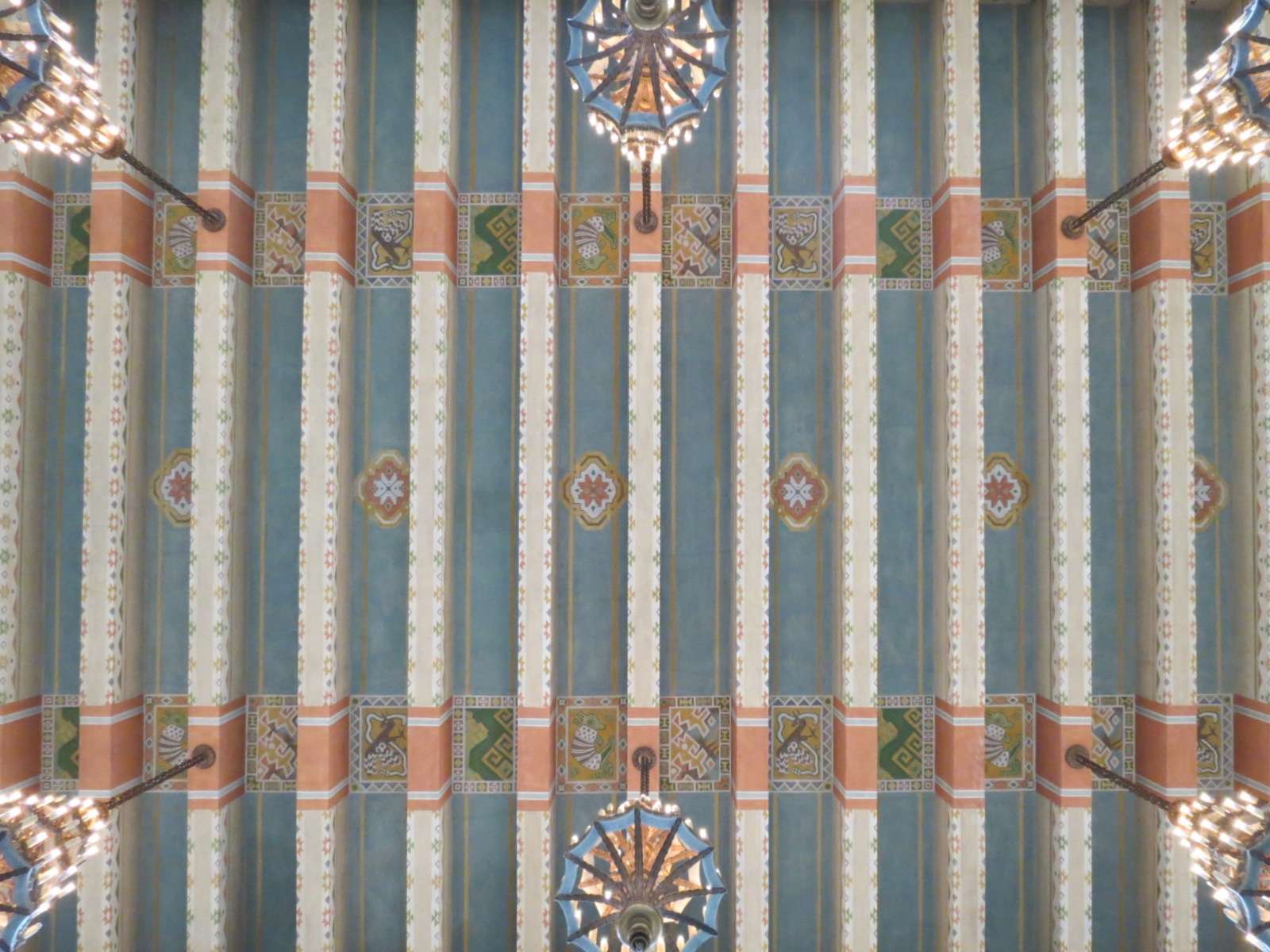
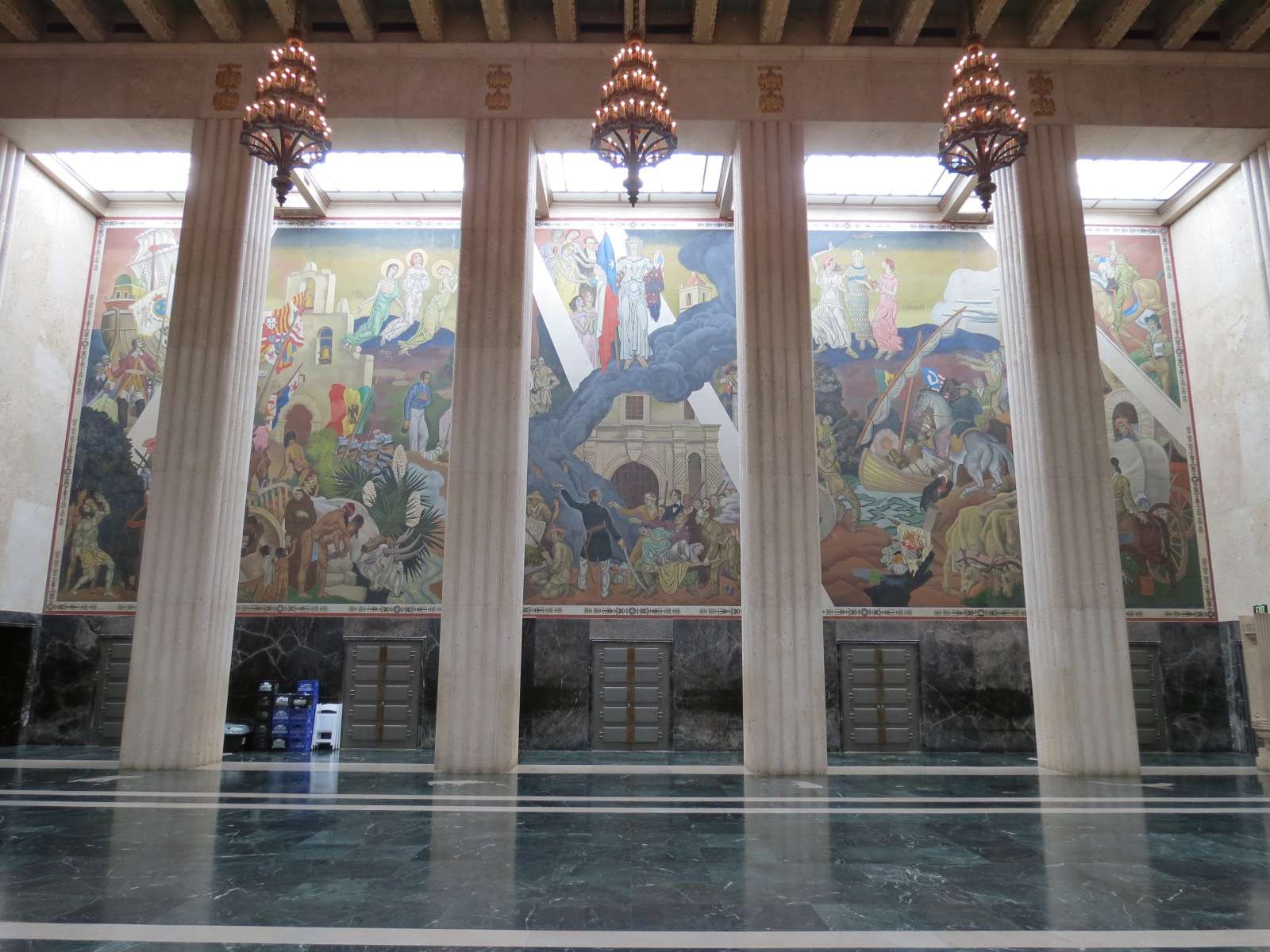

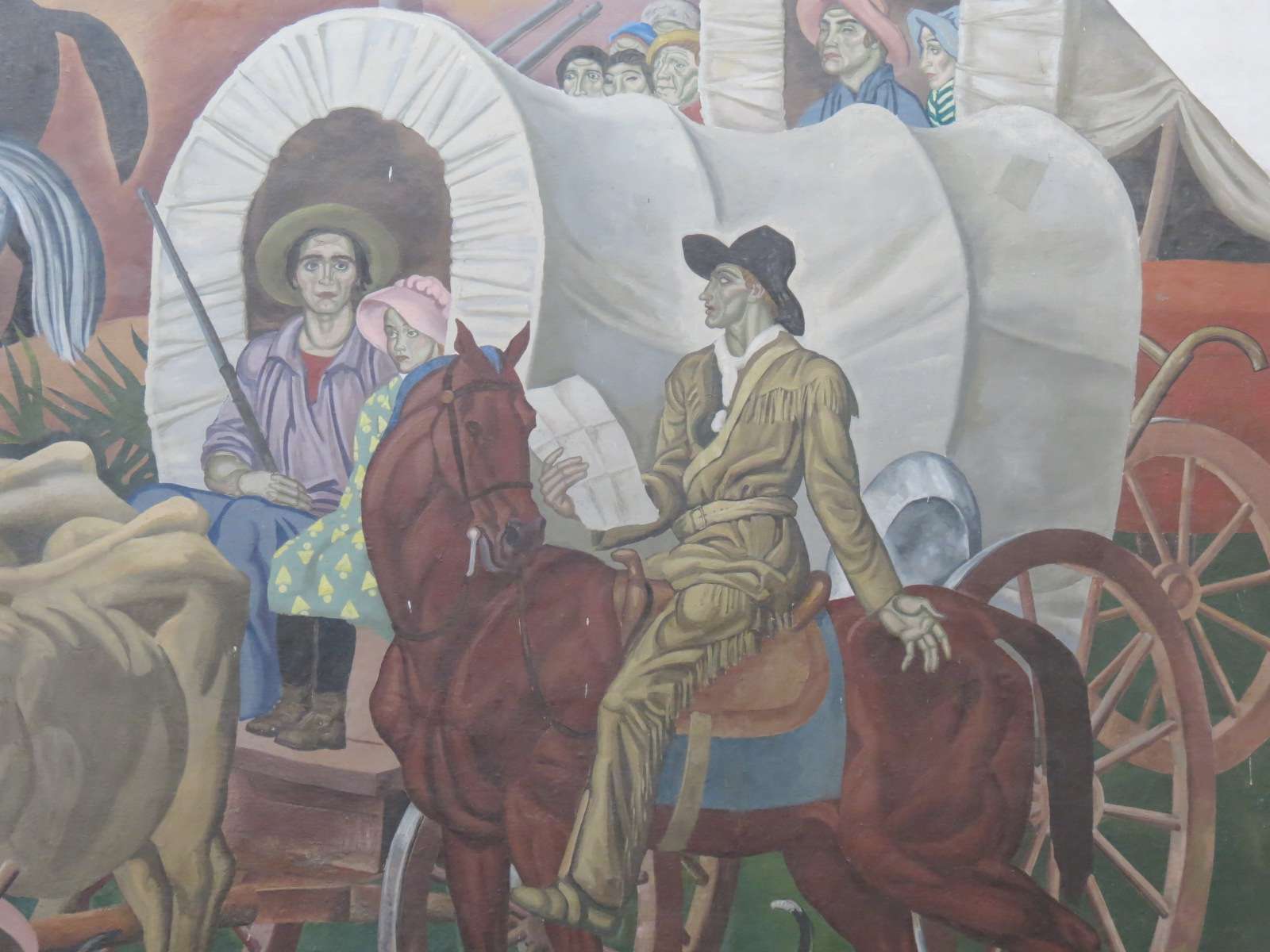
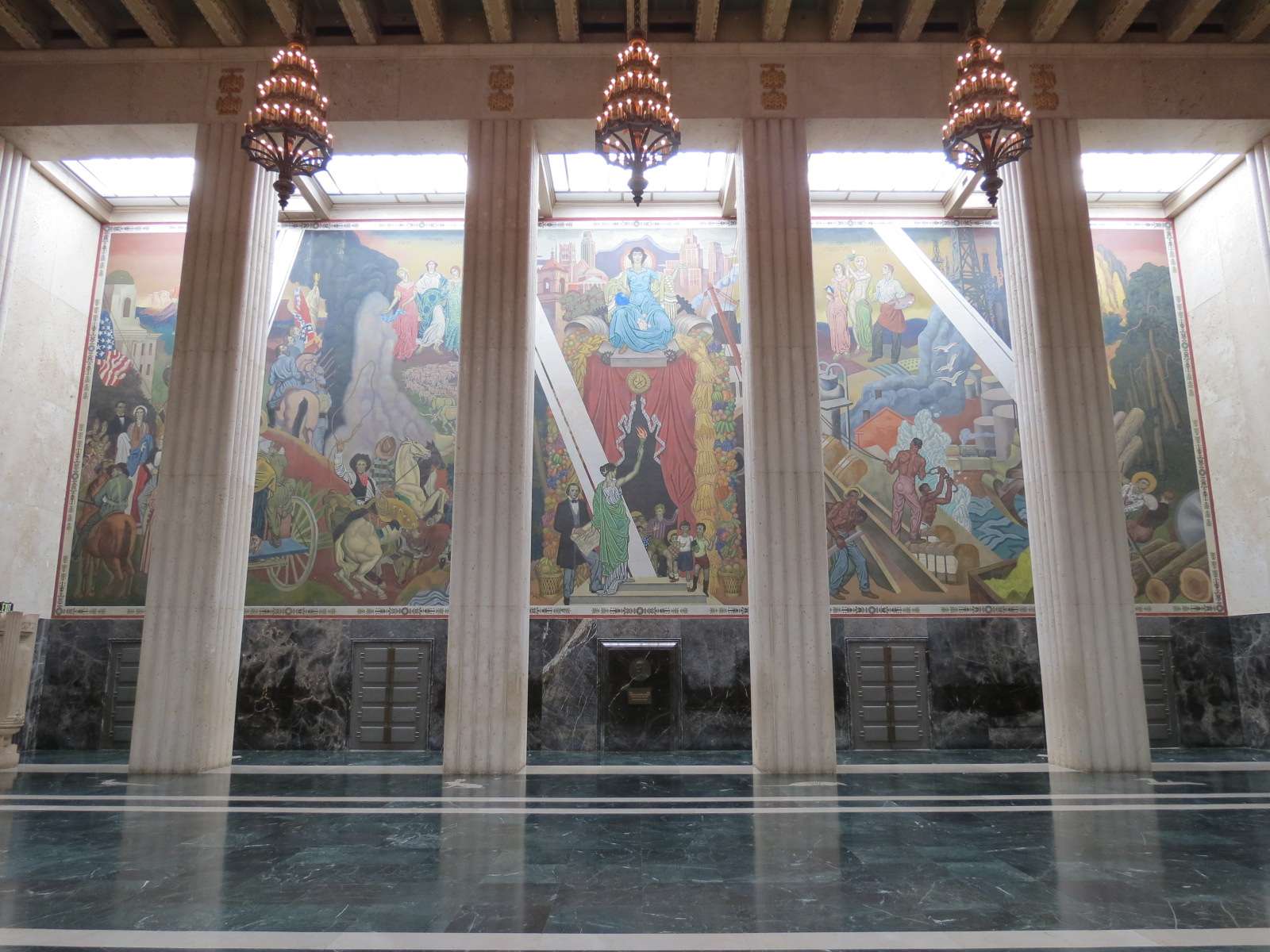
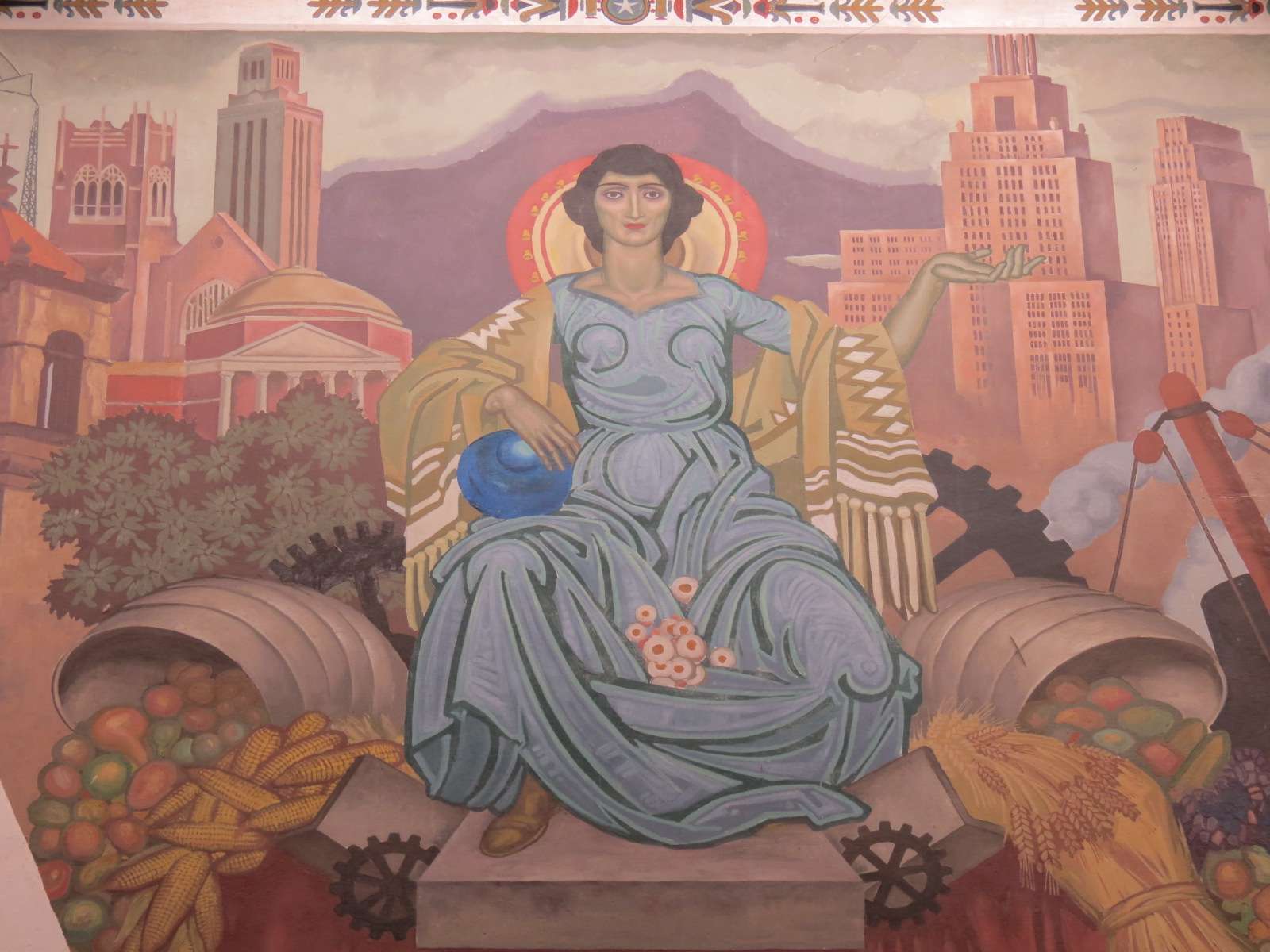
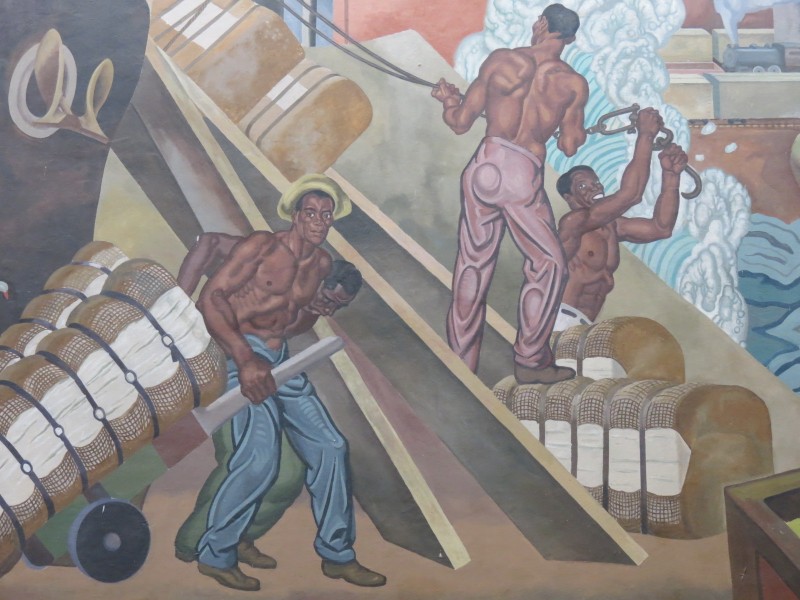
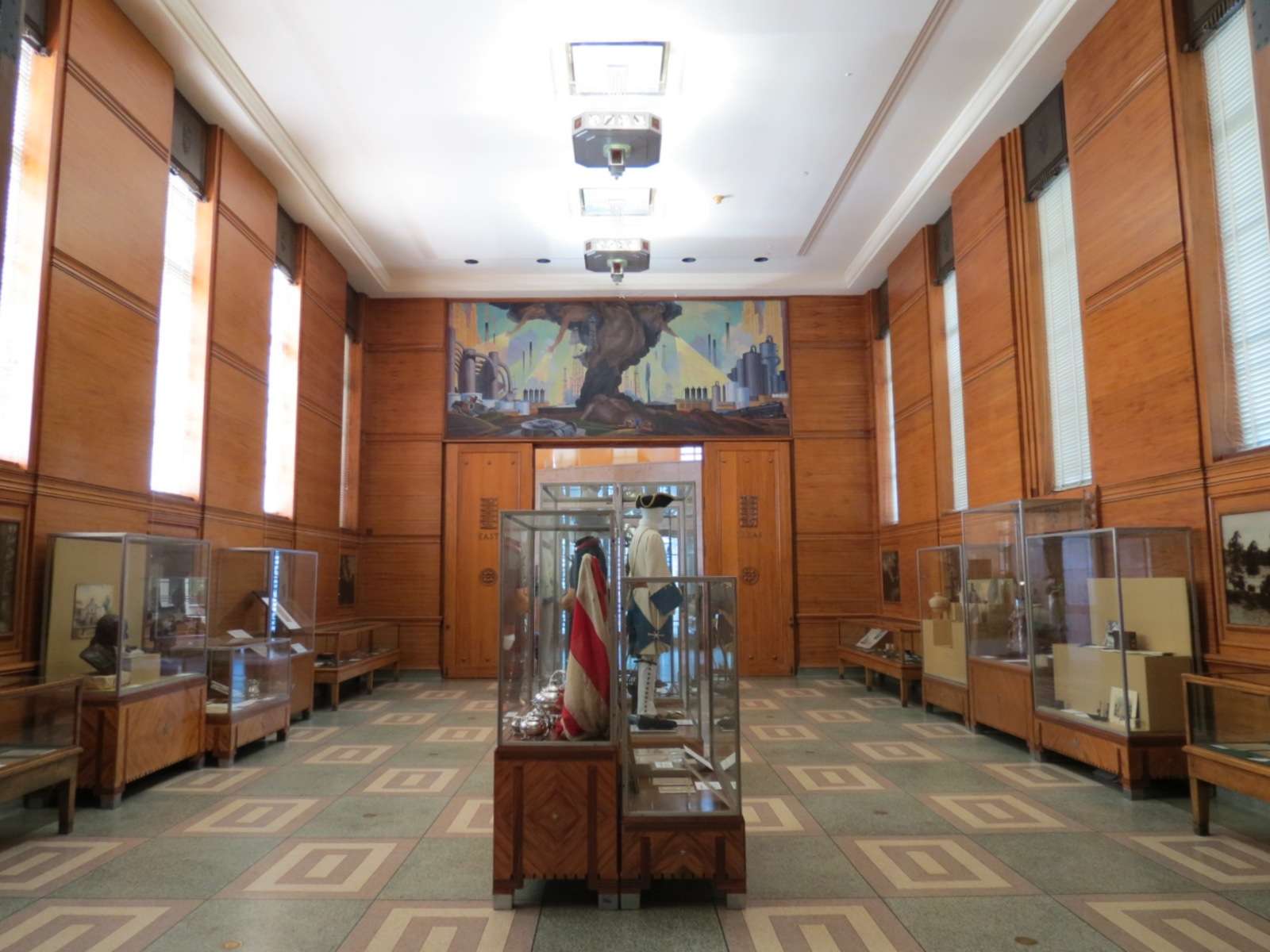
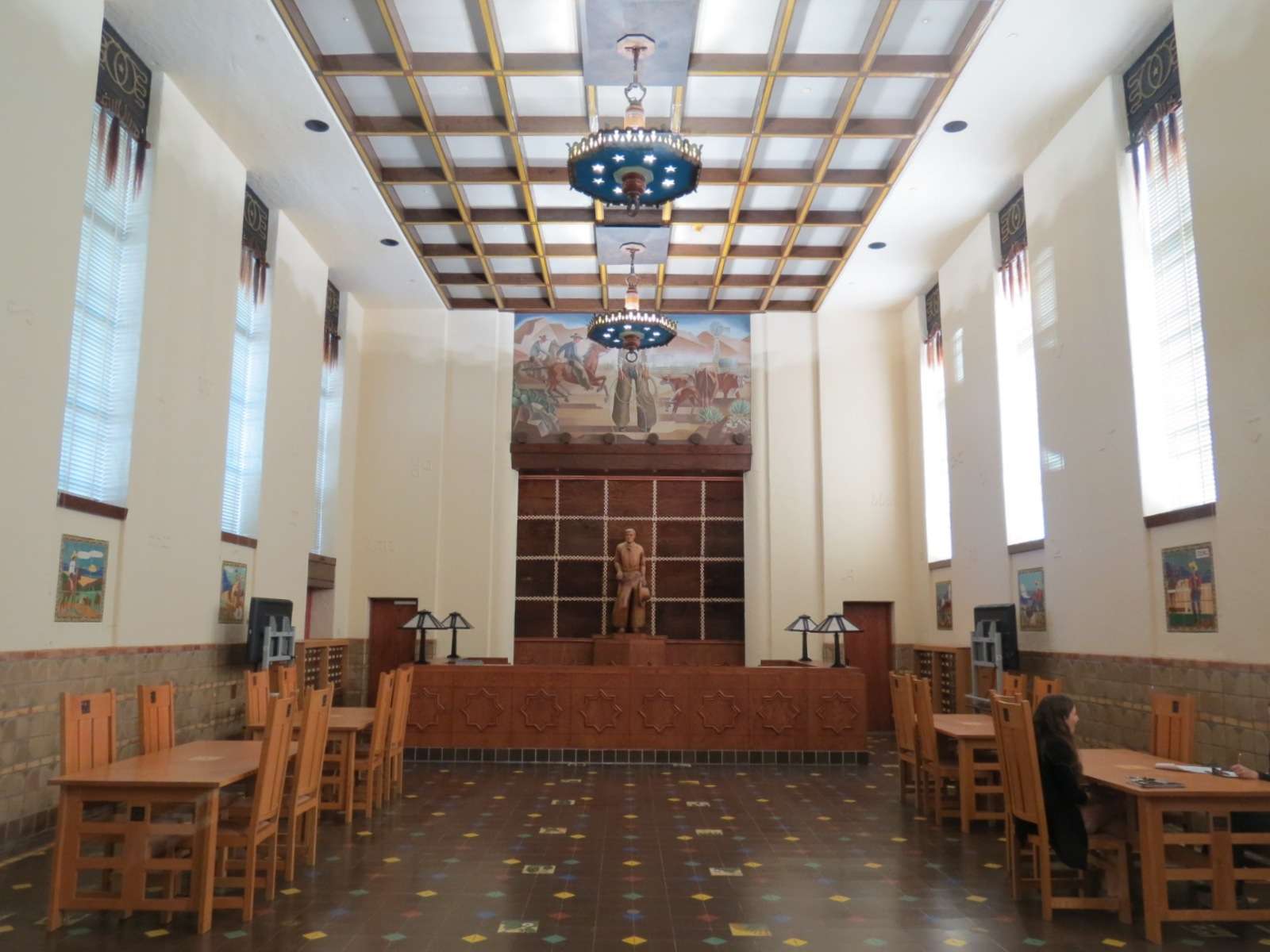
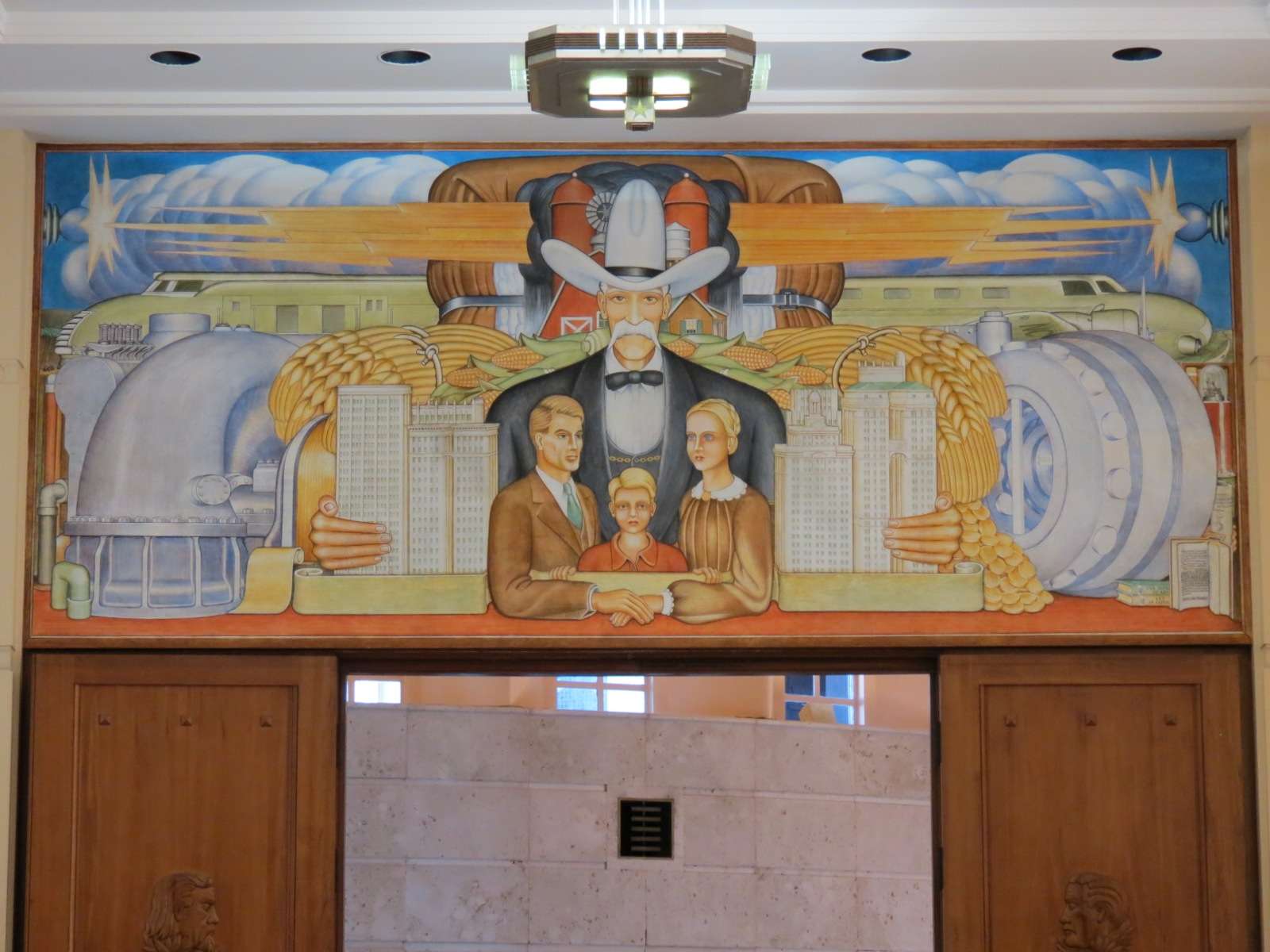
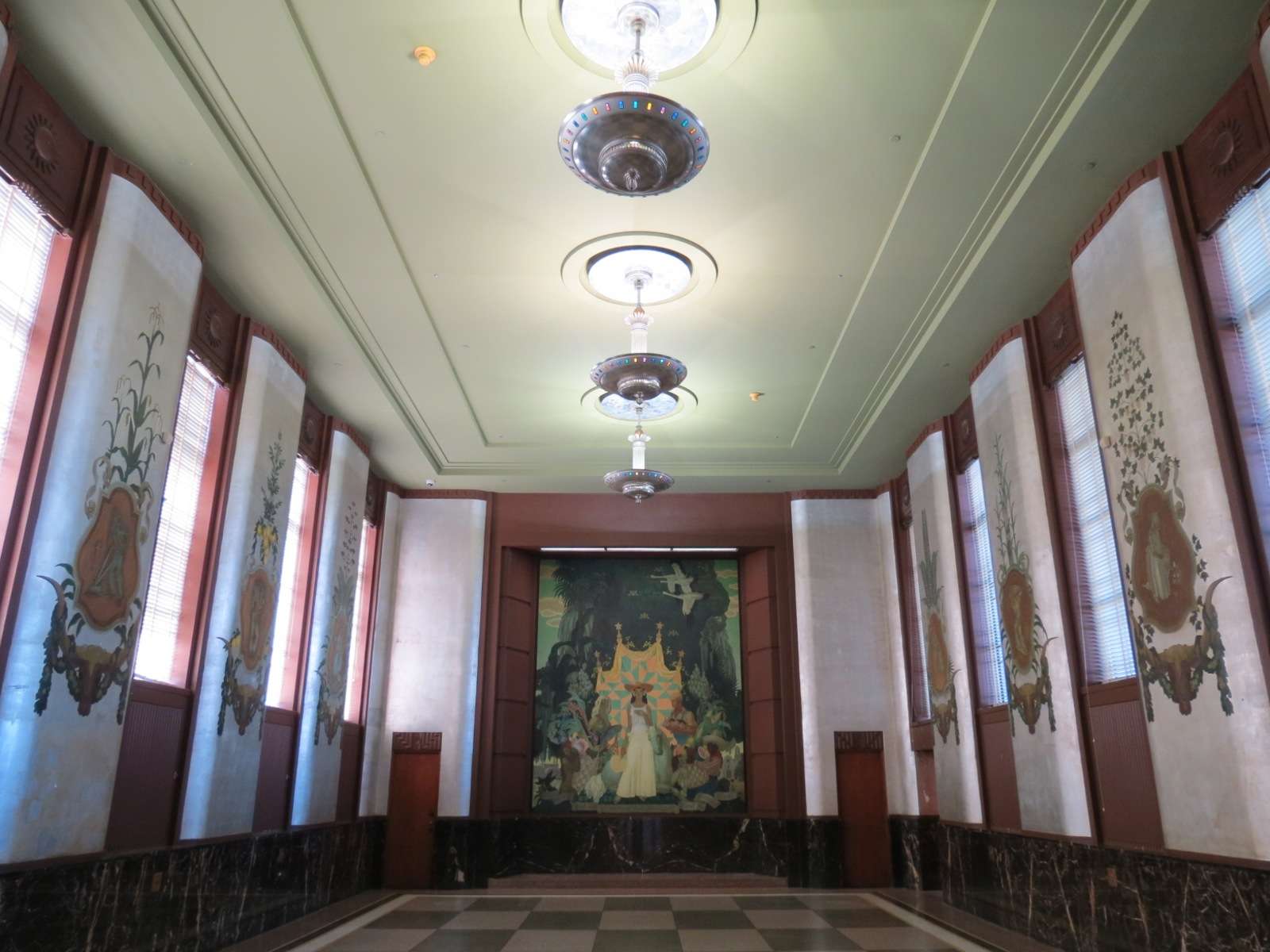
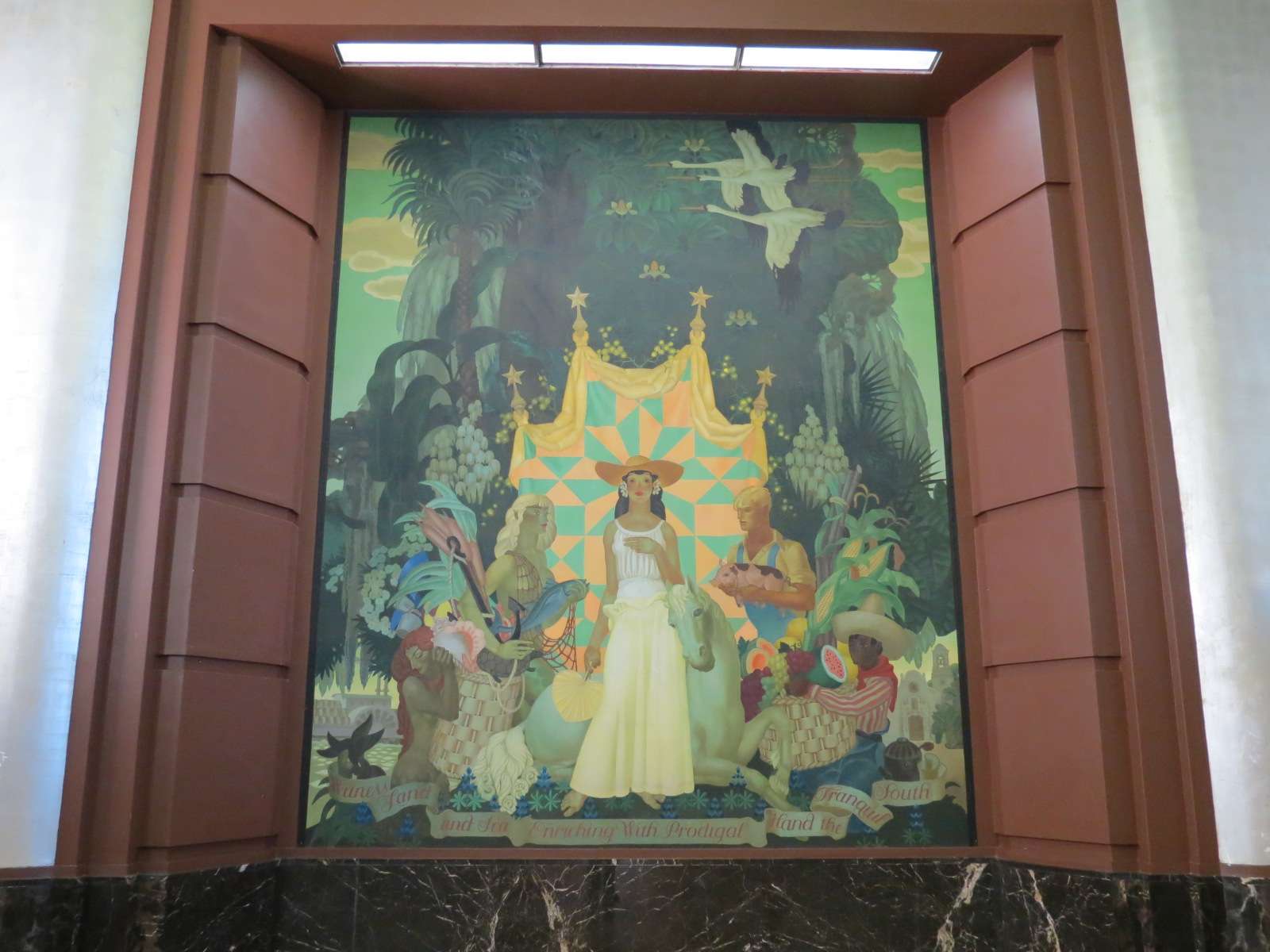
Children's Aquarium at Fair Park:
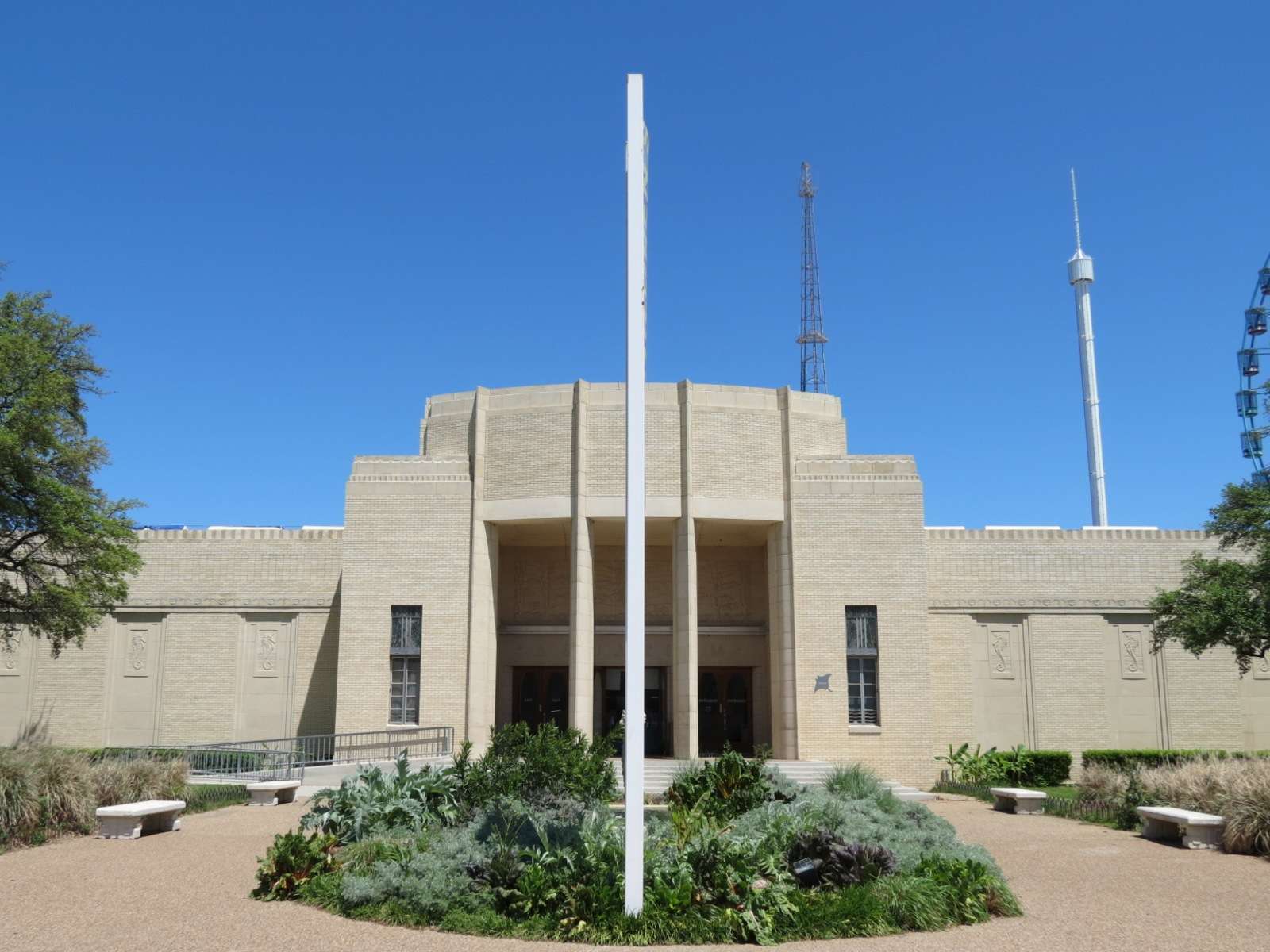
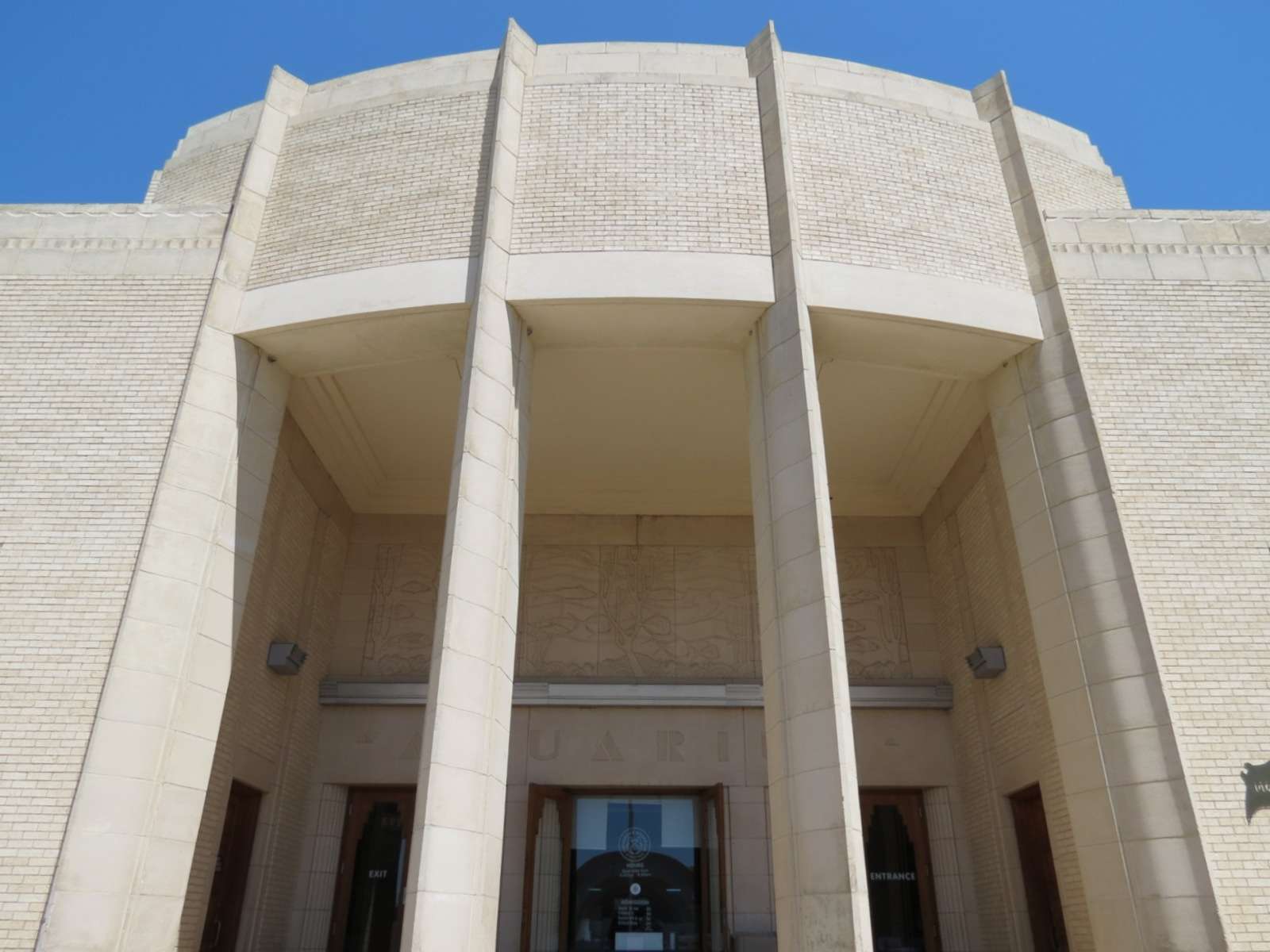
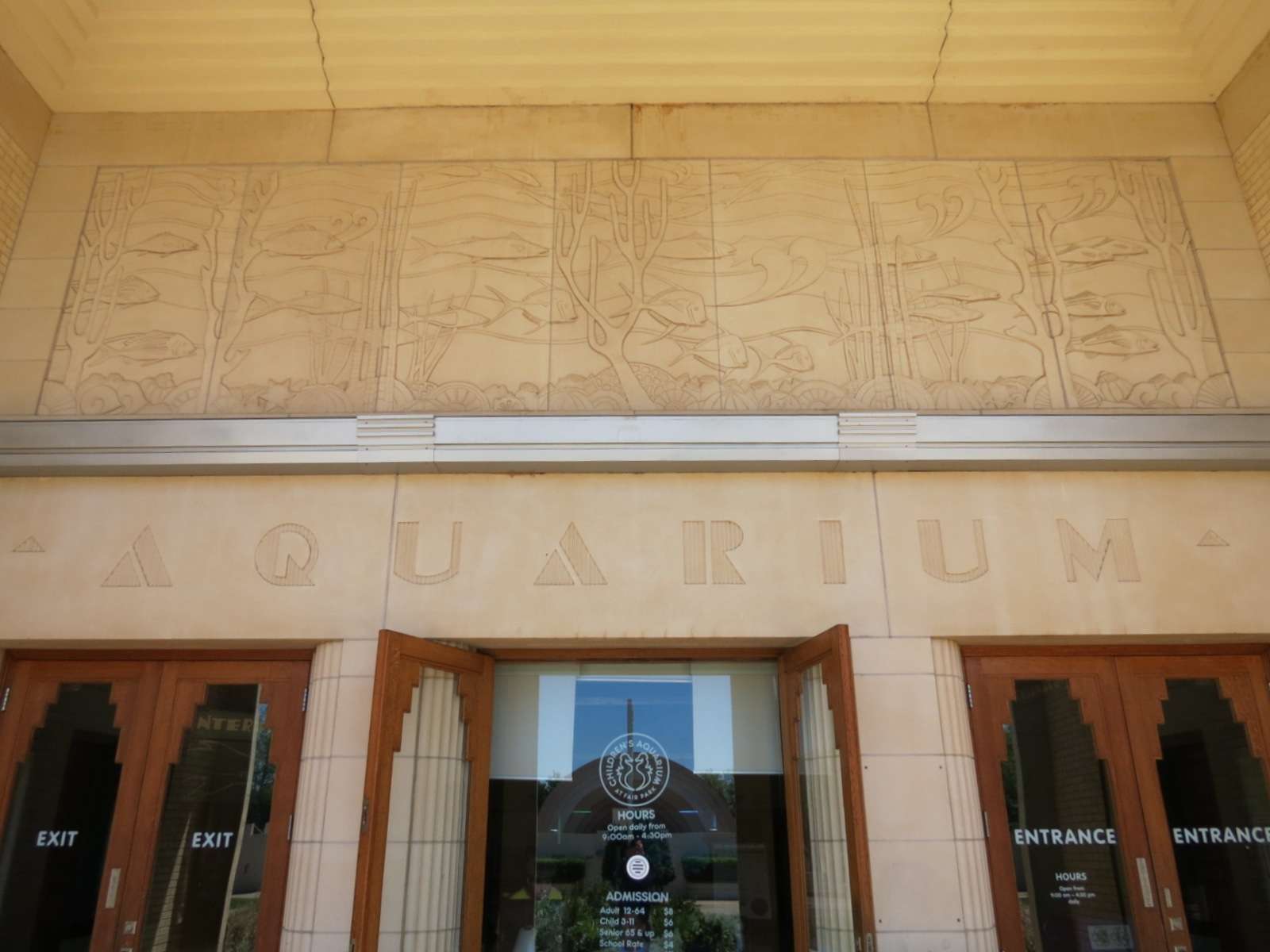
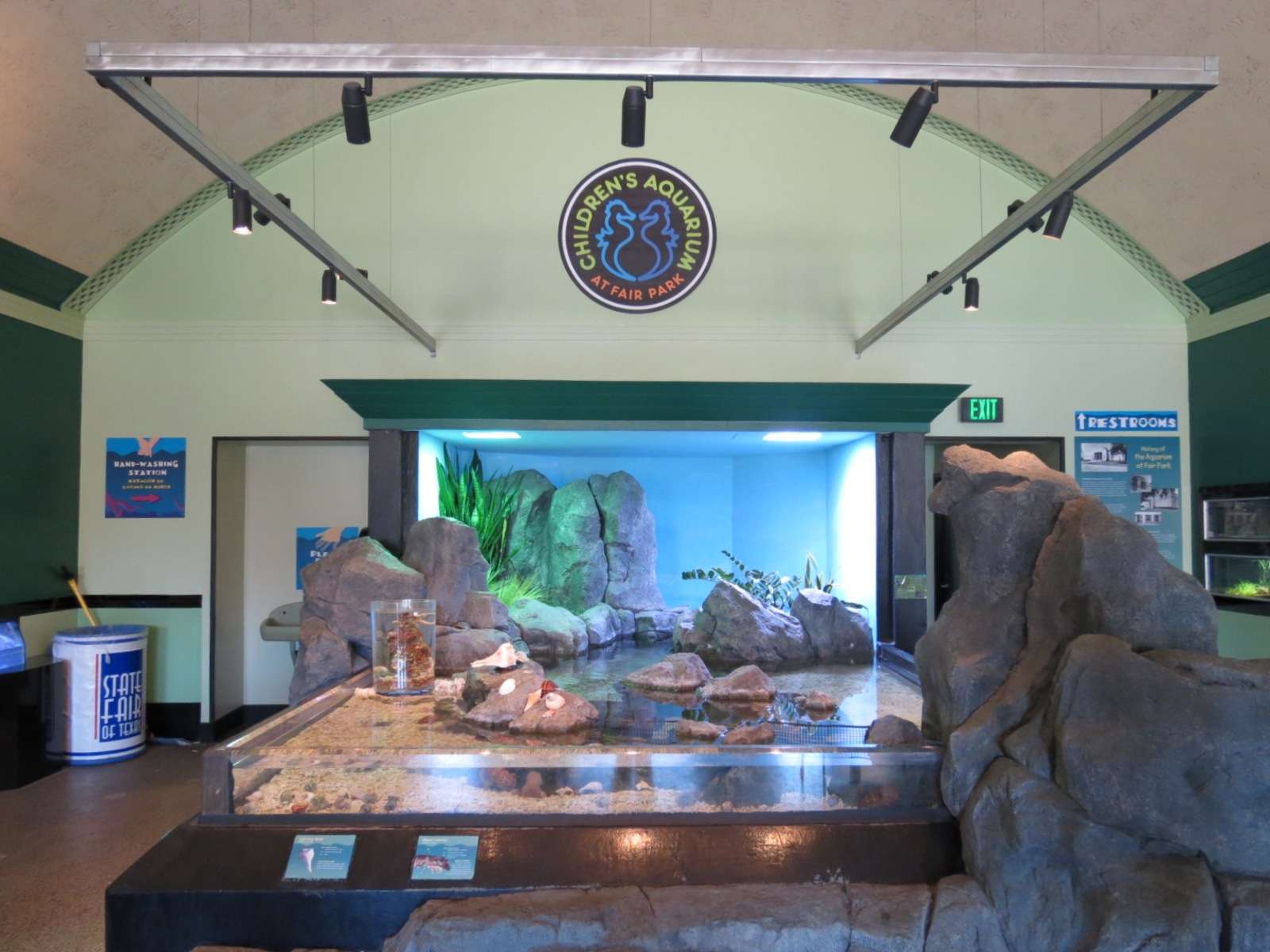
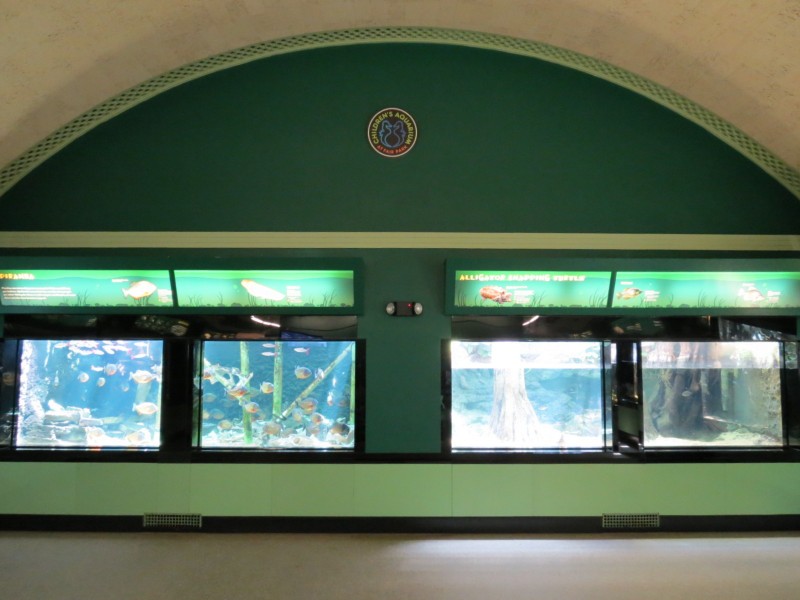
All photographs taken in April 2013 by geomorph.
For my other Dallas threads, see:
Downtown - Part 1:
http://forum.skyscraperpage.com/showthread.php?t=211580
Downtown - Part 2:
http://forum.skyscraperpage.com/showthread.php?t=211586
Uptown and Victory Park:
http://forum.skyscraperpage.com/showthread.php?t=211603